Note: Images represent material available either in our warehouse or through our network of local suppliers.

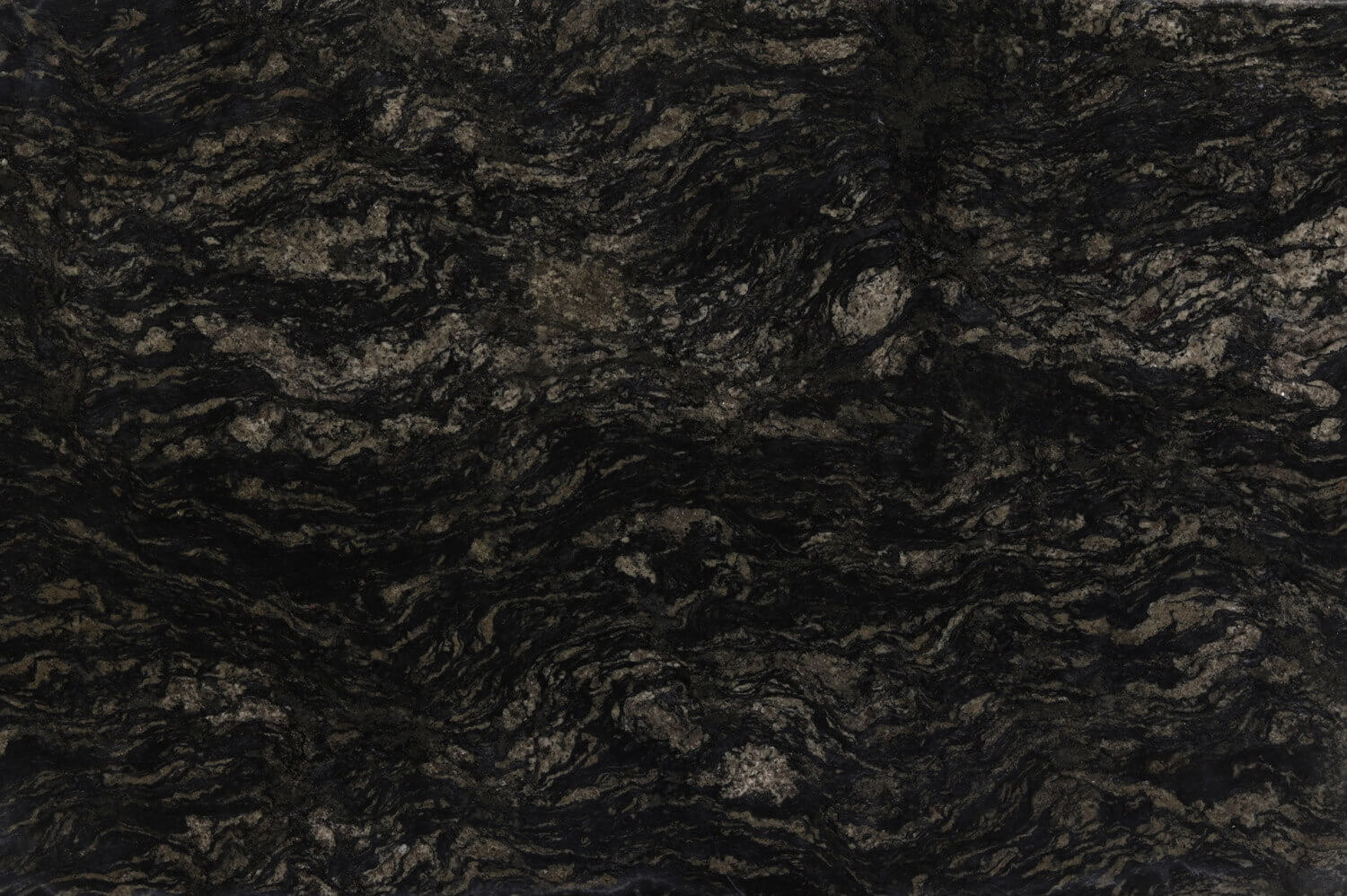
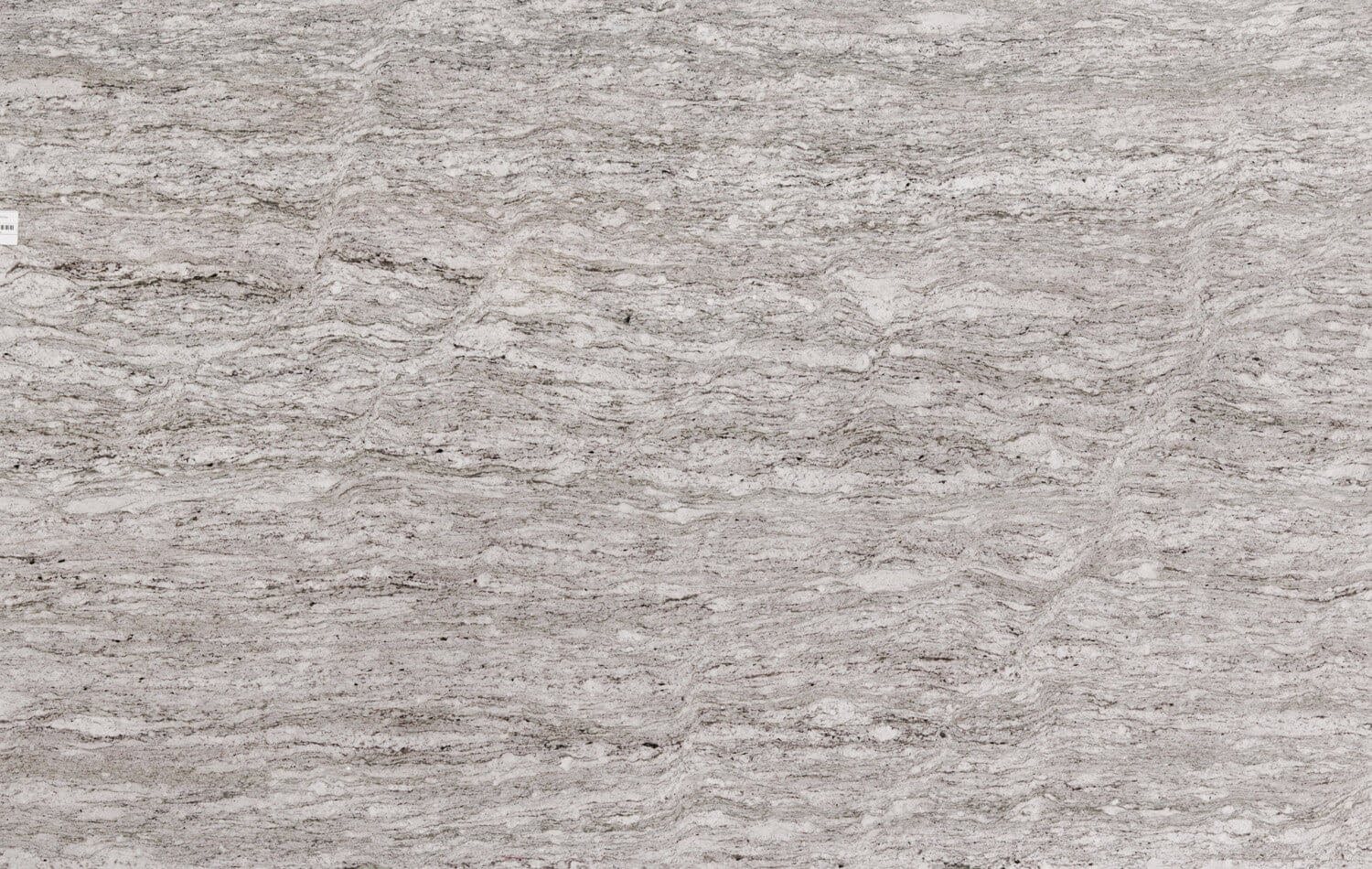
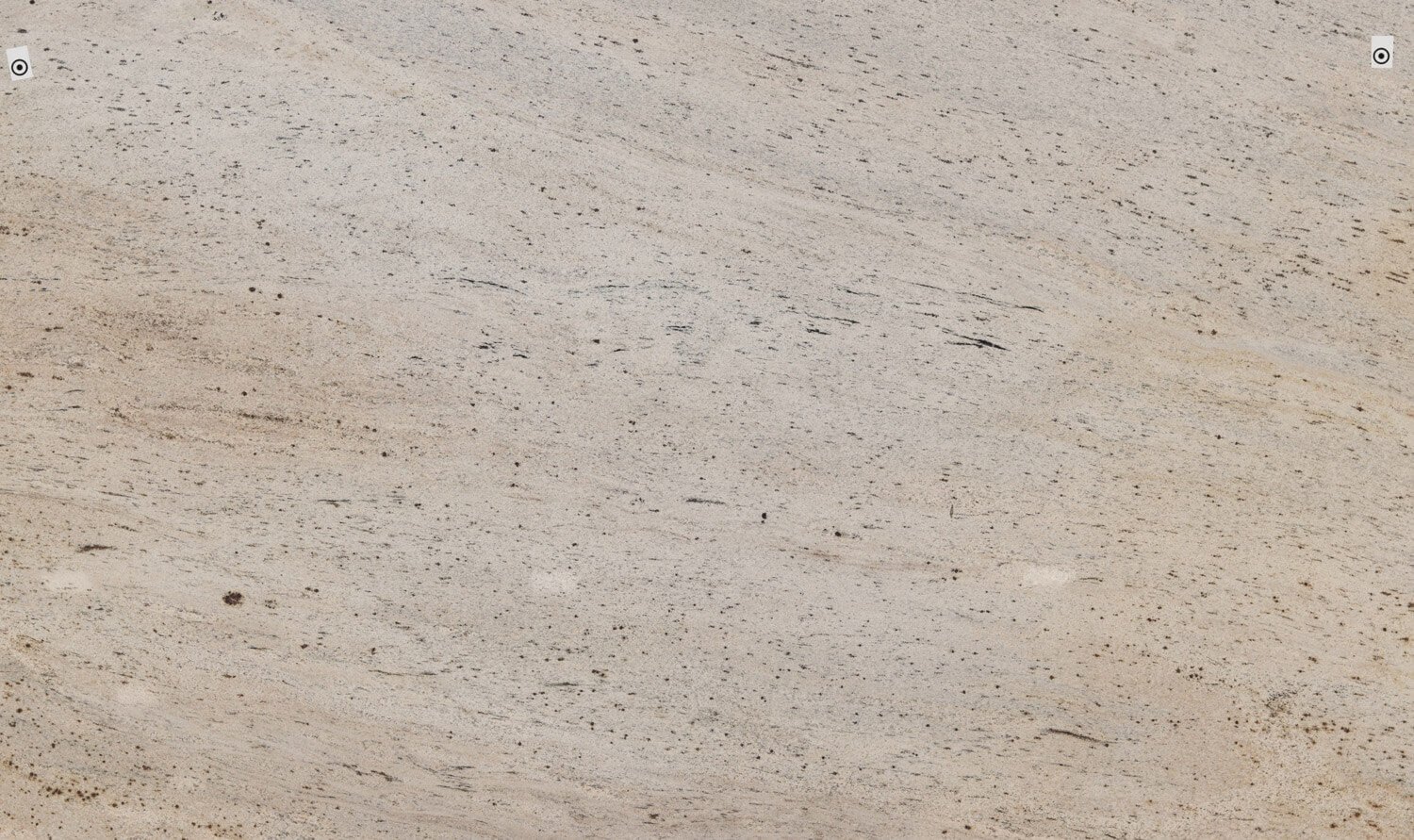
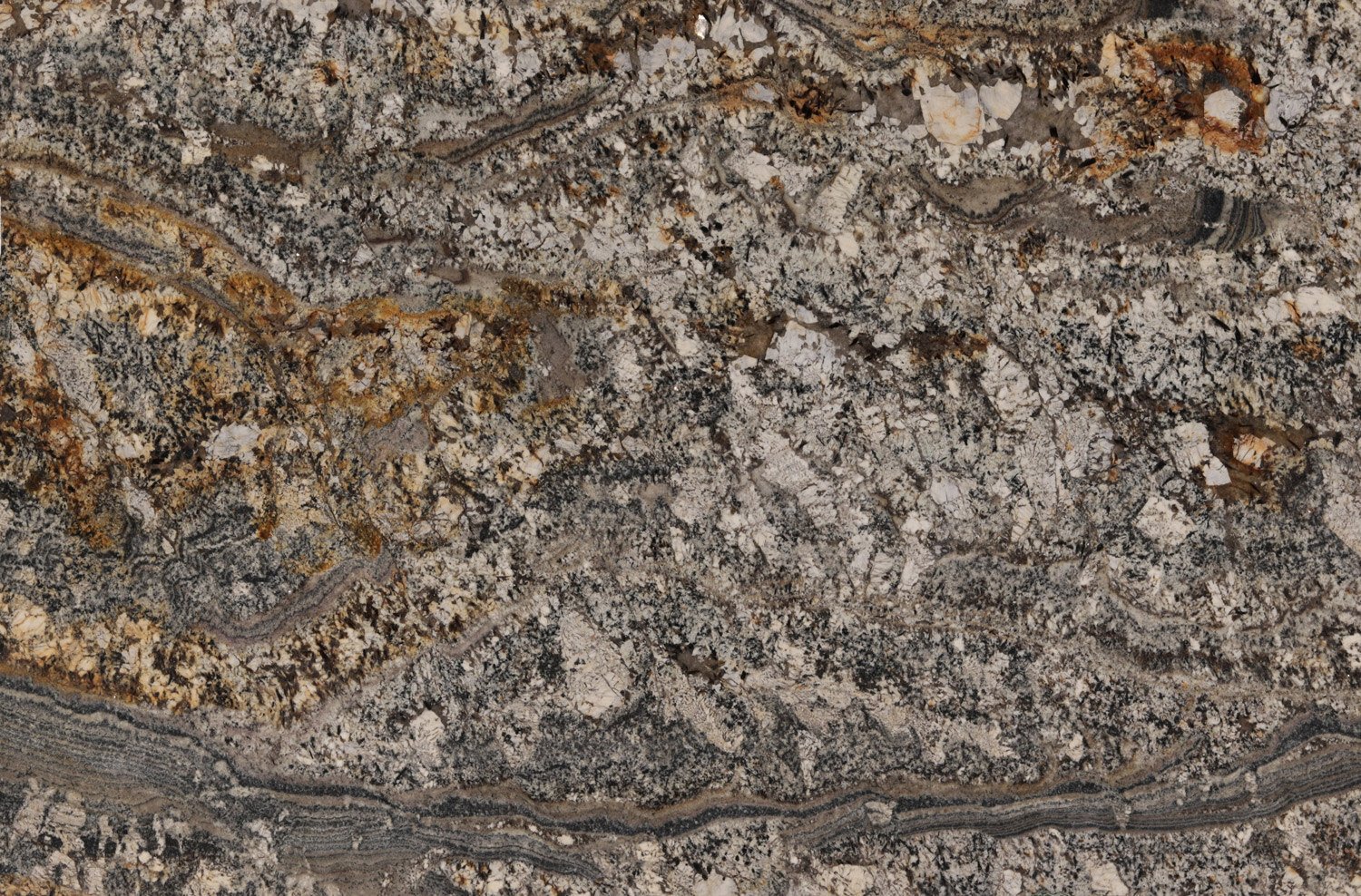
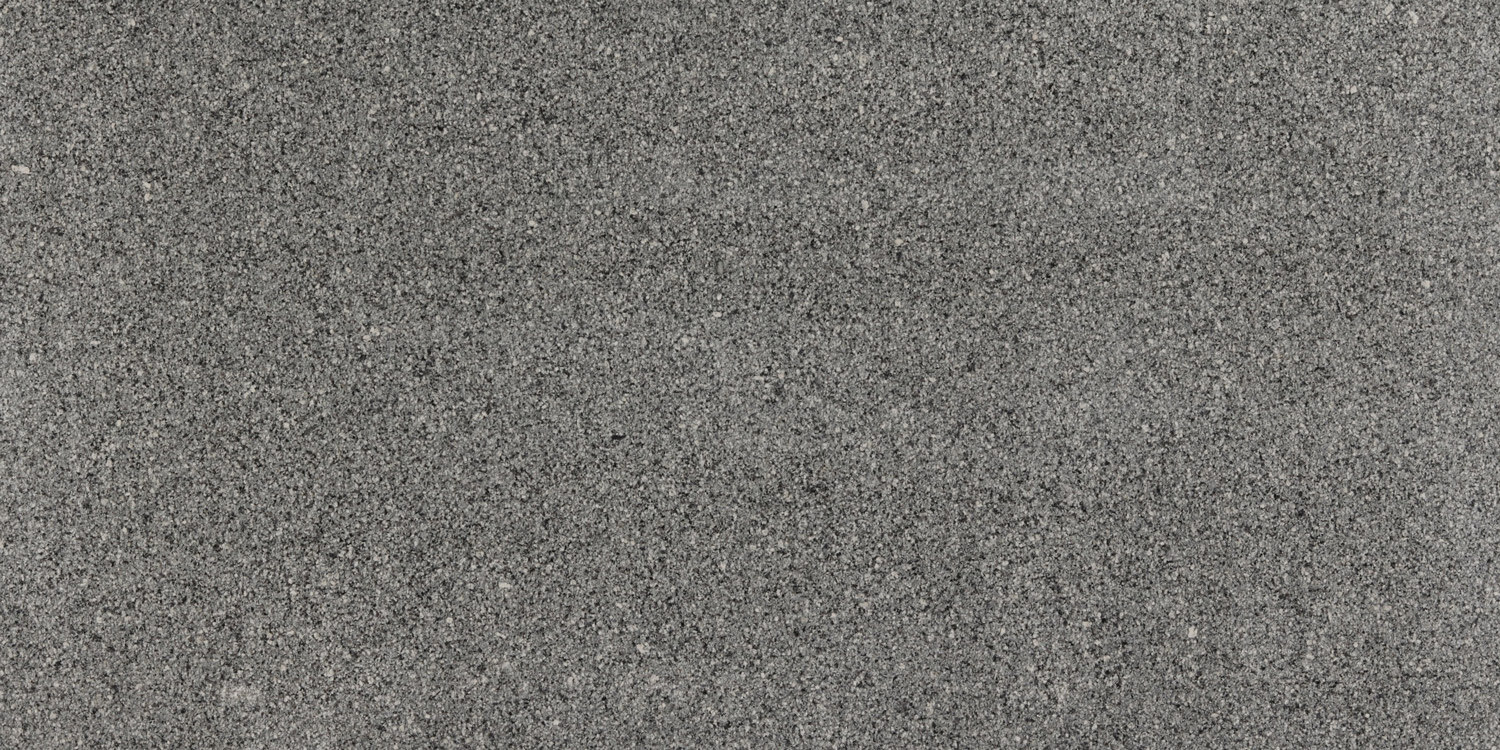
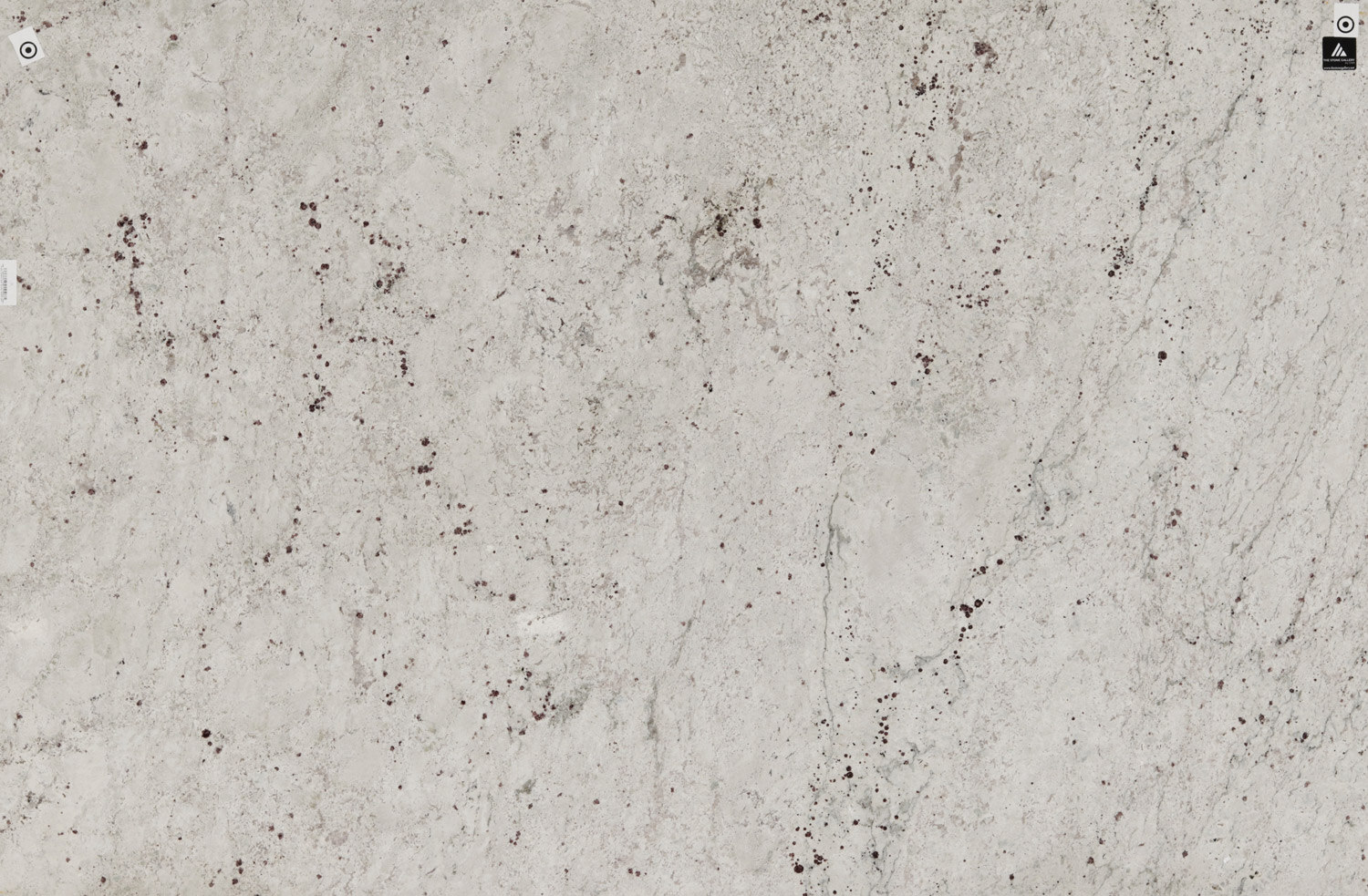
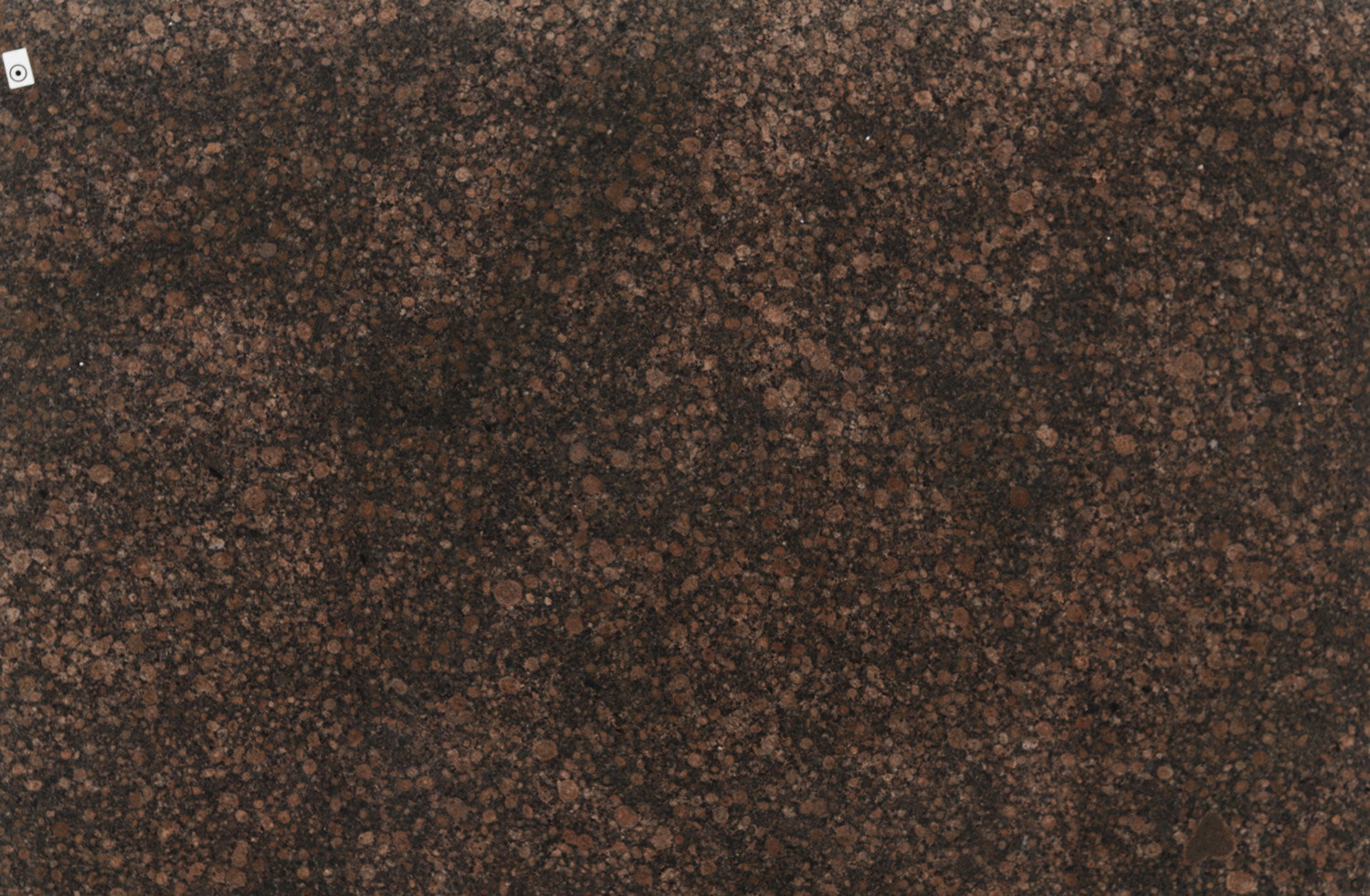
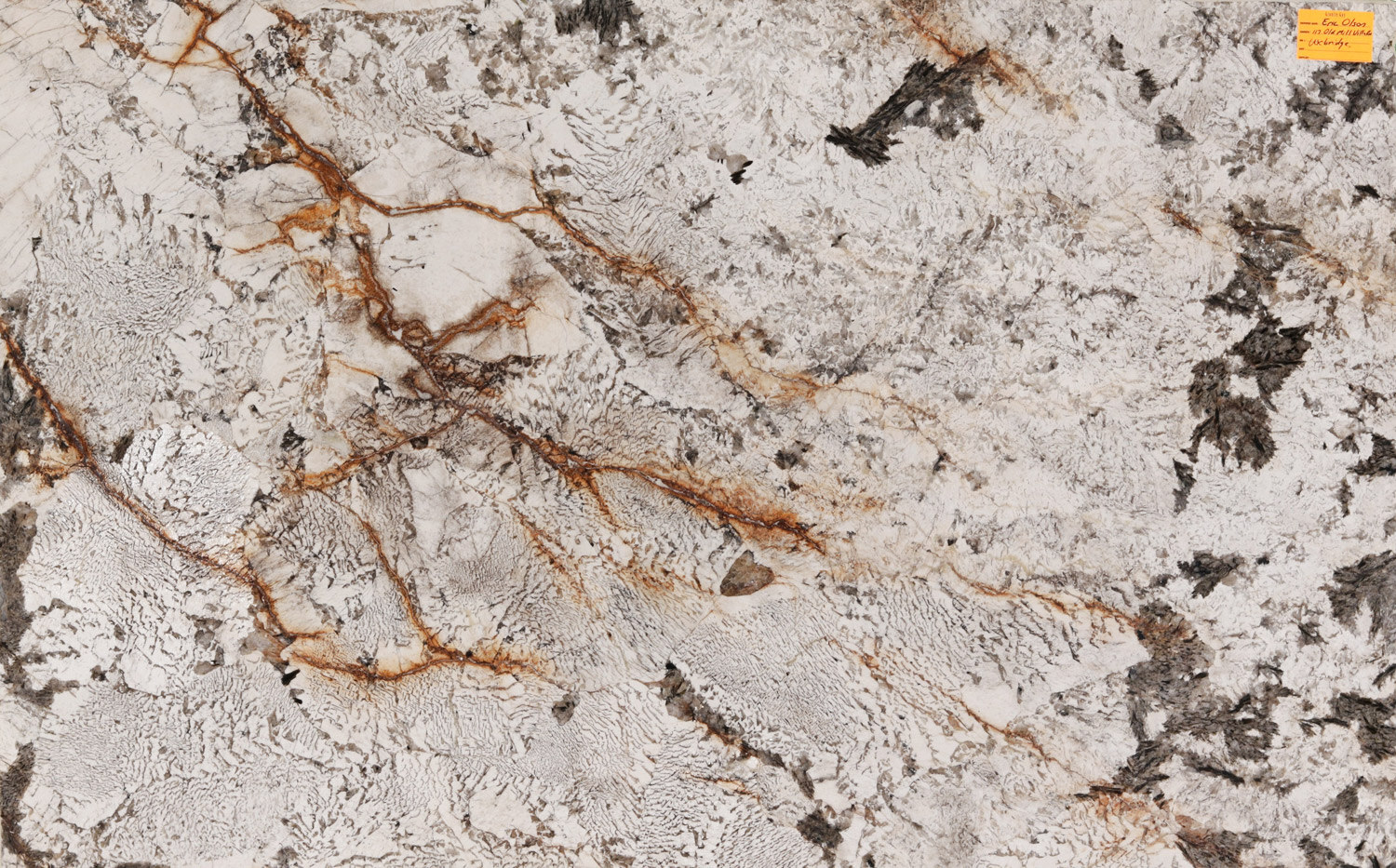
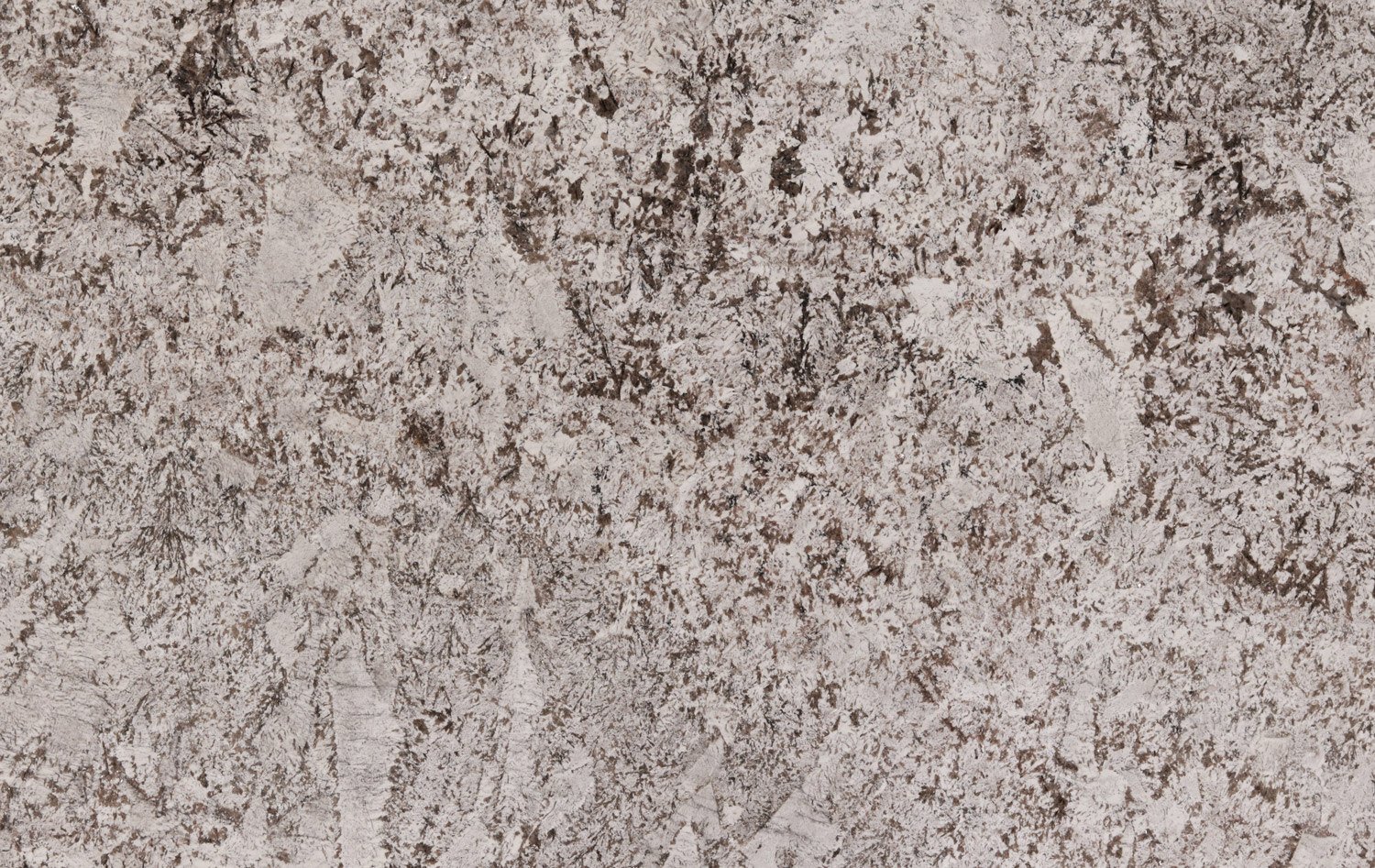
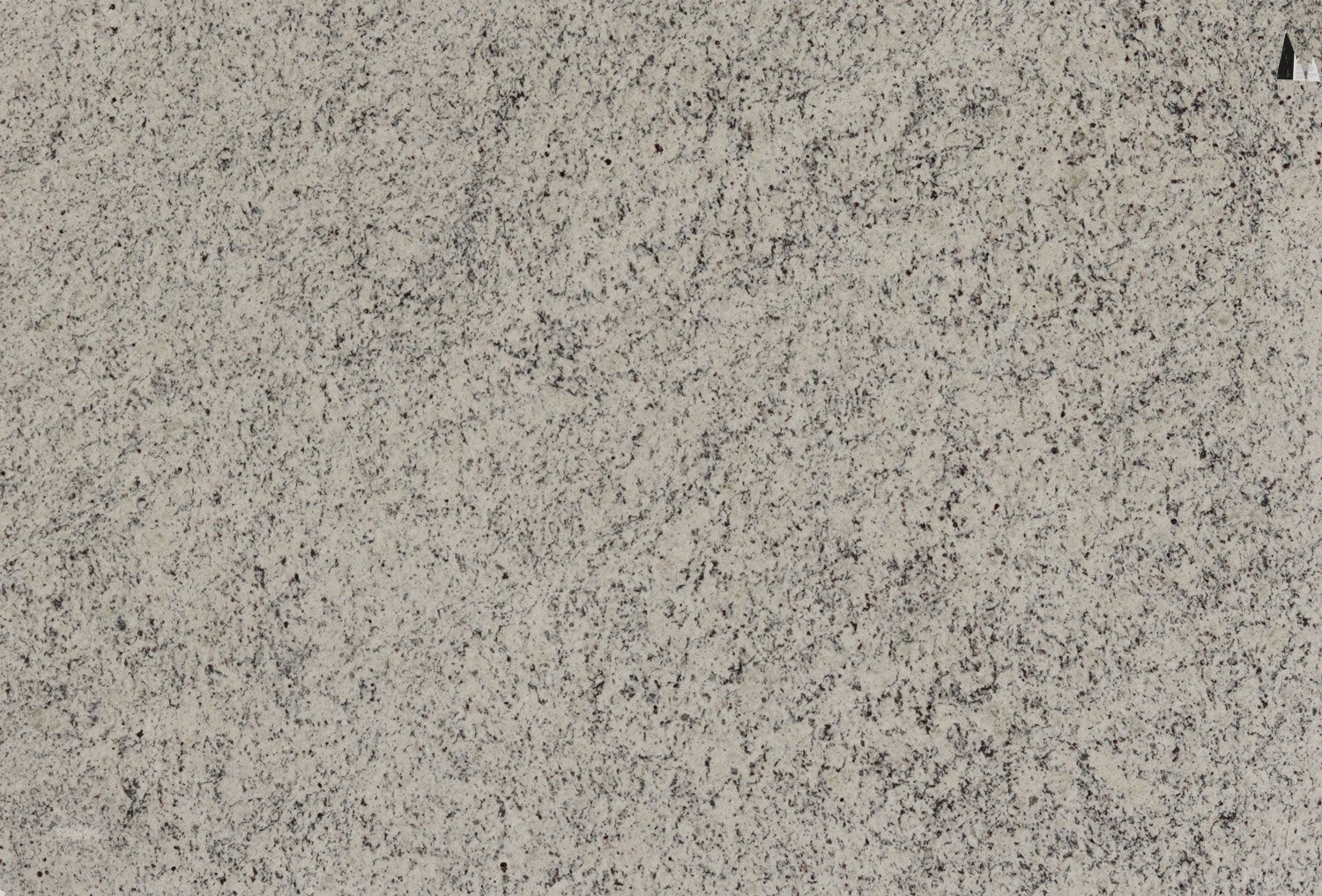
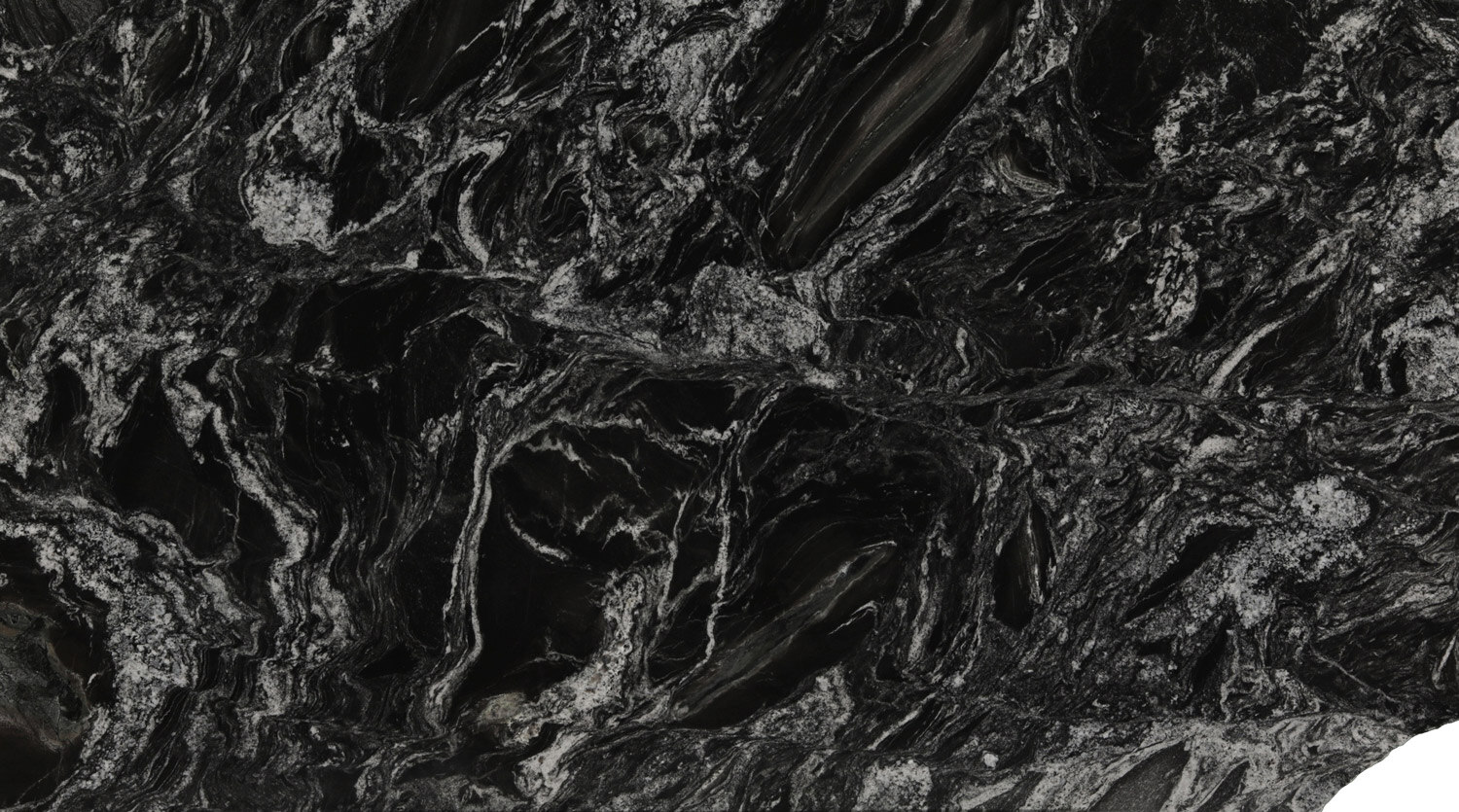
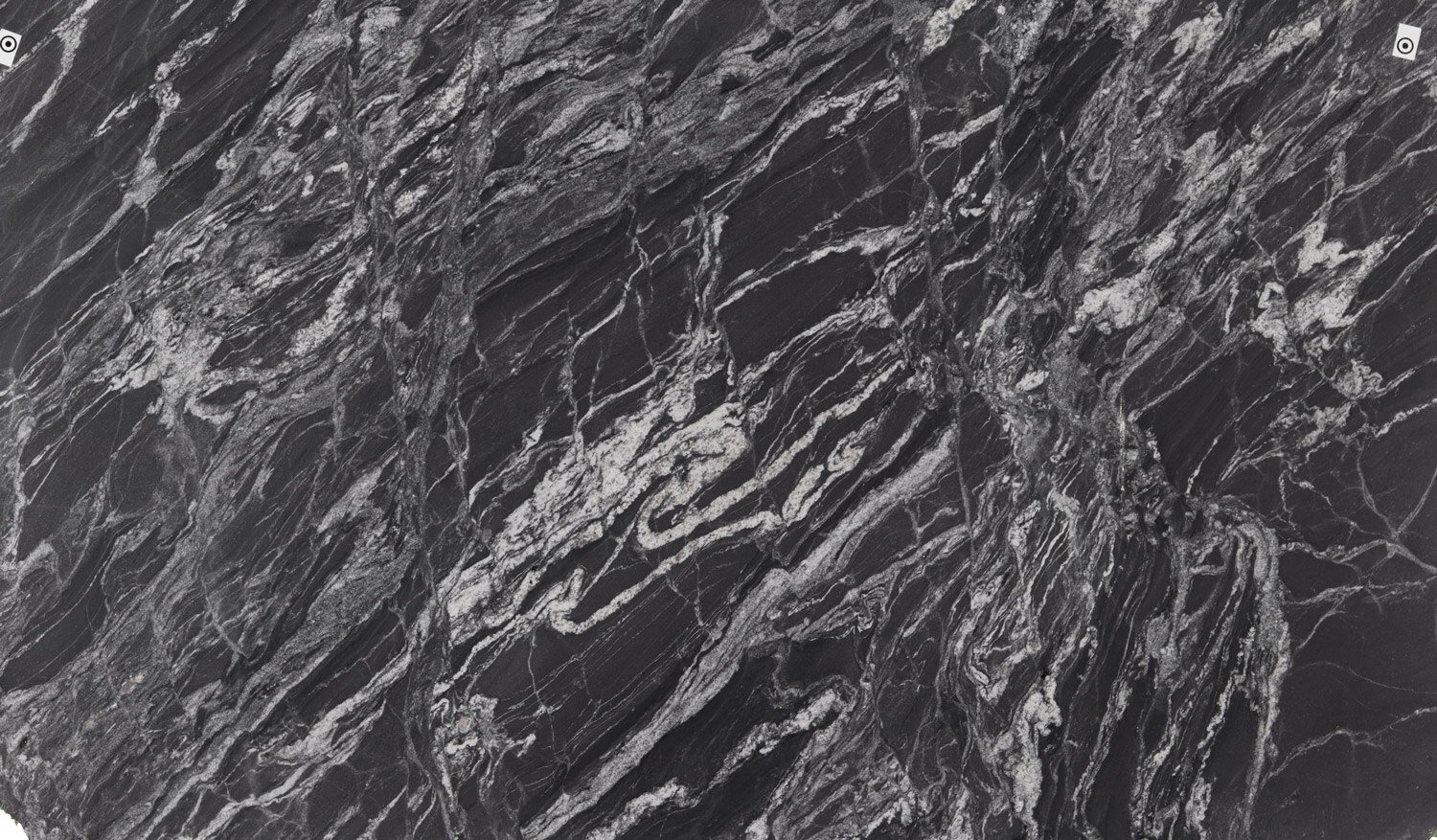



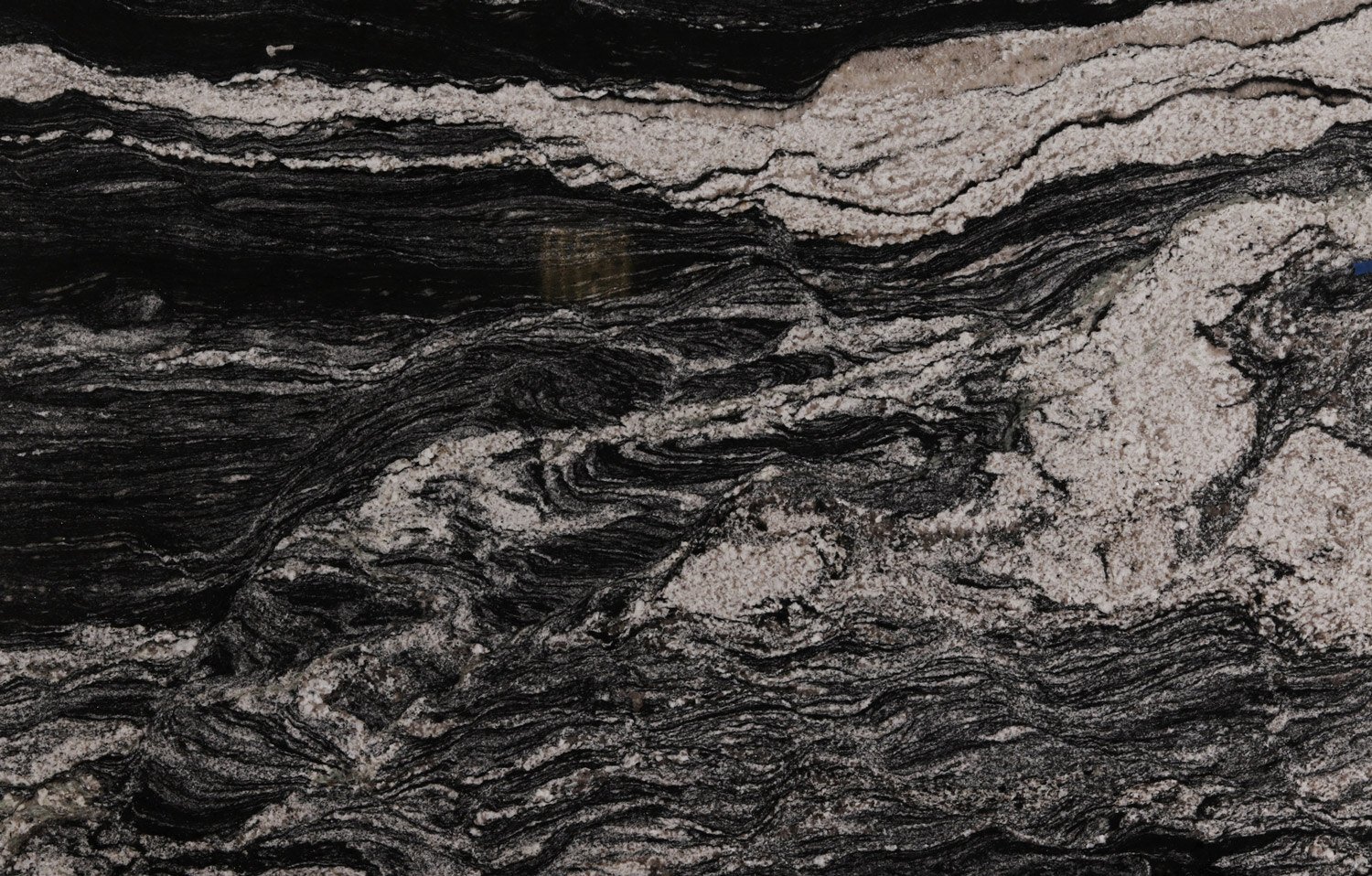
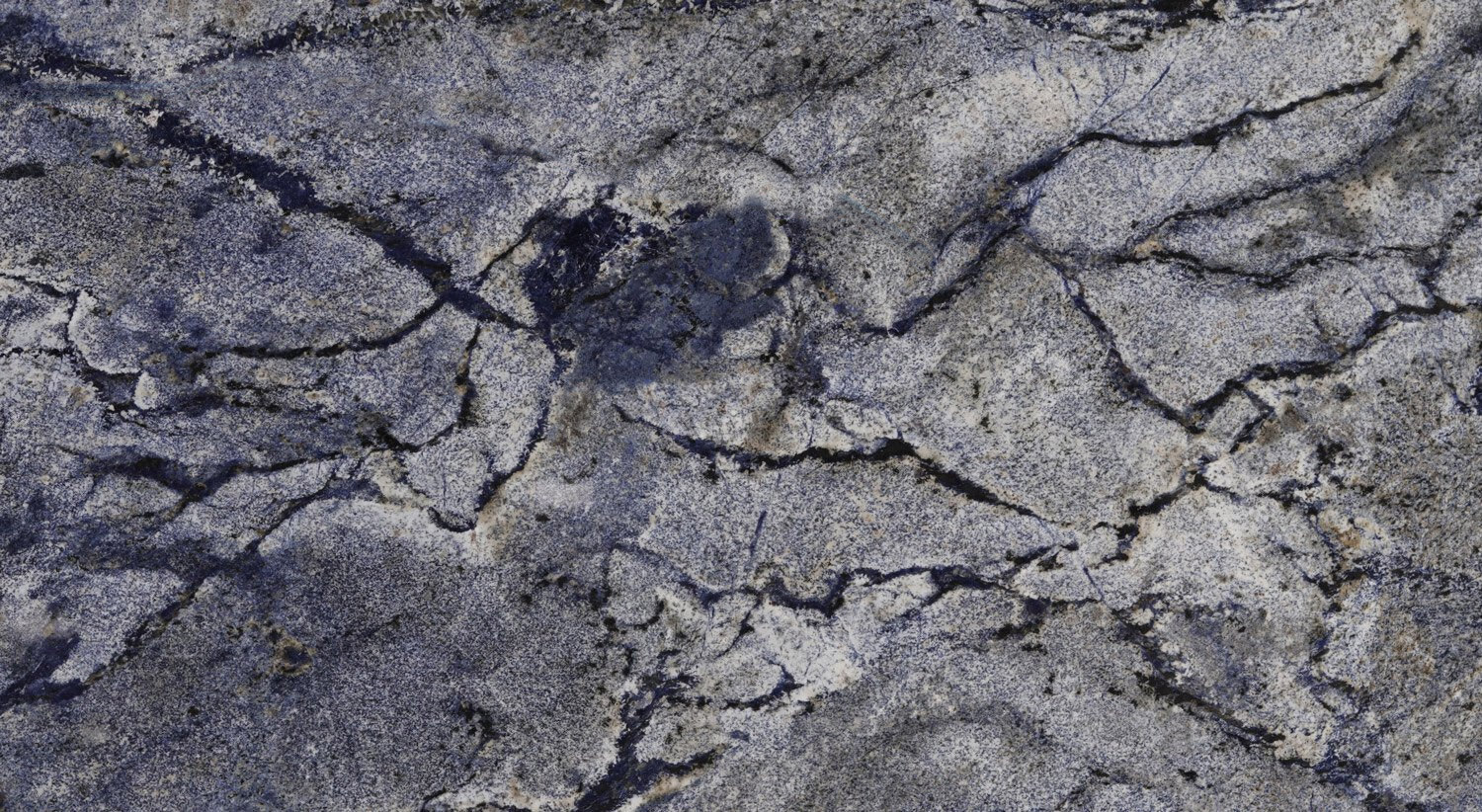
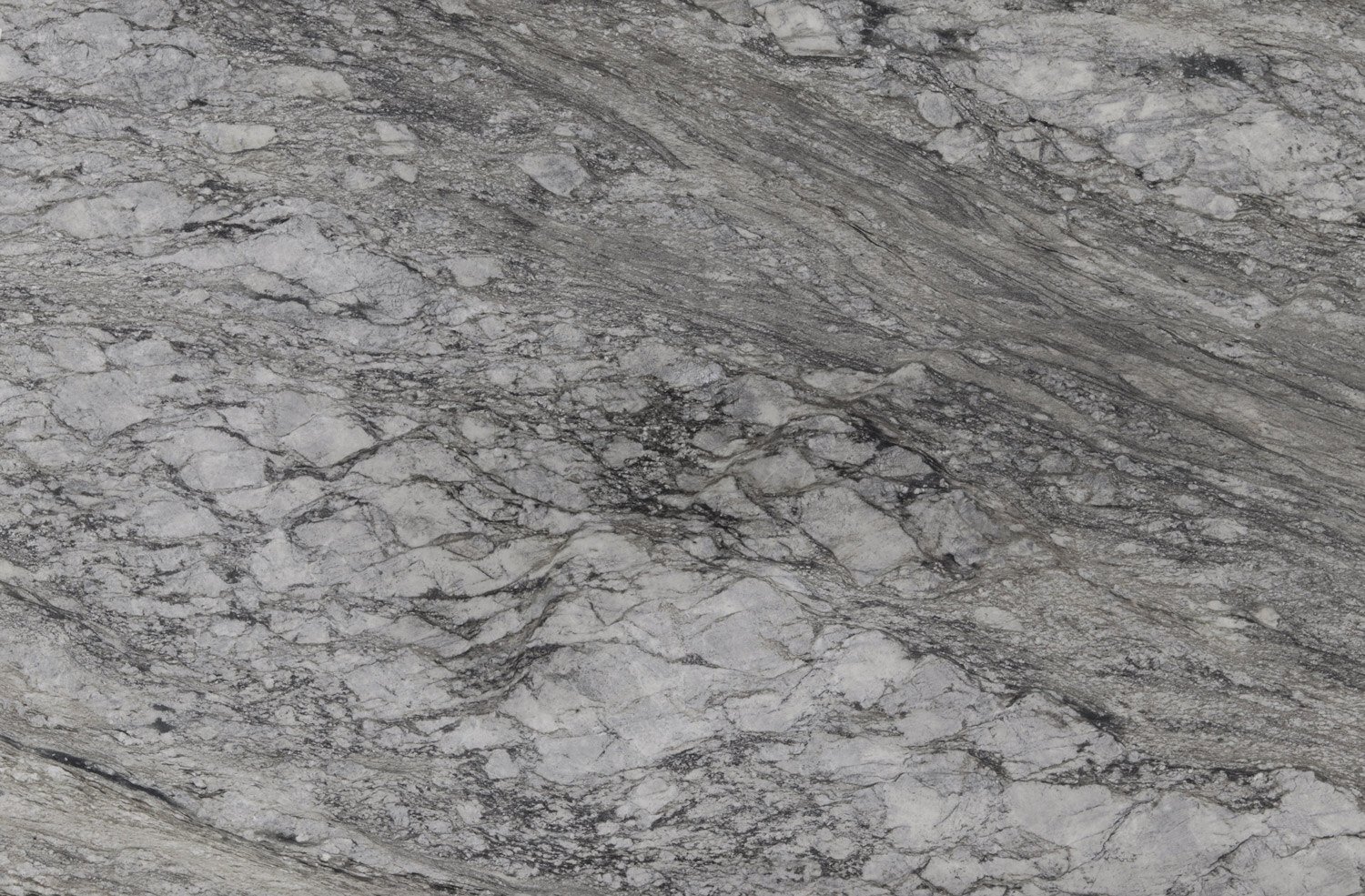
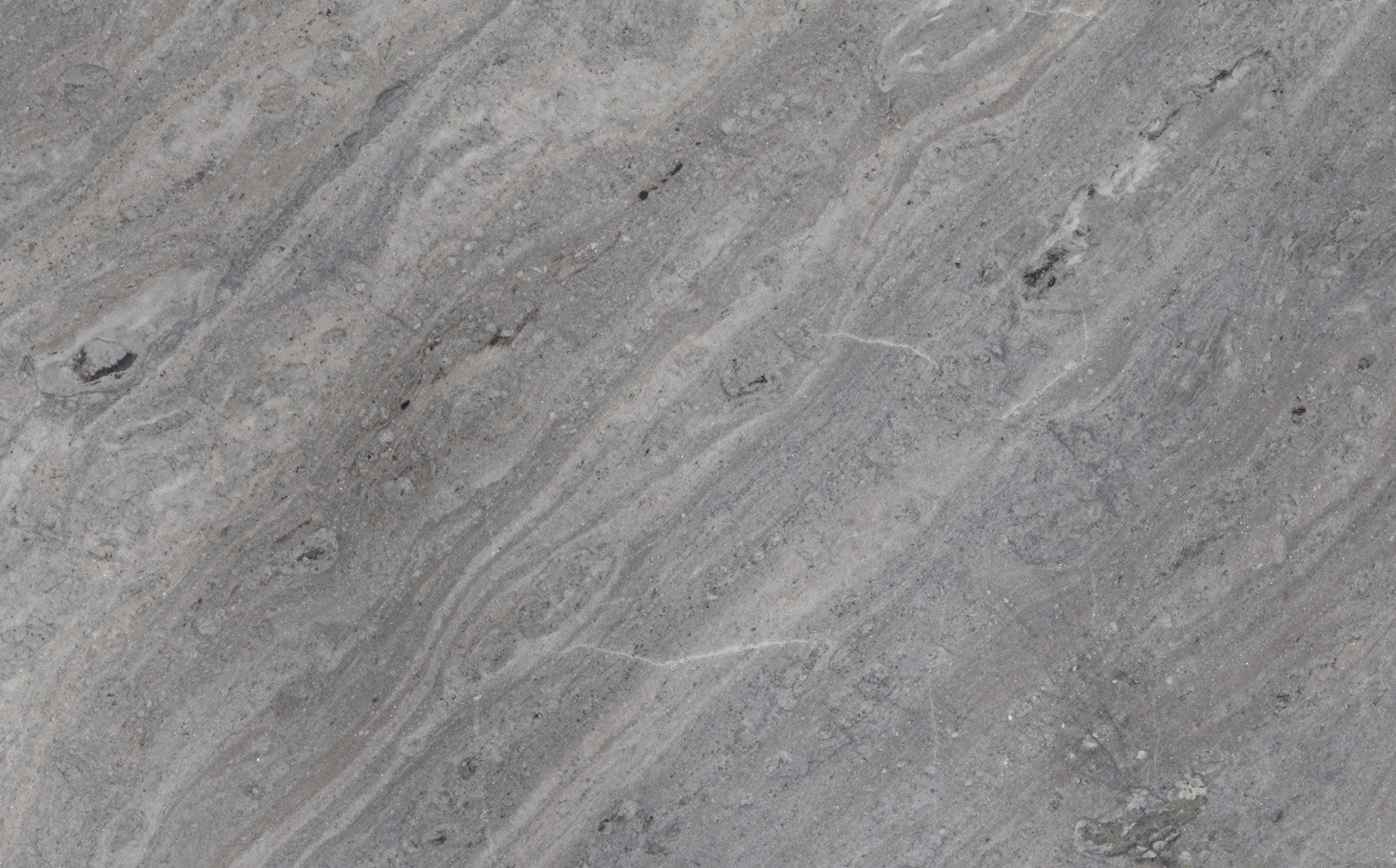
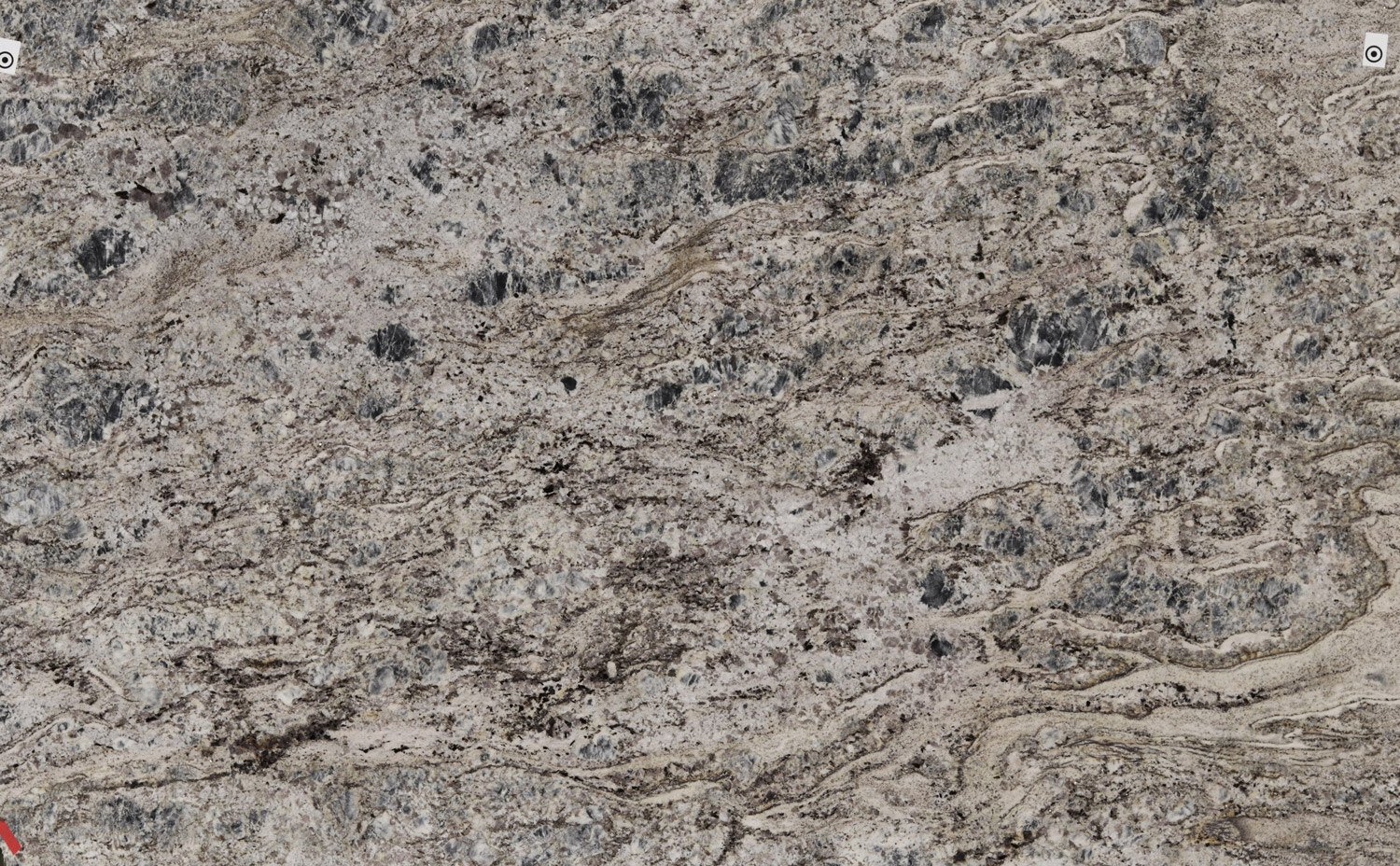
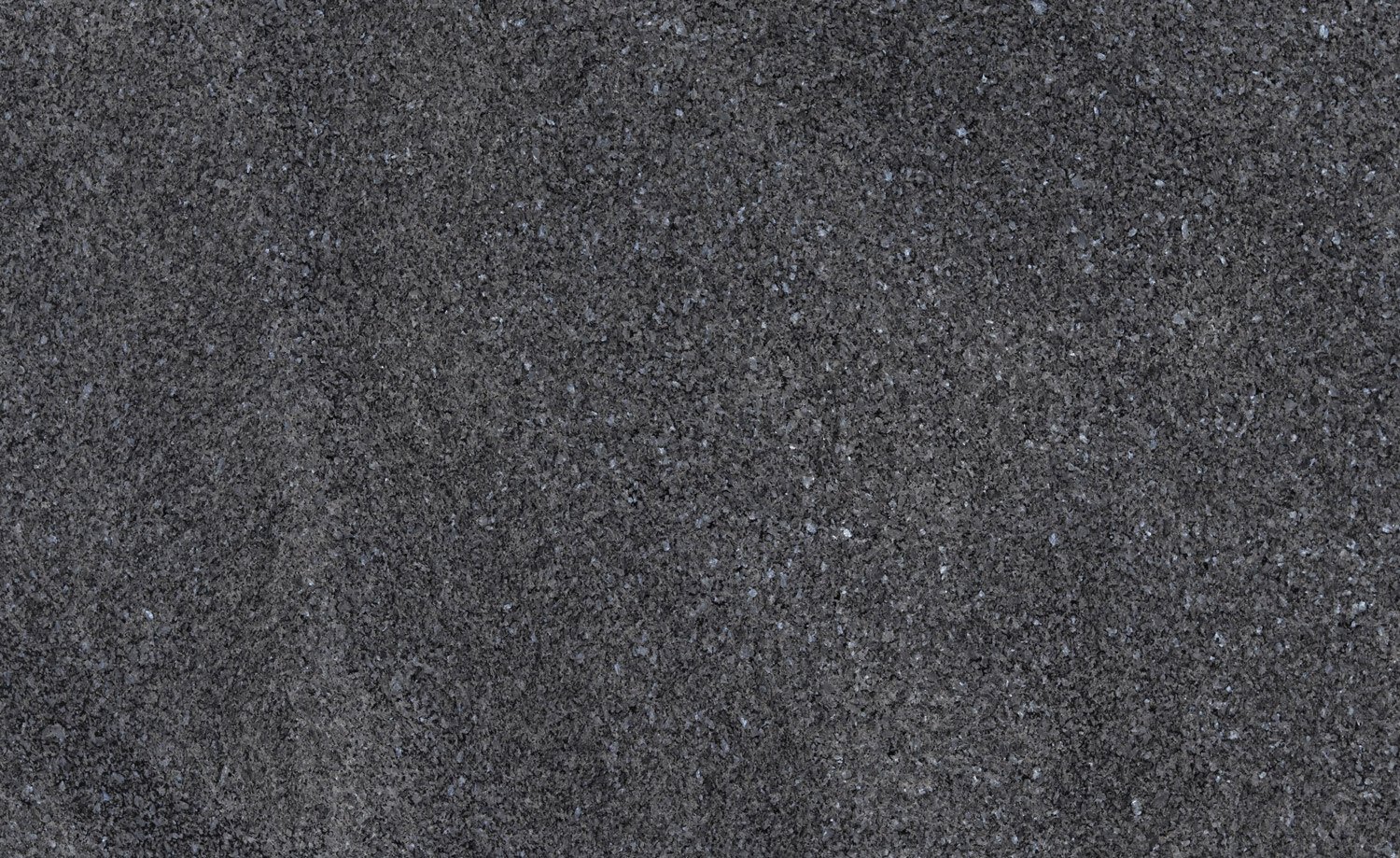
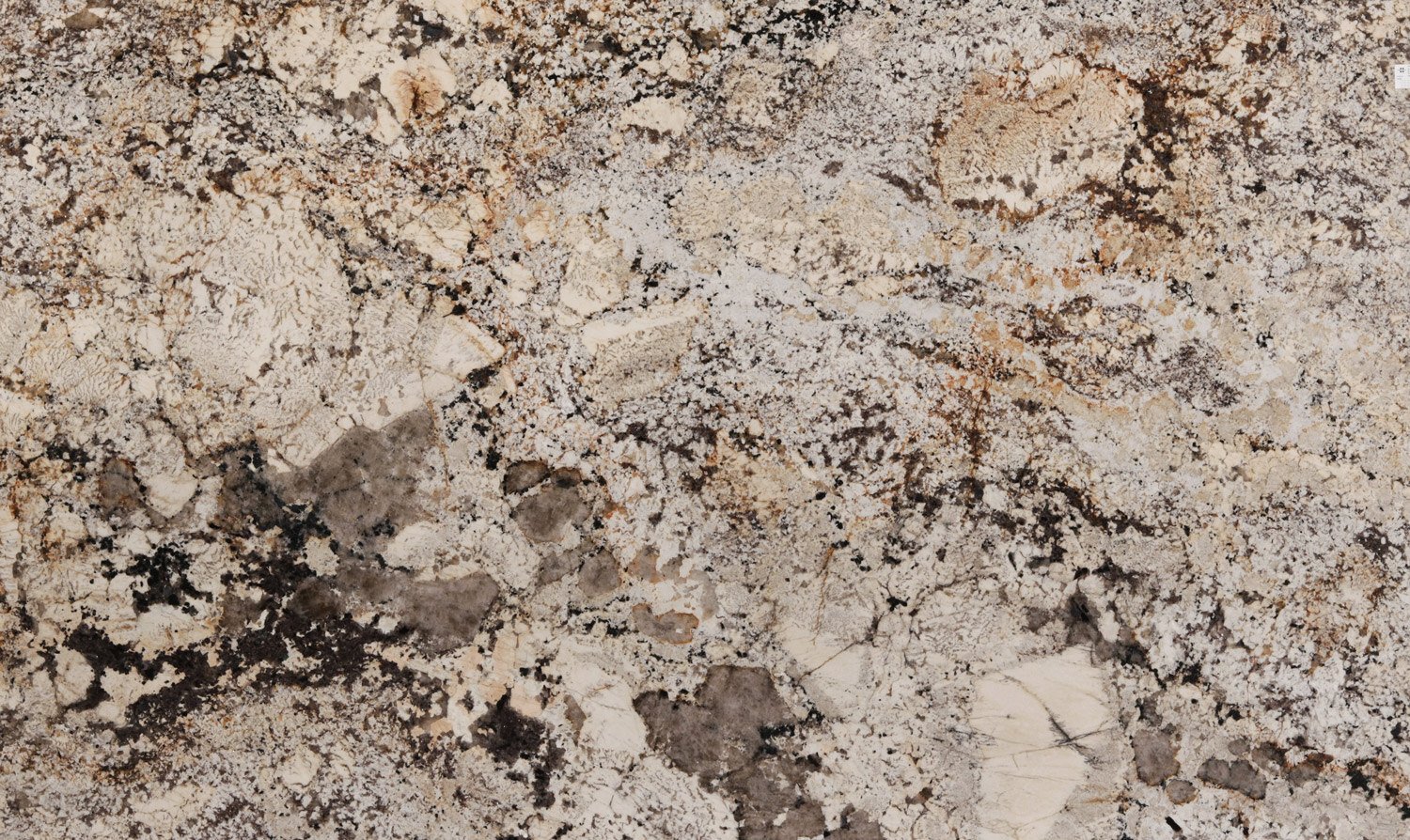
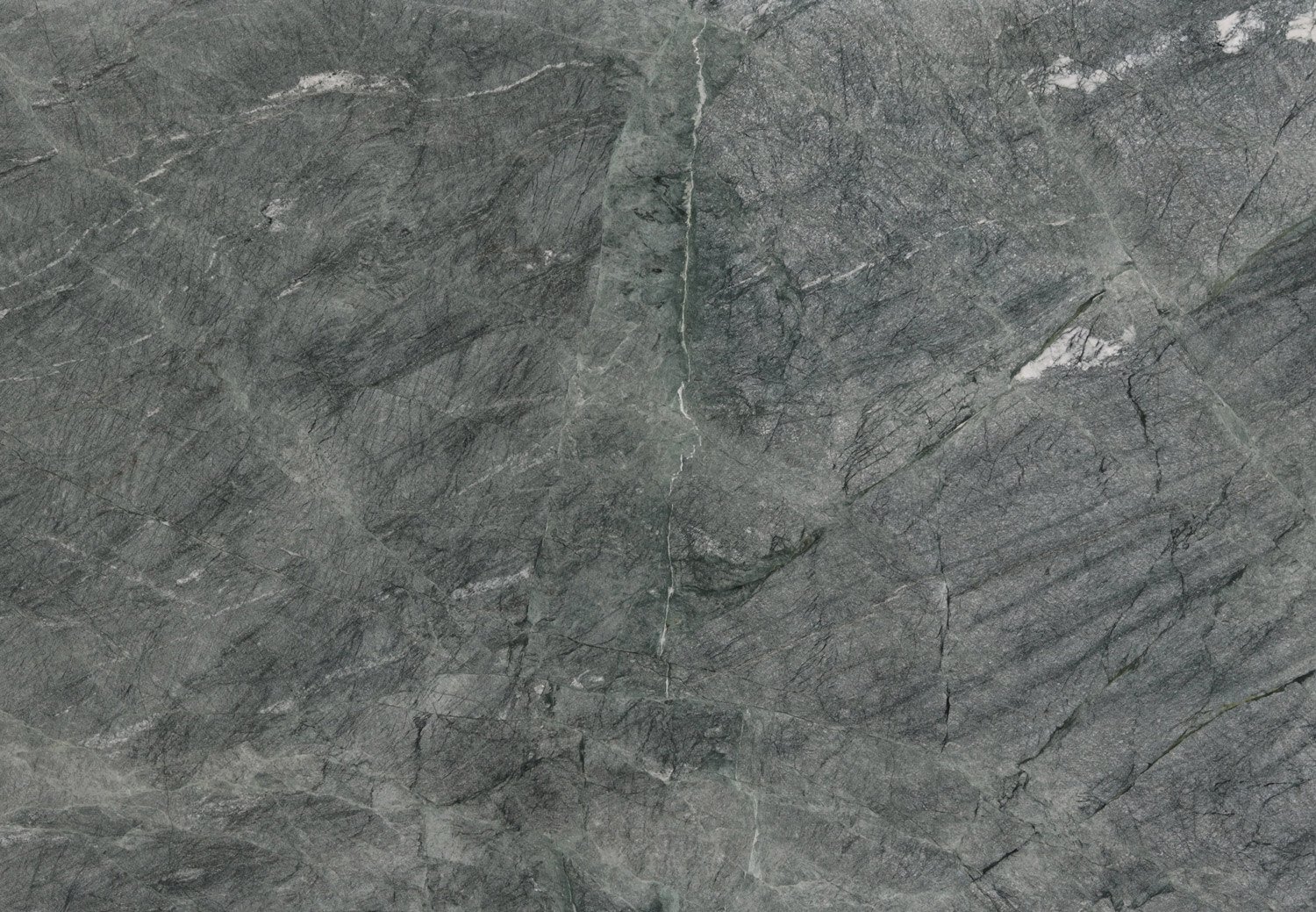
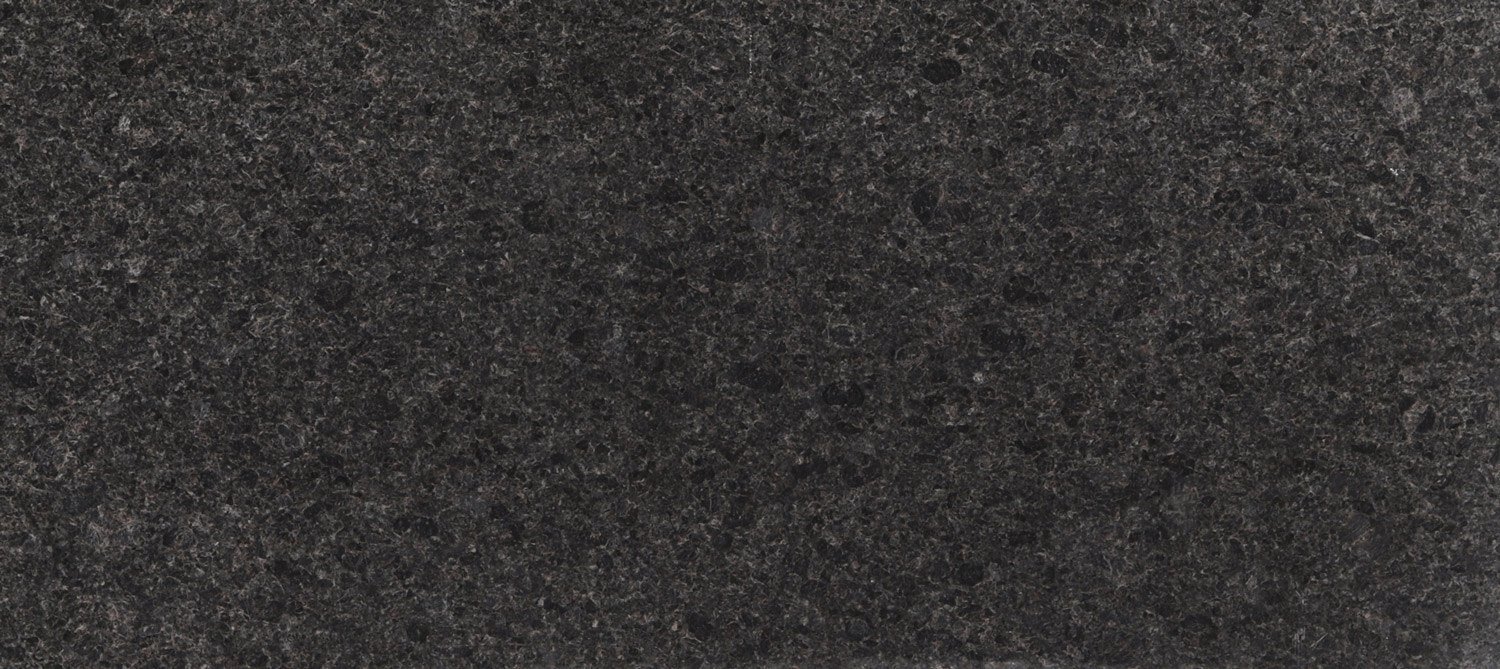

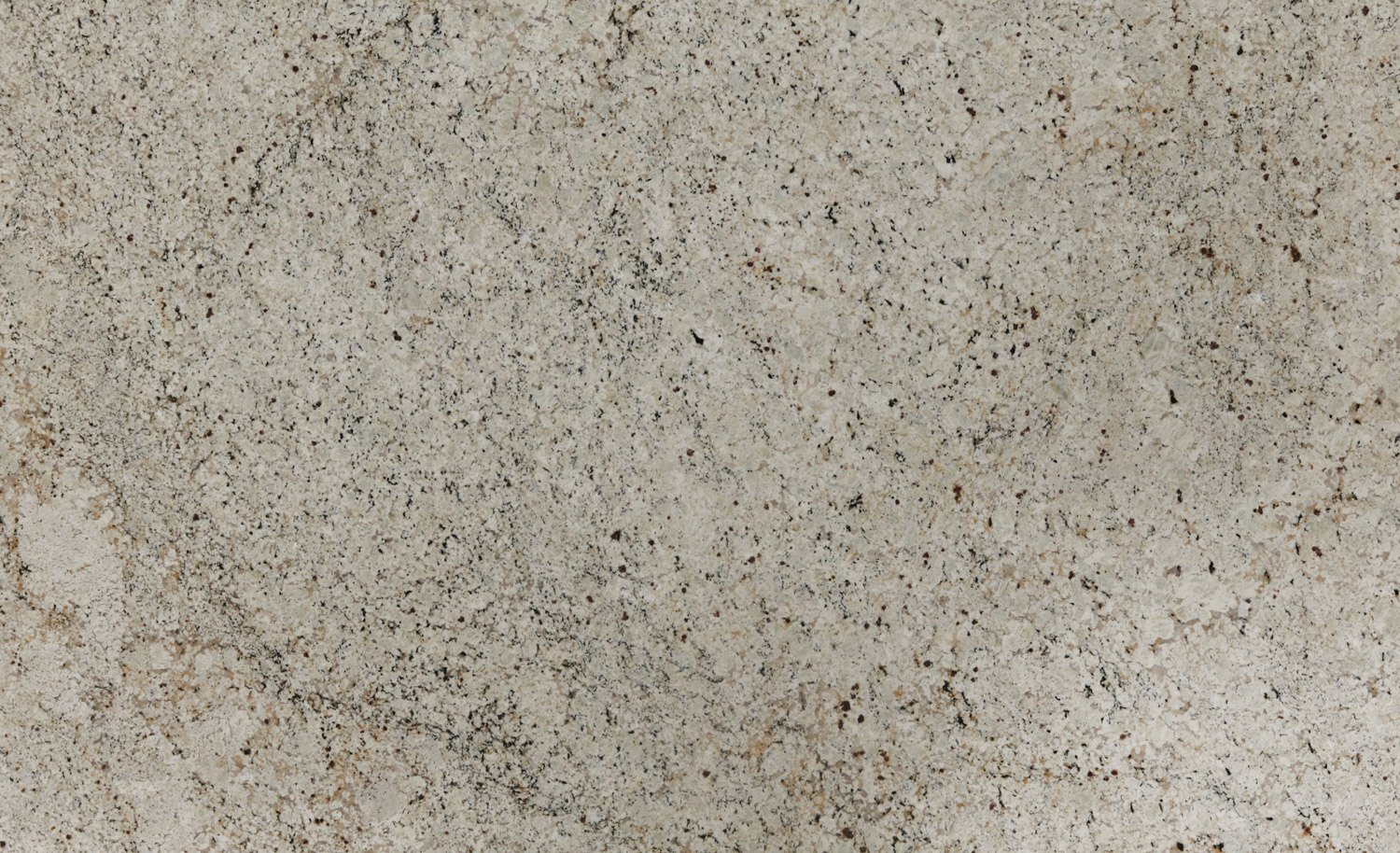
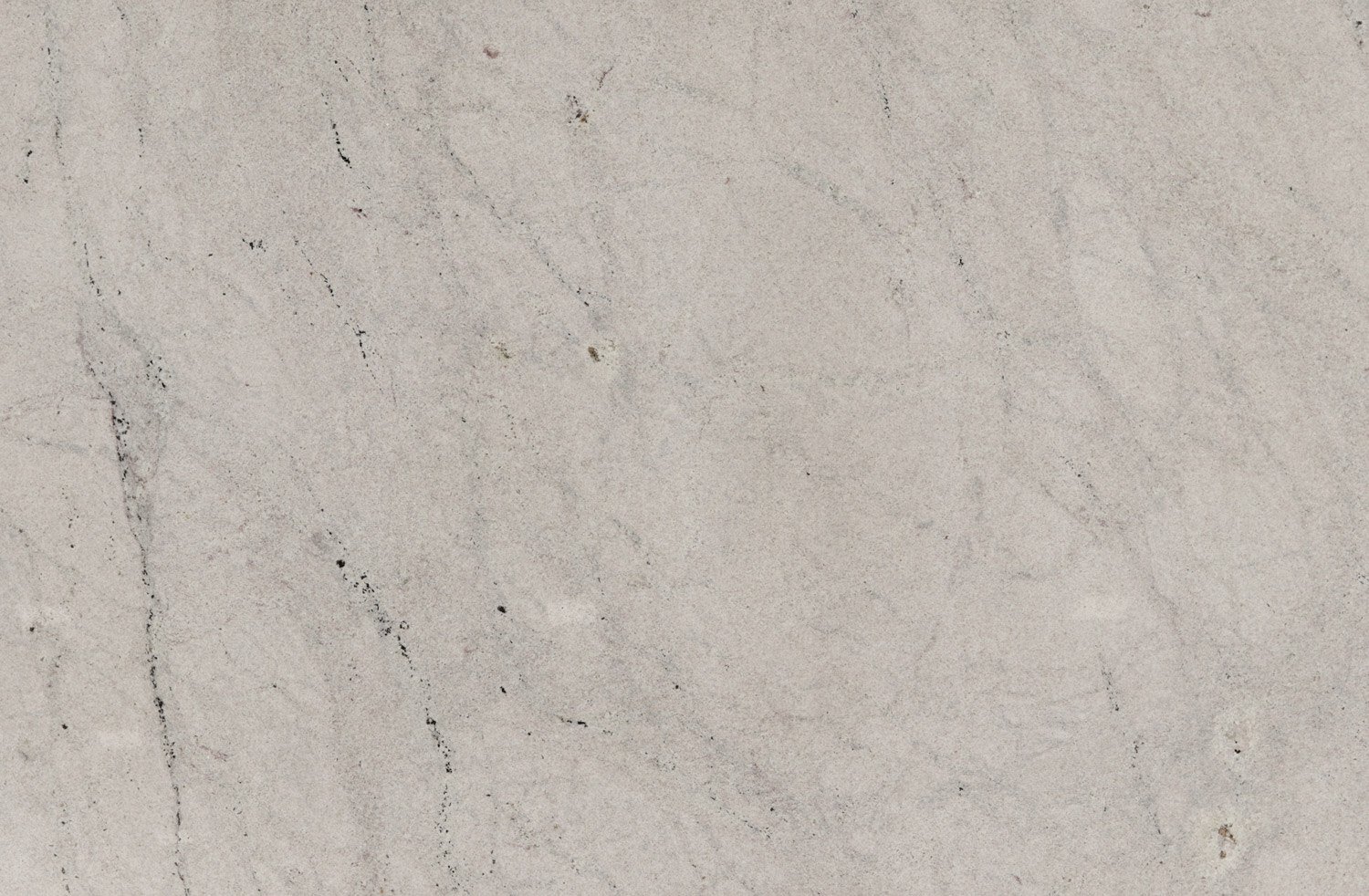

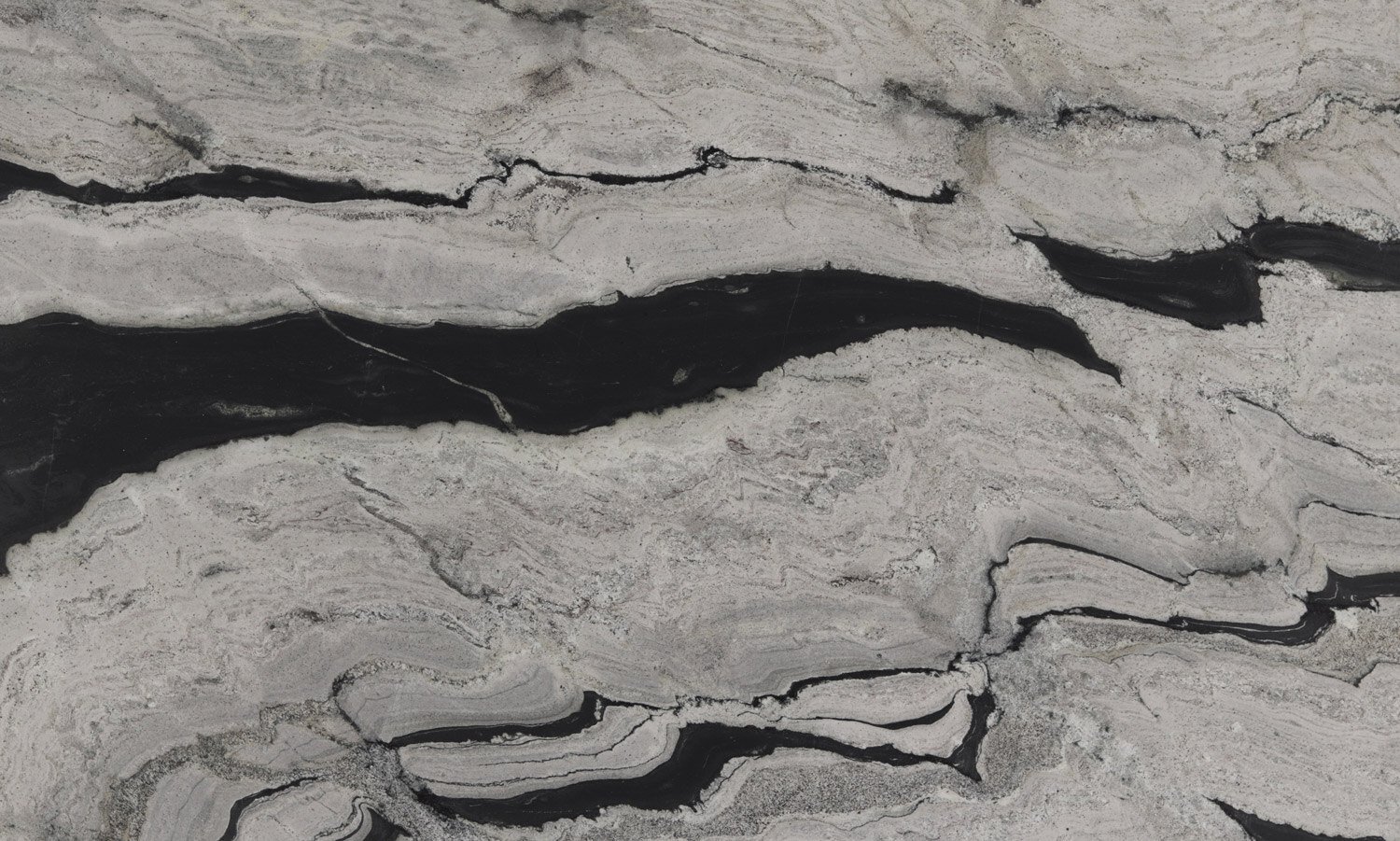
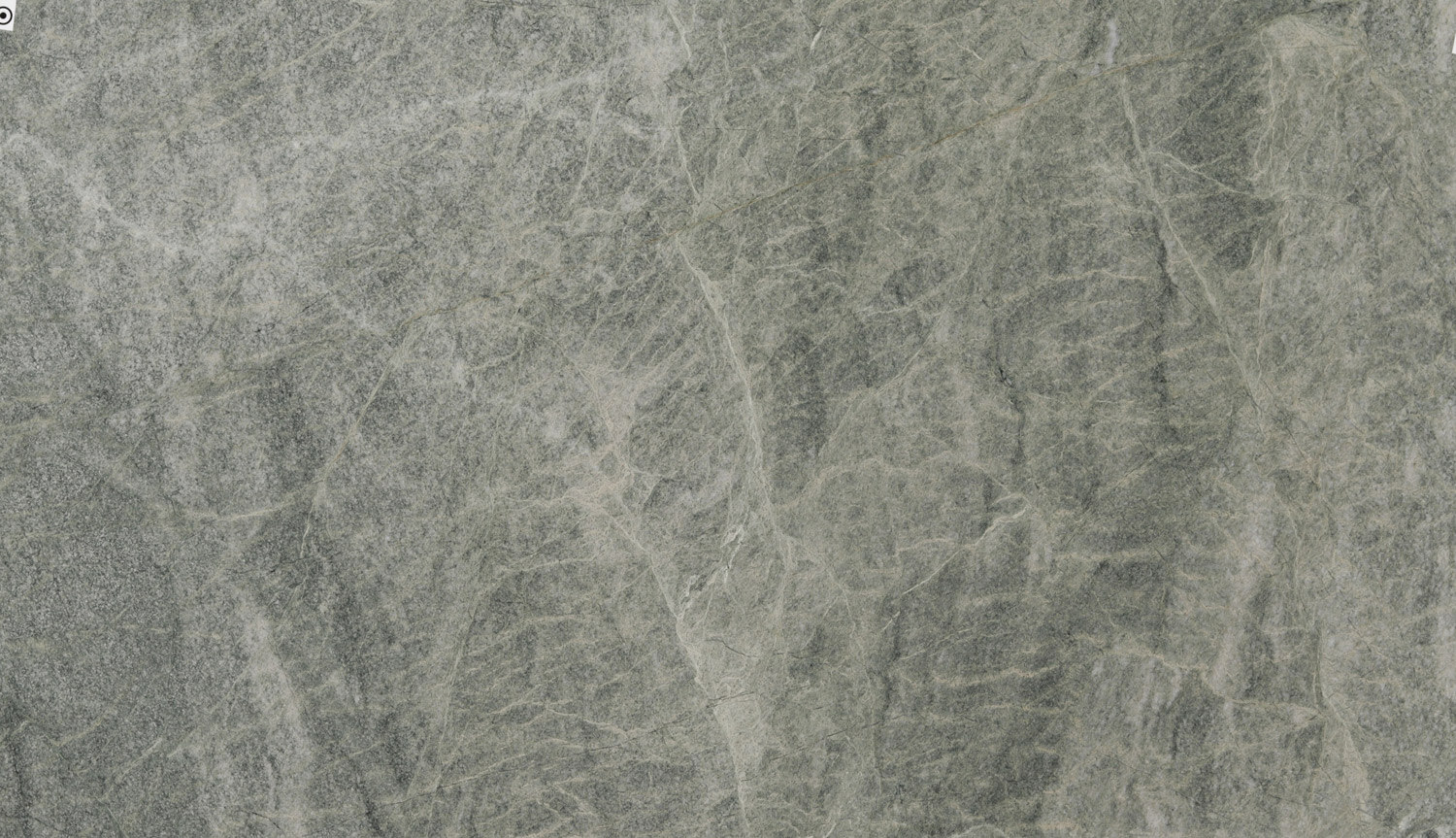
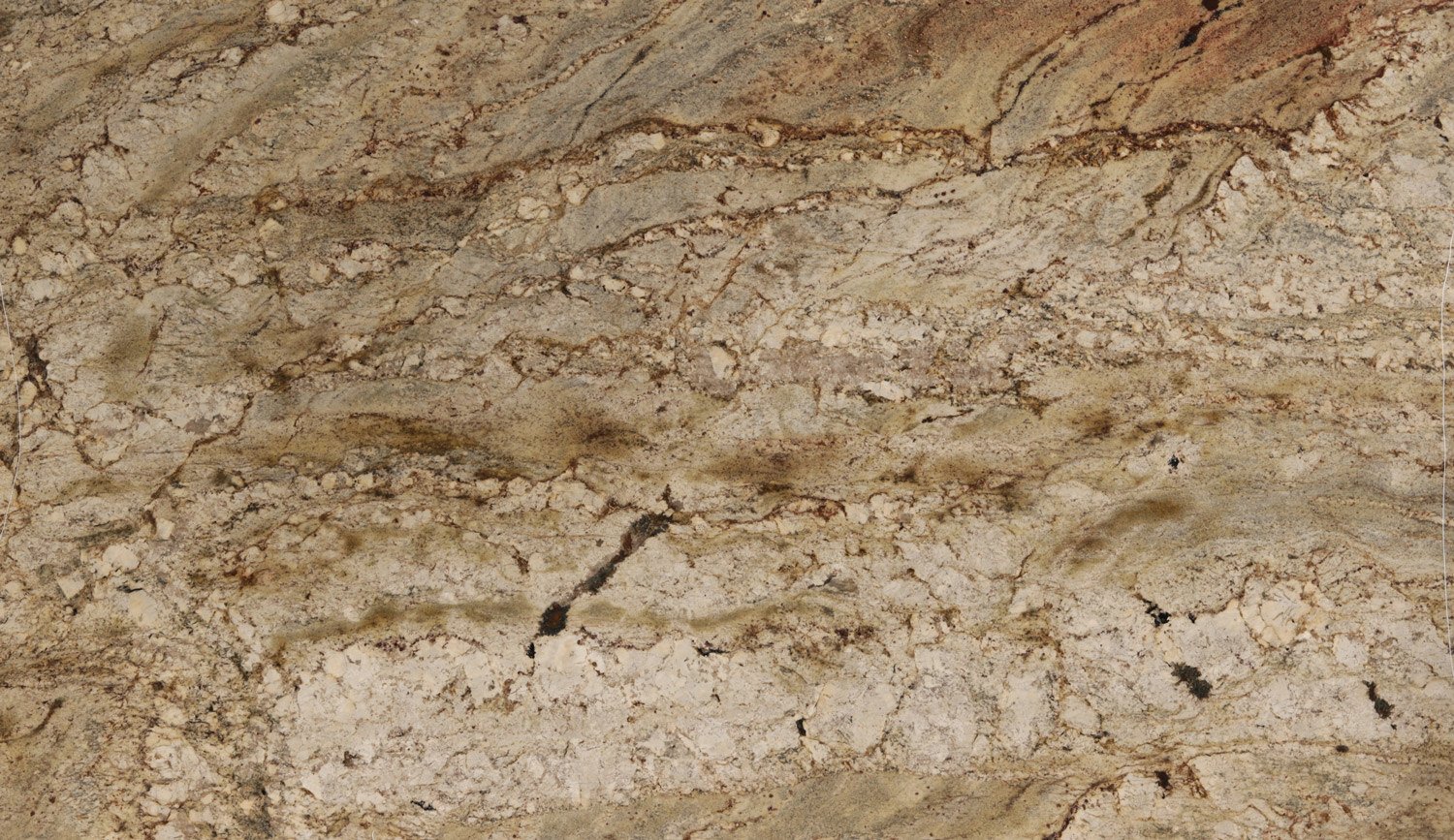
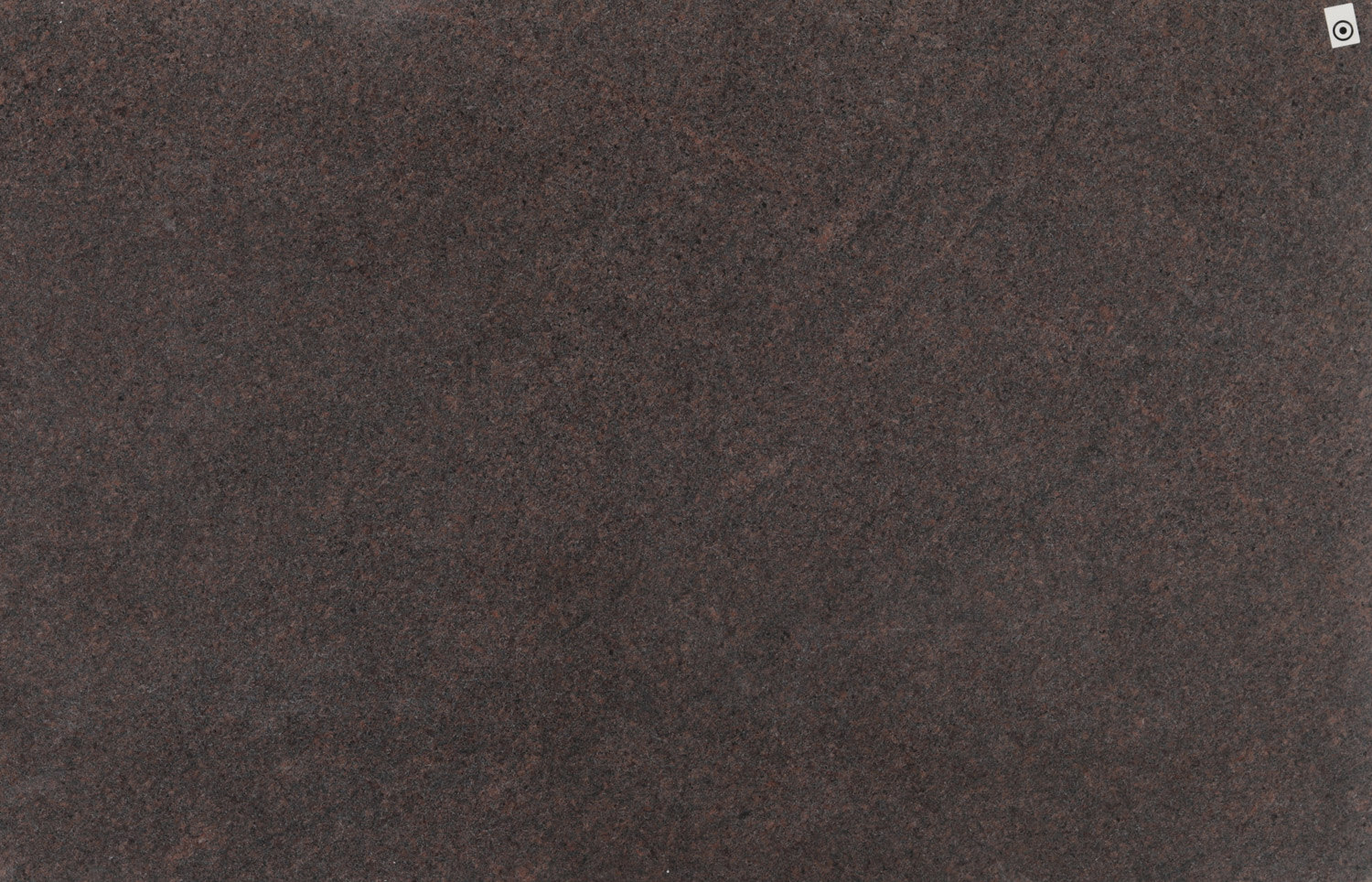
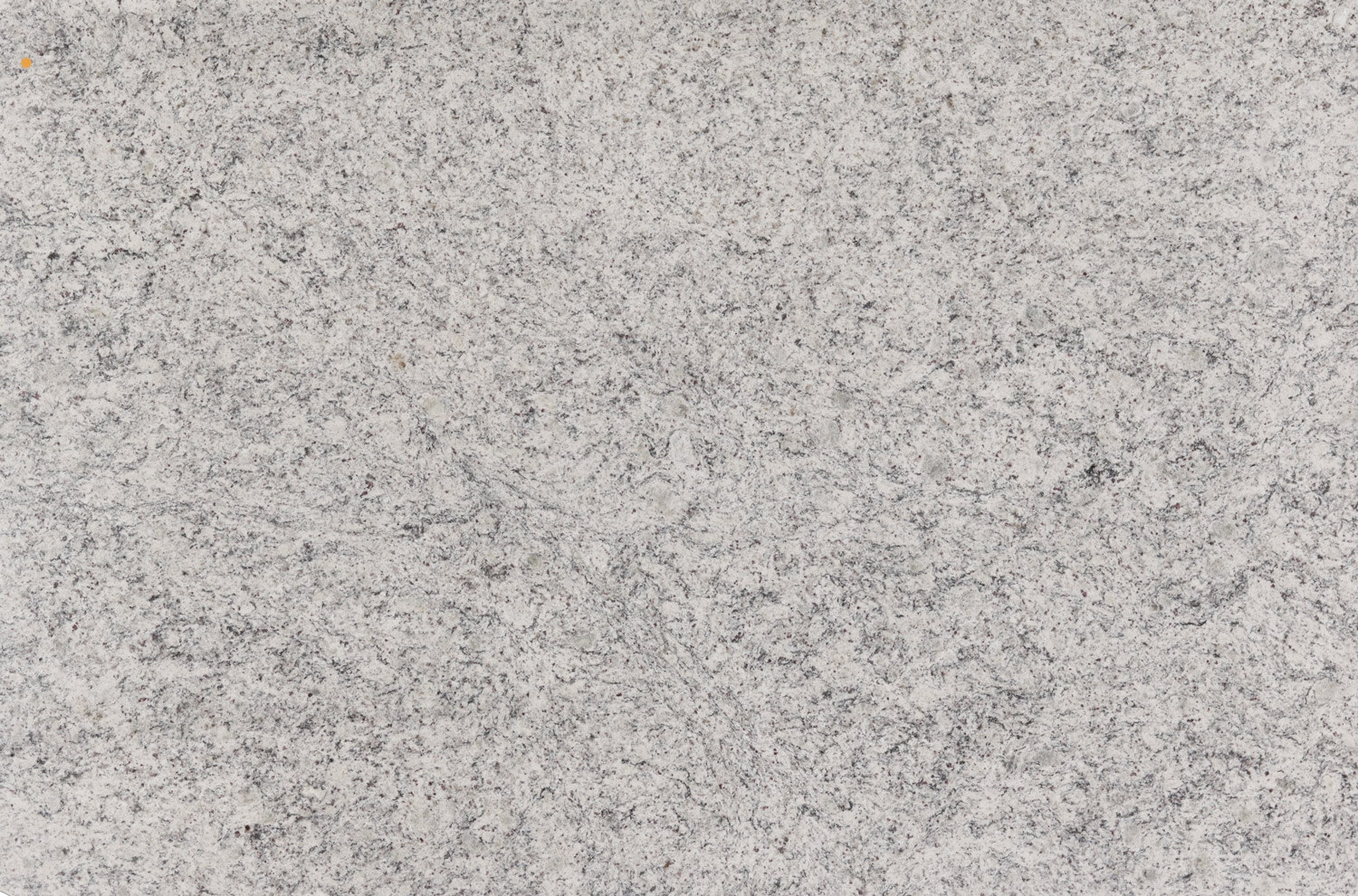
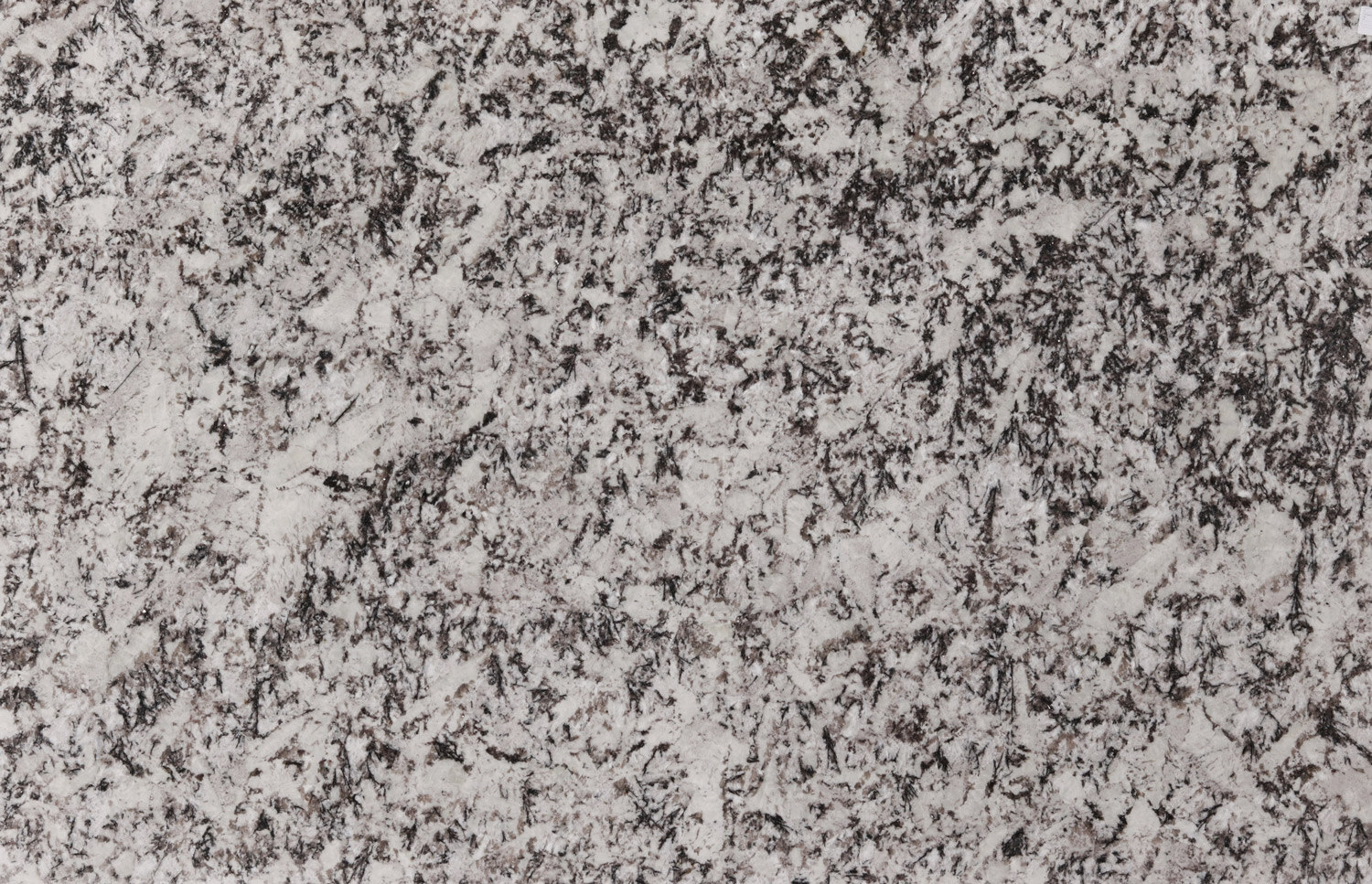


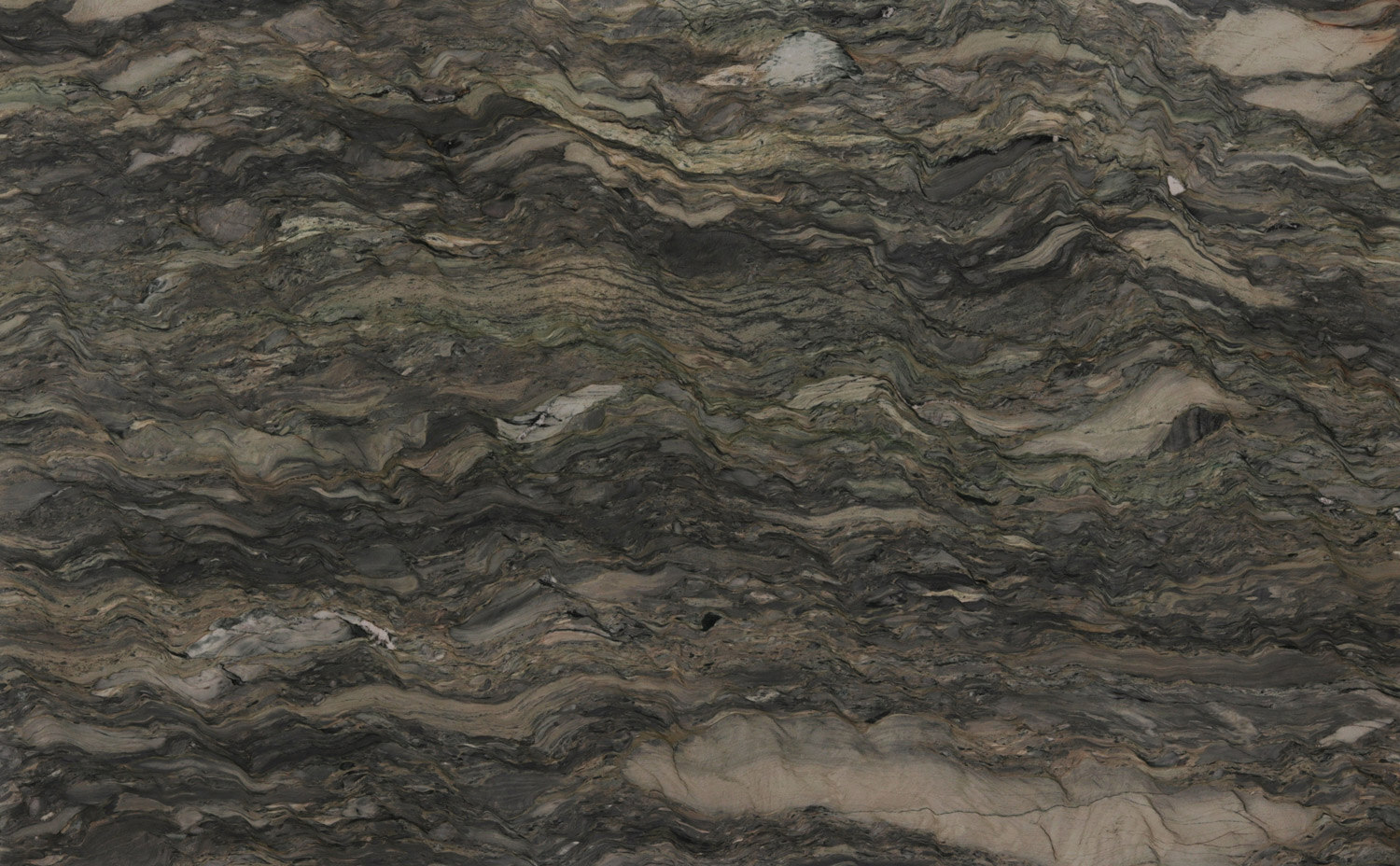
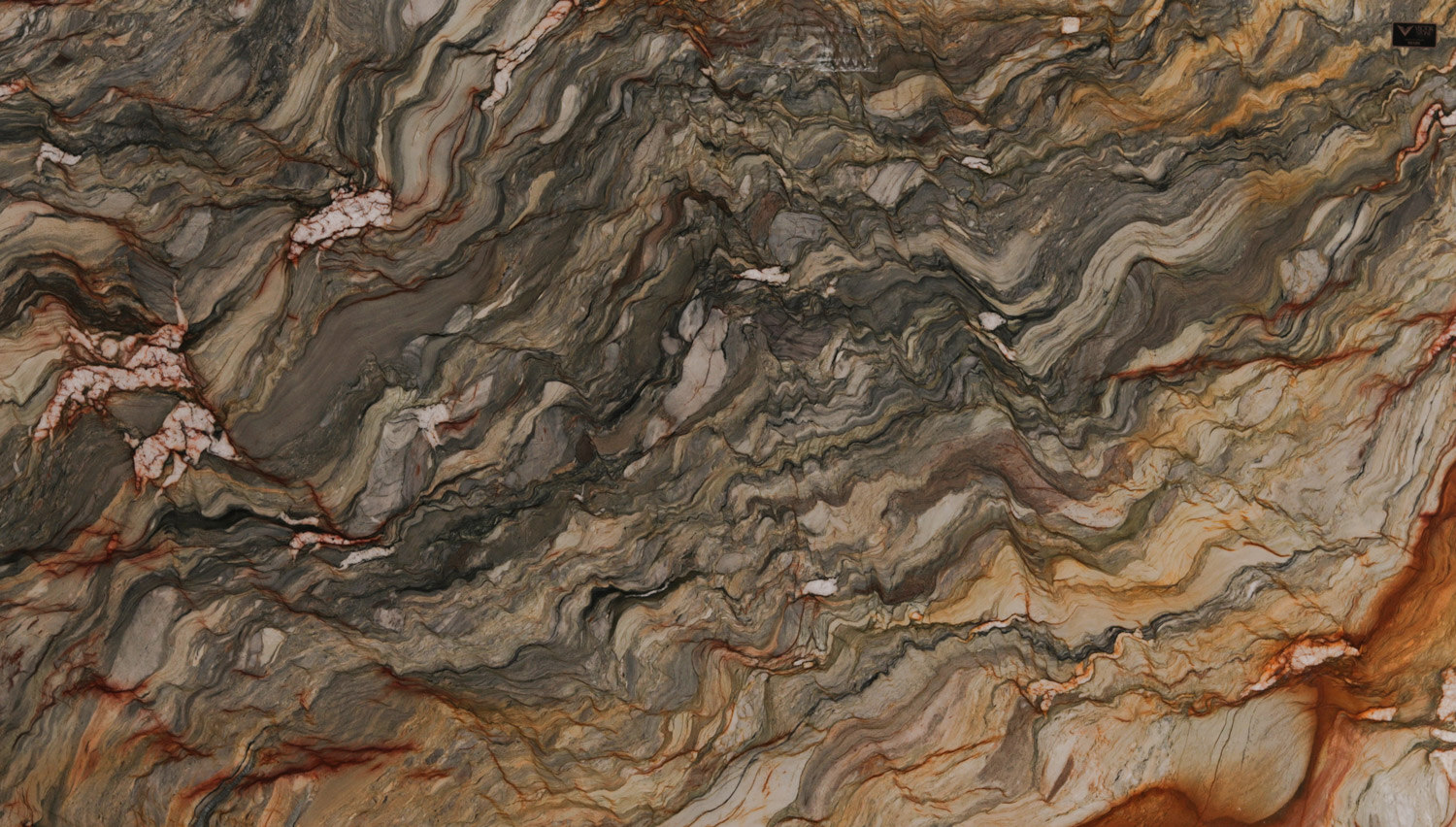
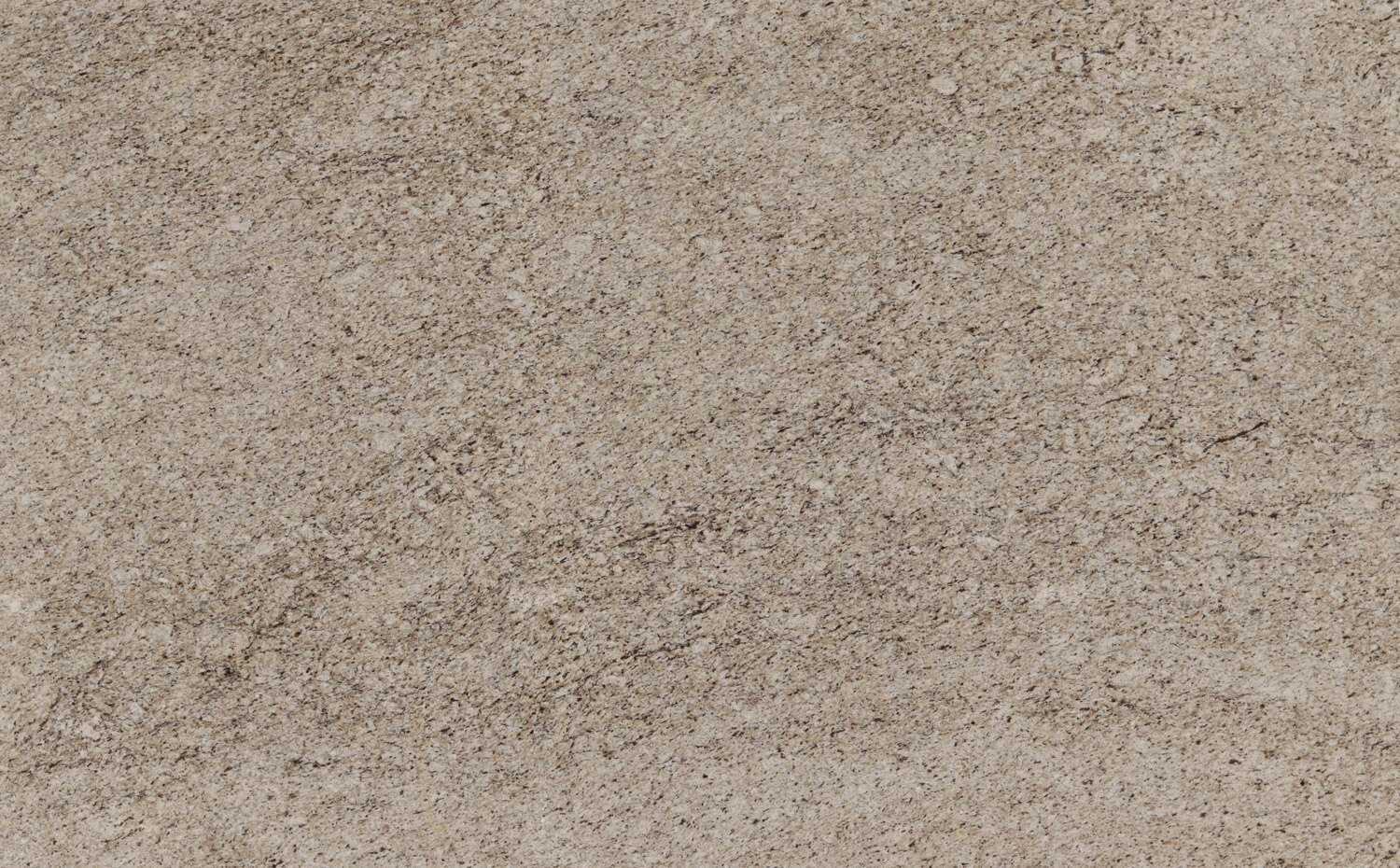
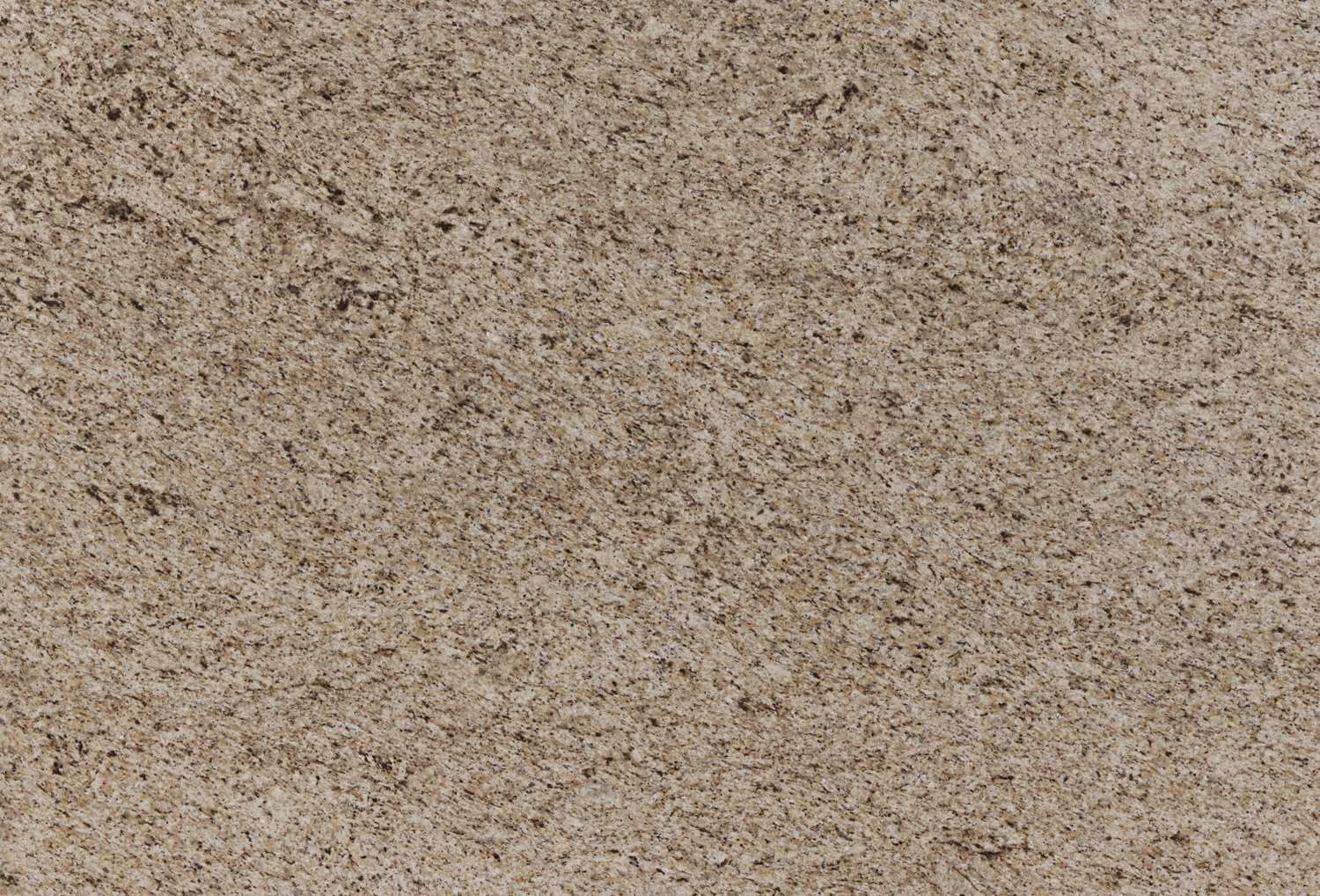
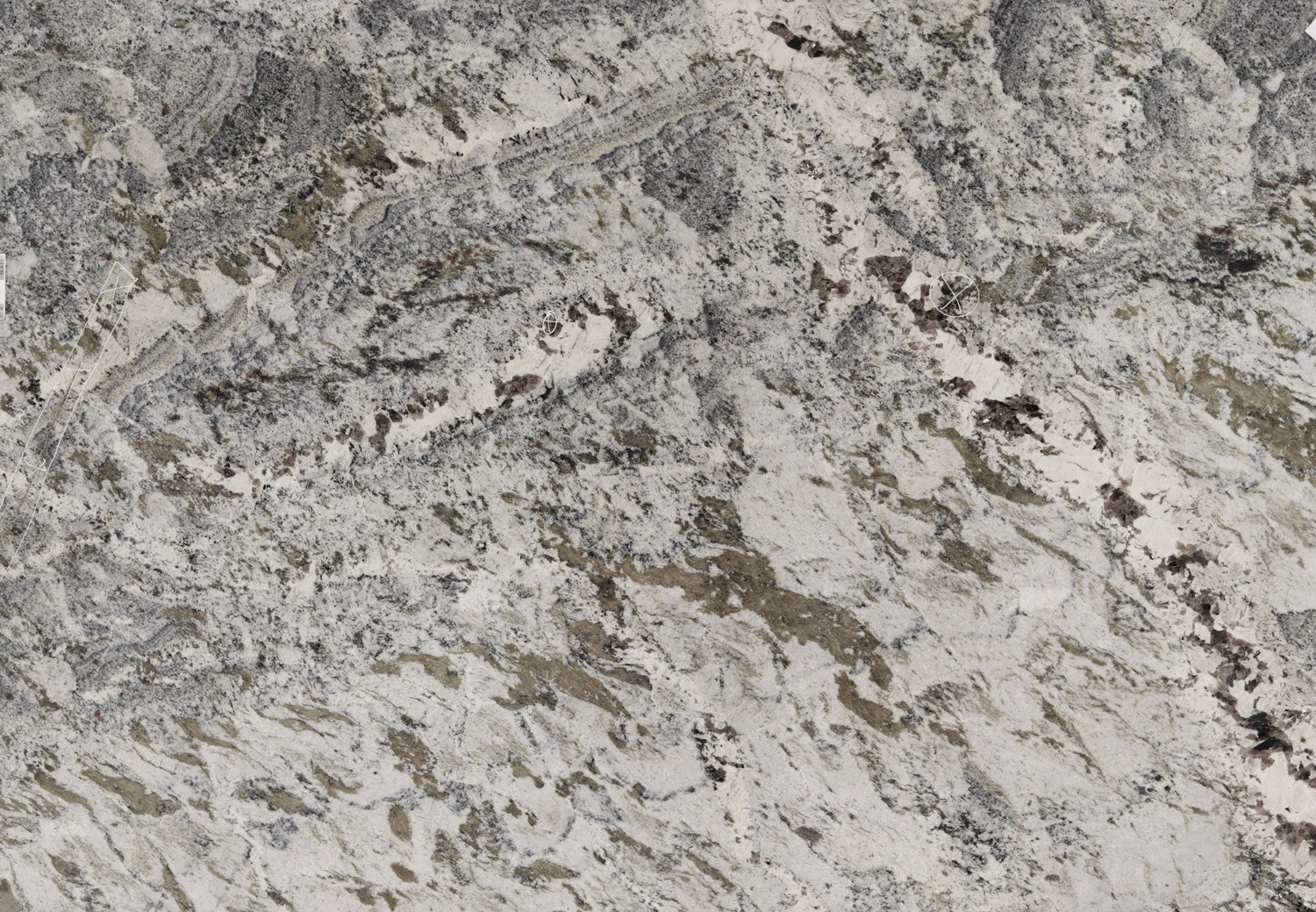


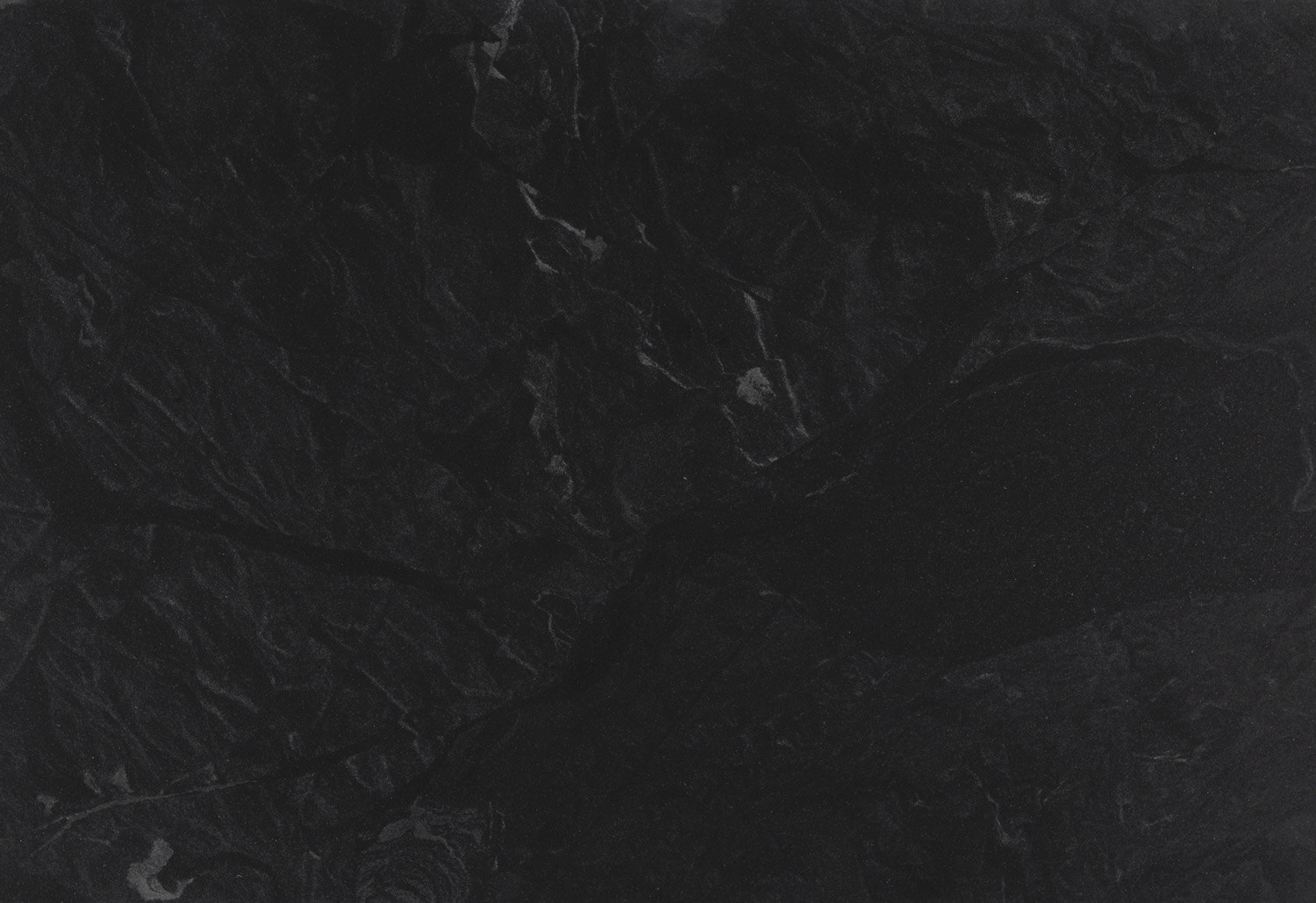
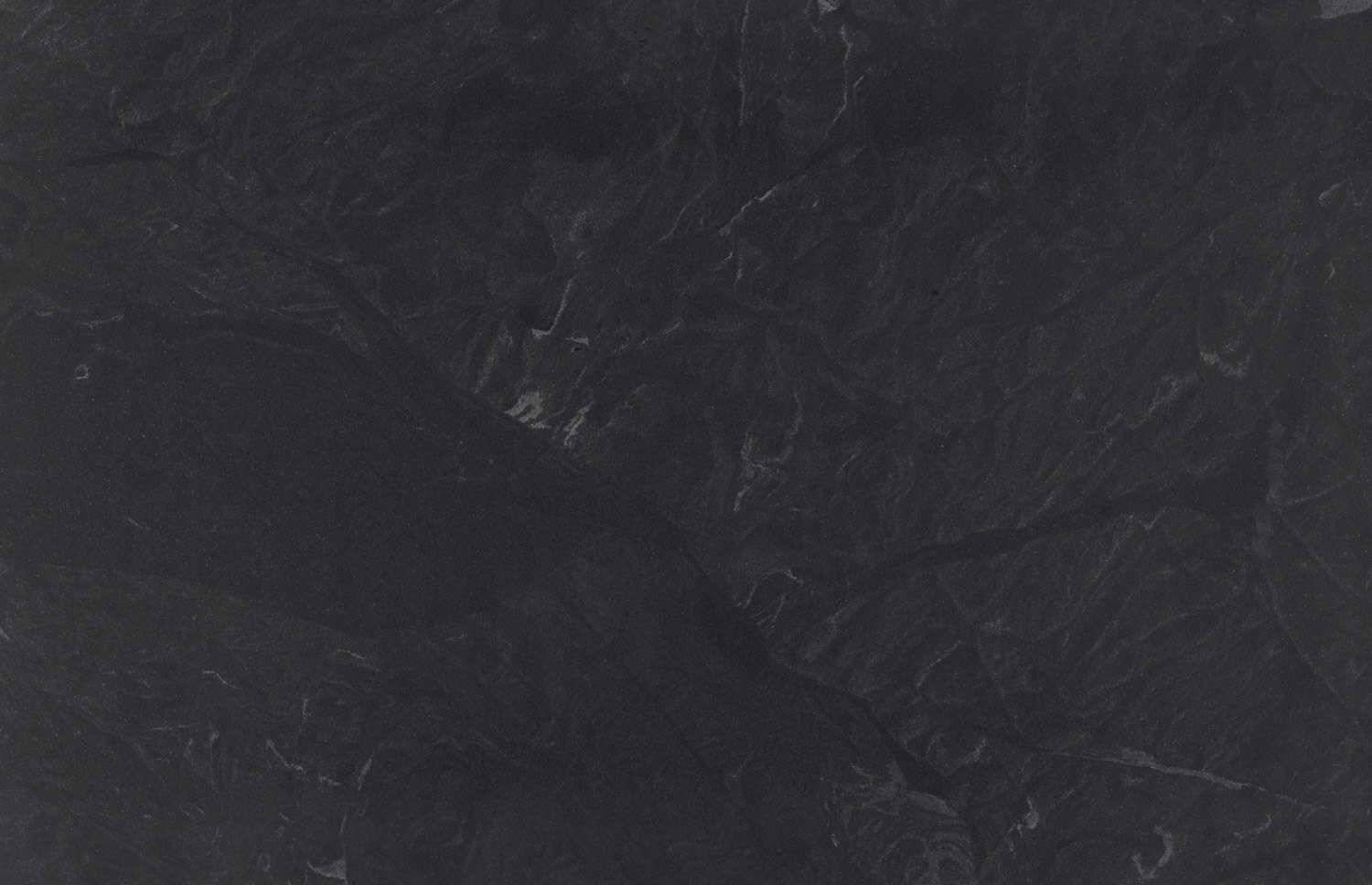

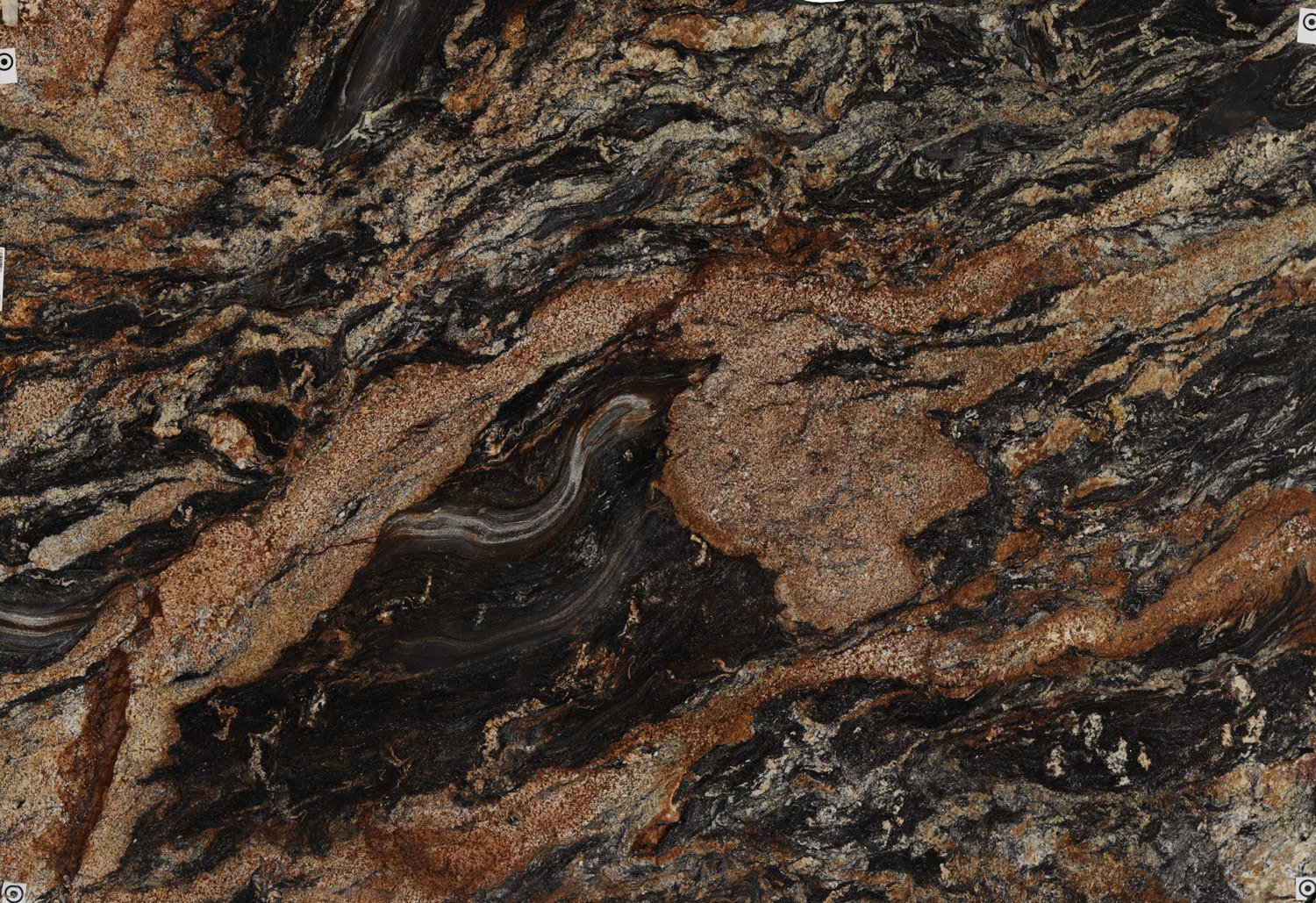

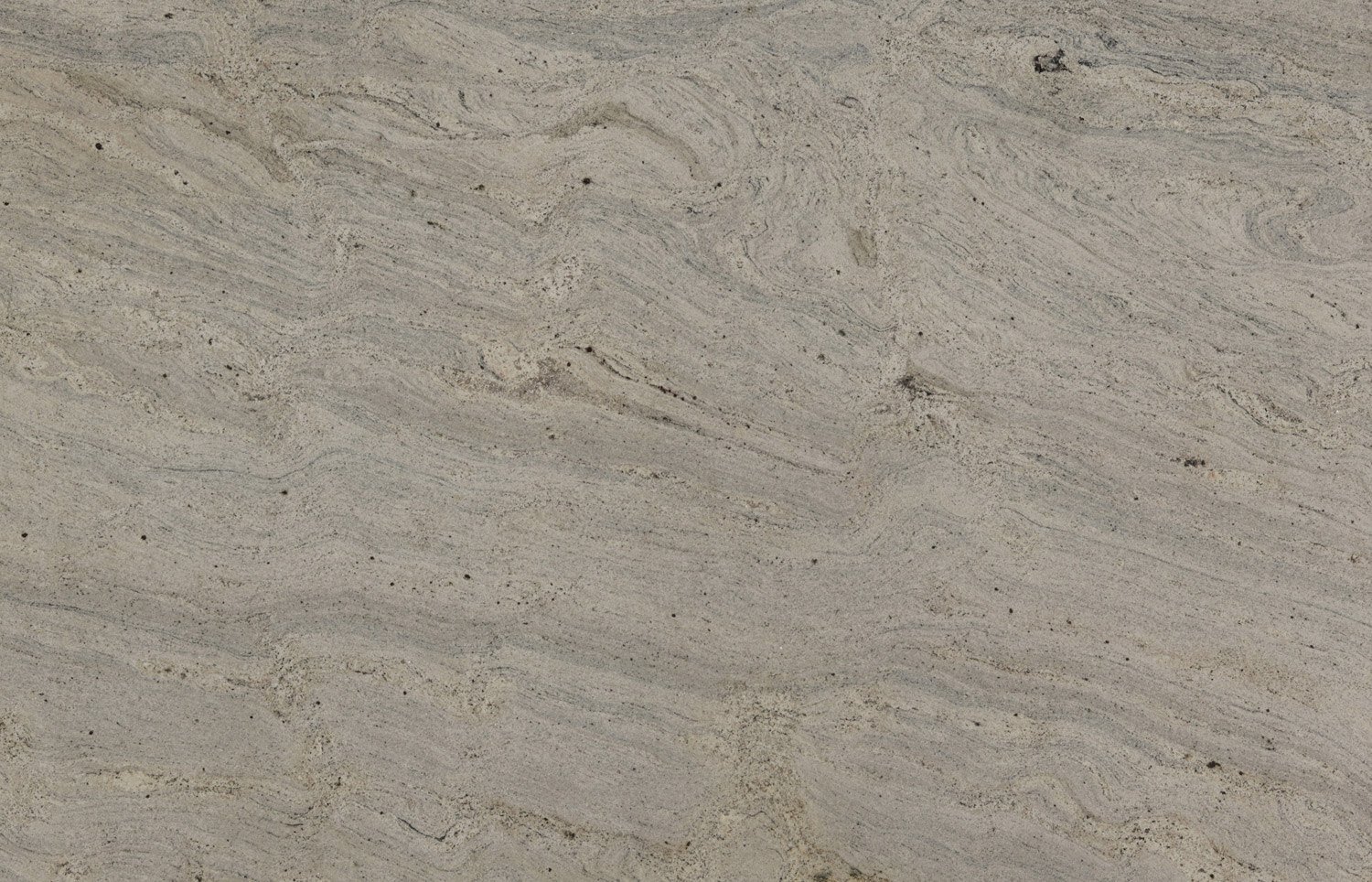

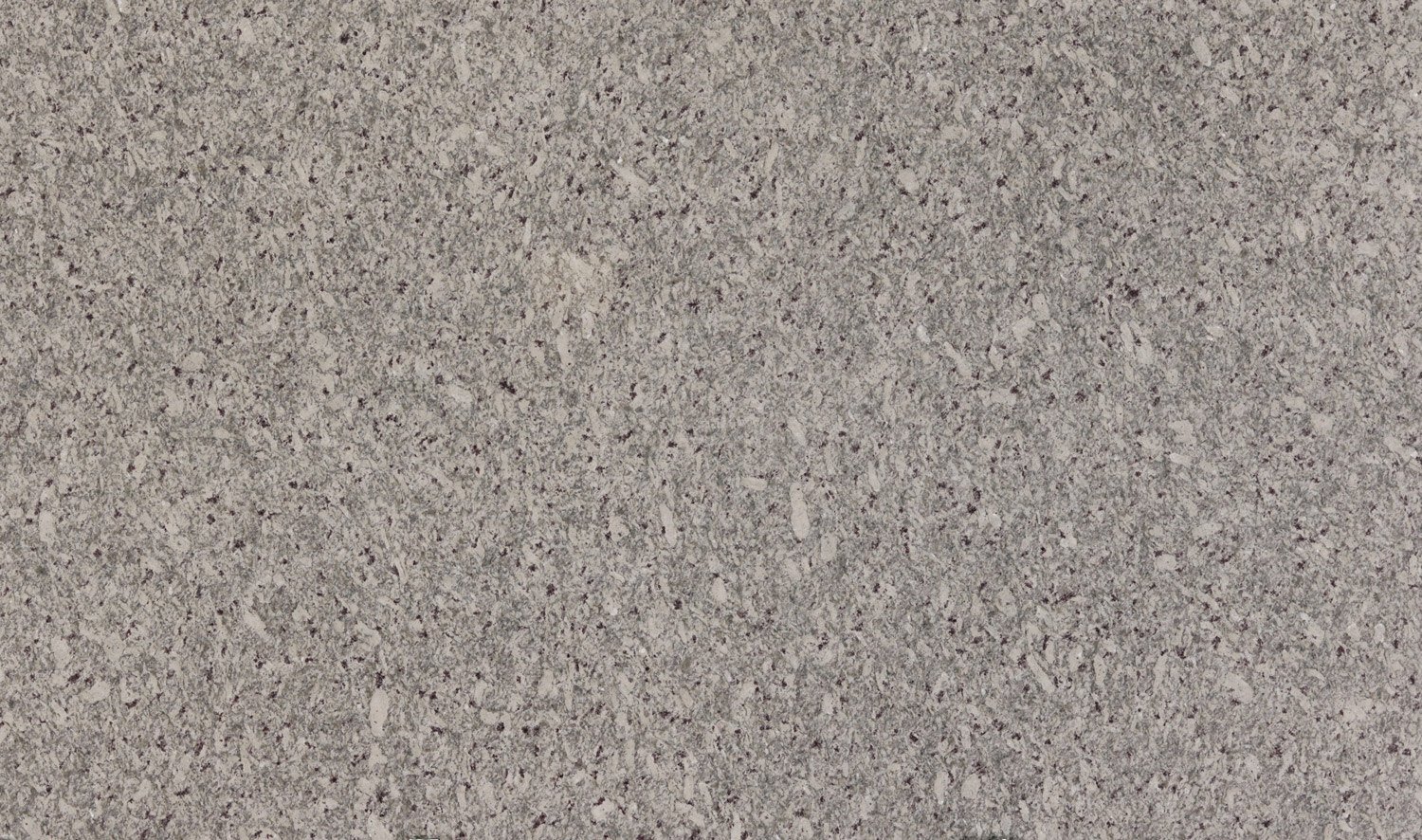
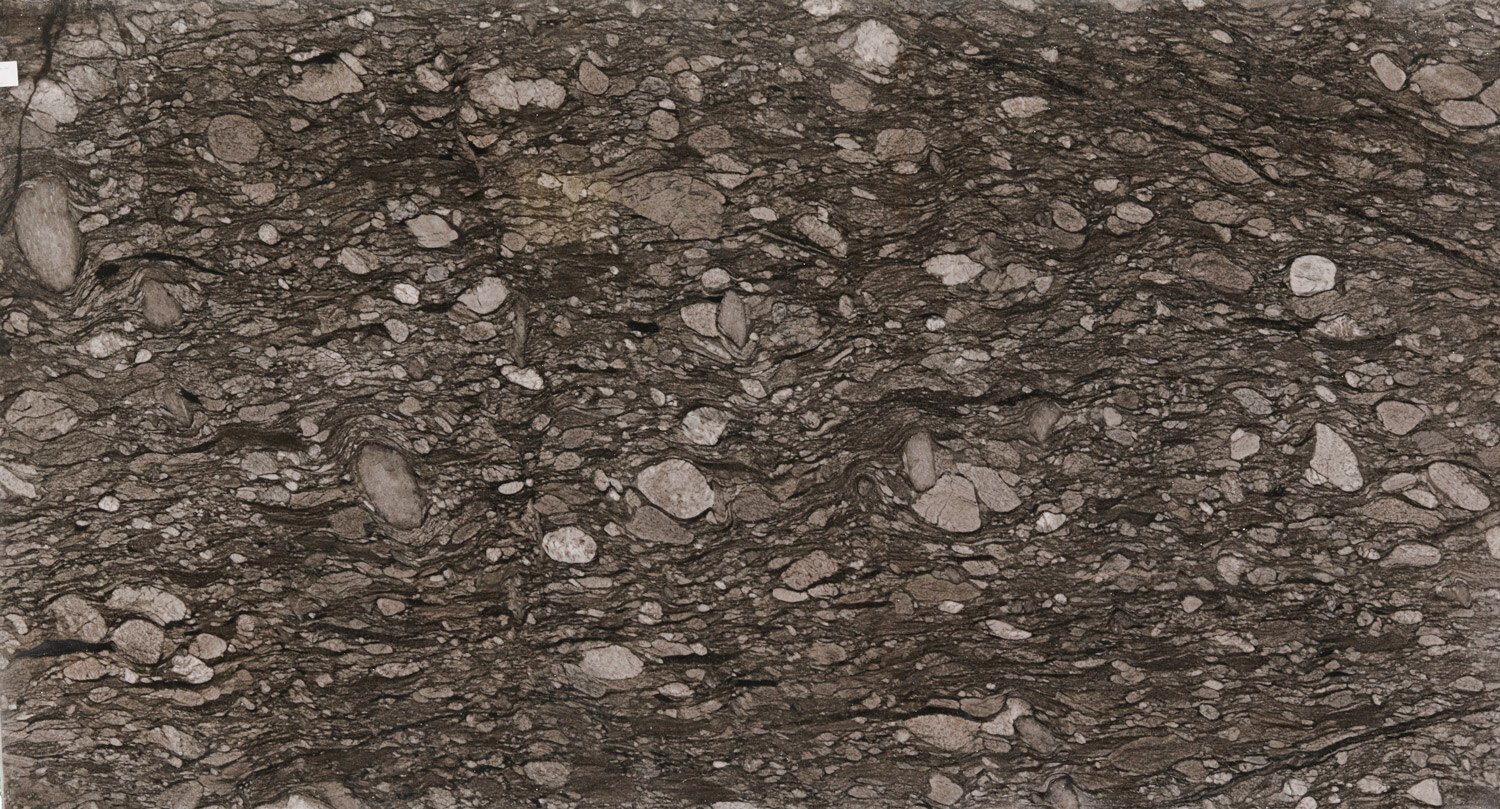



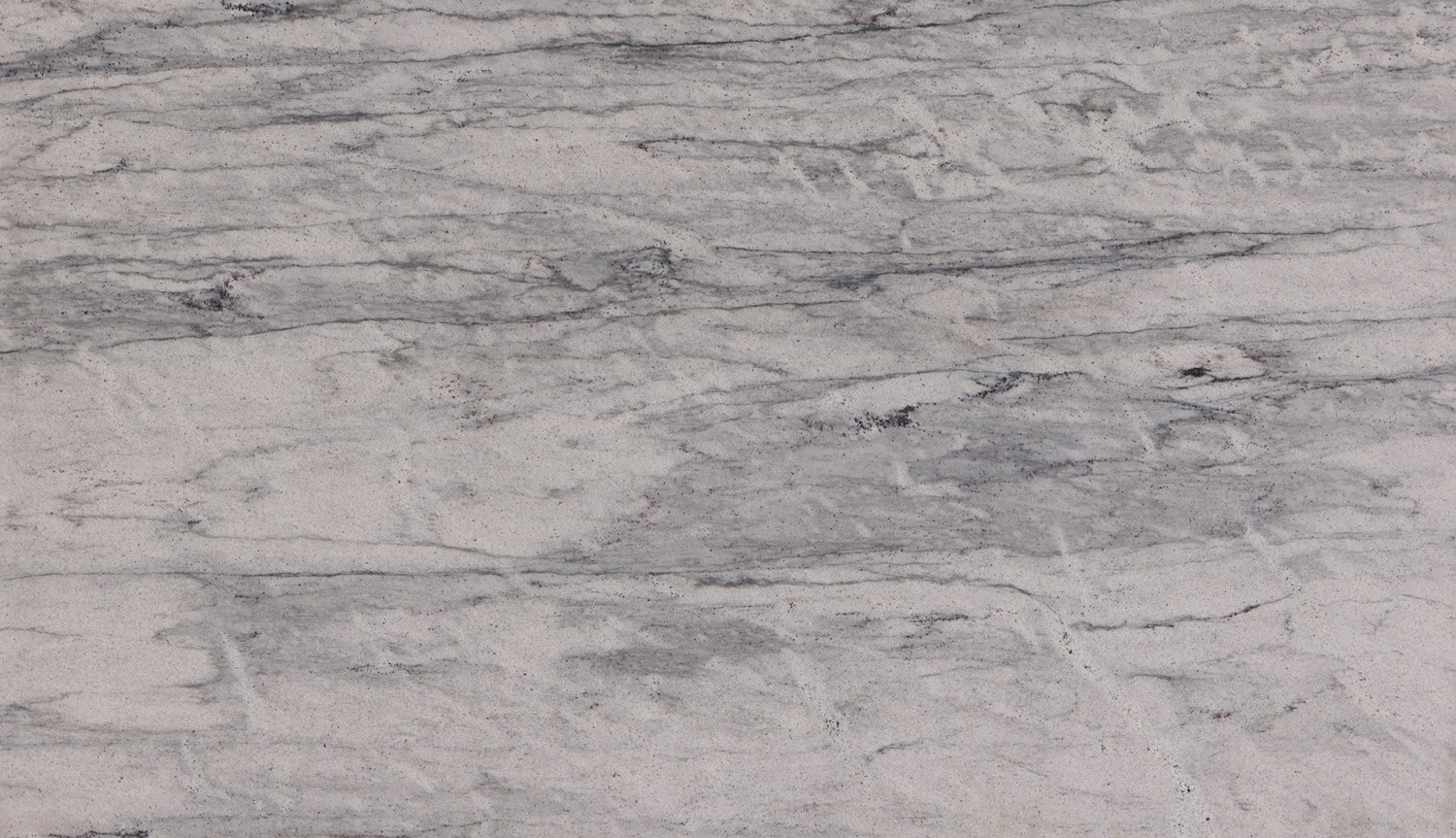
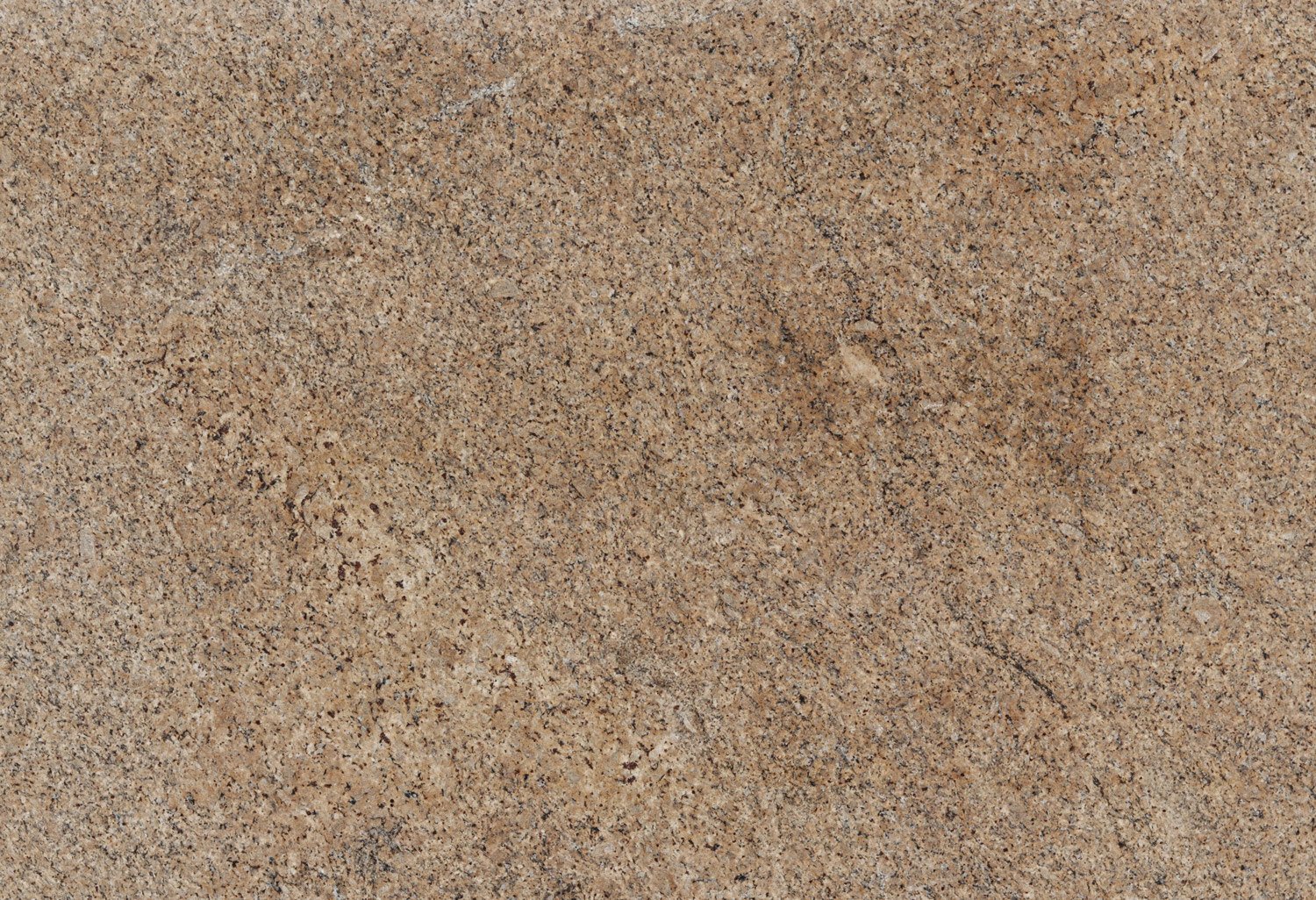
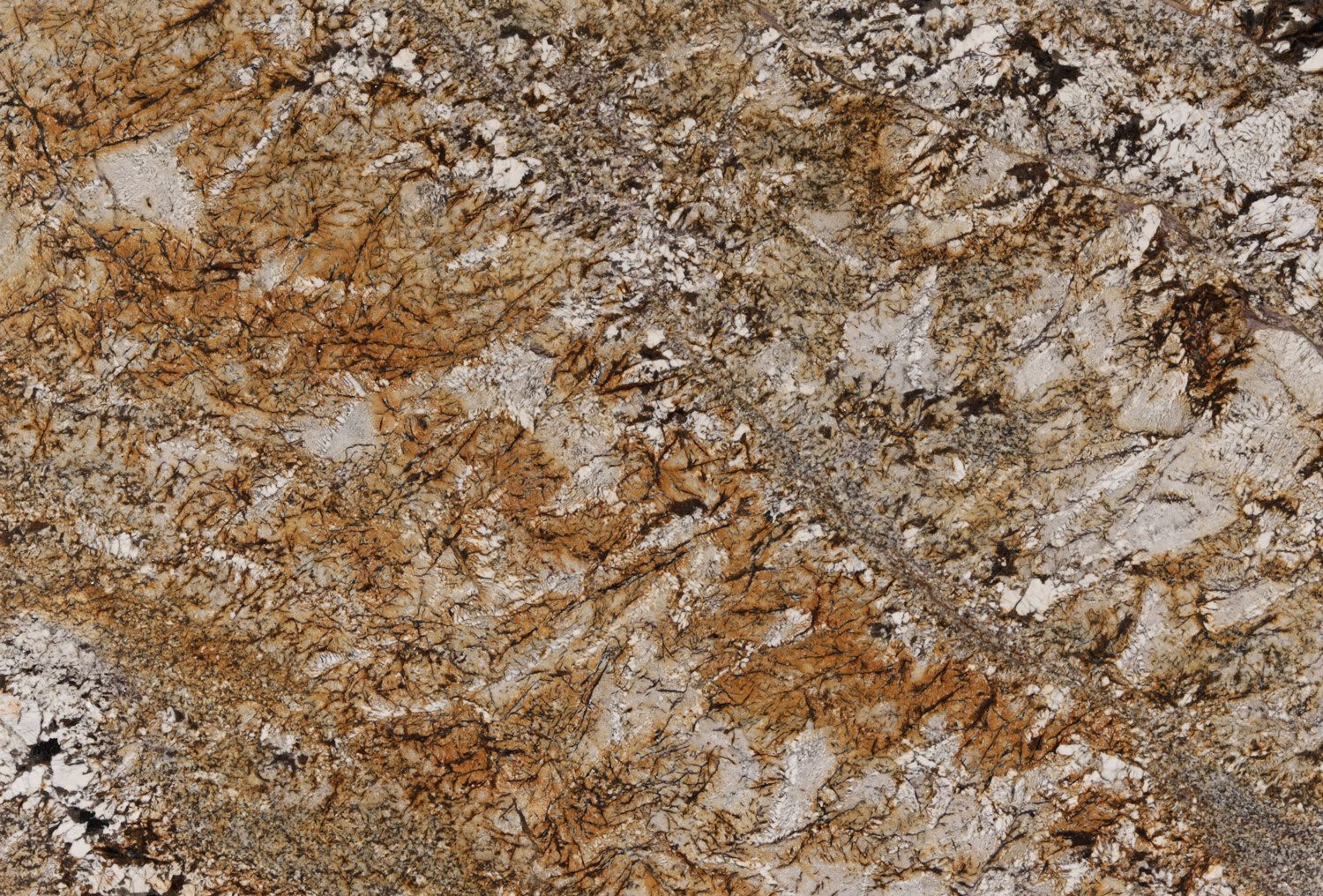
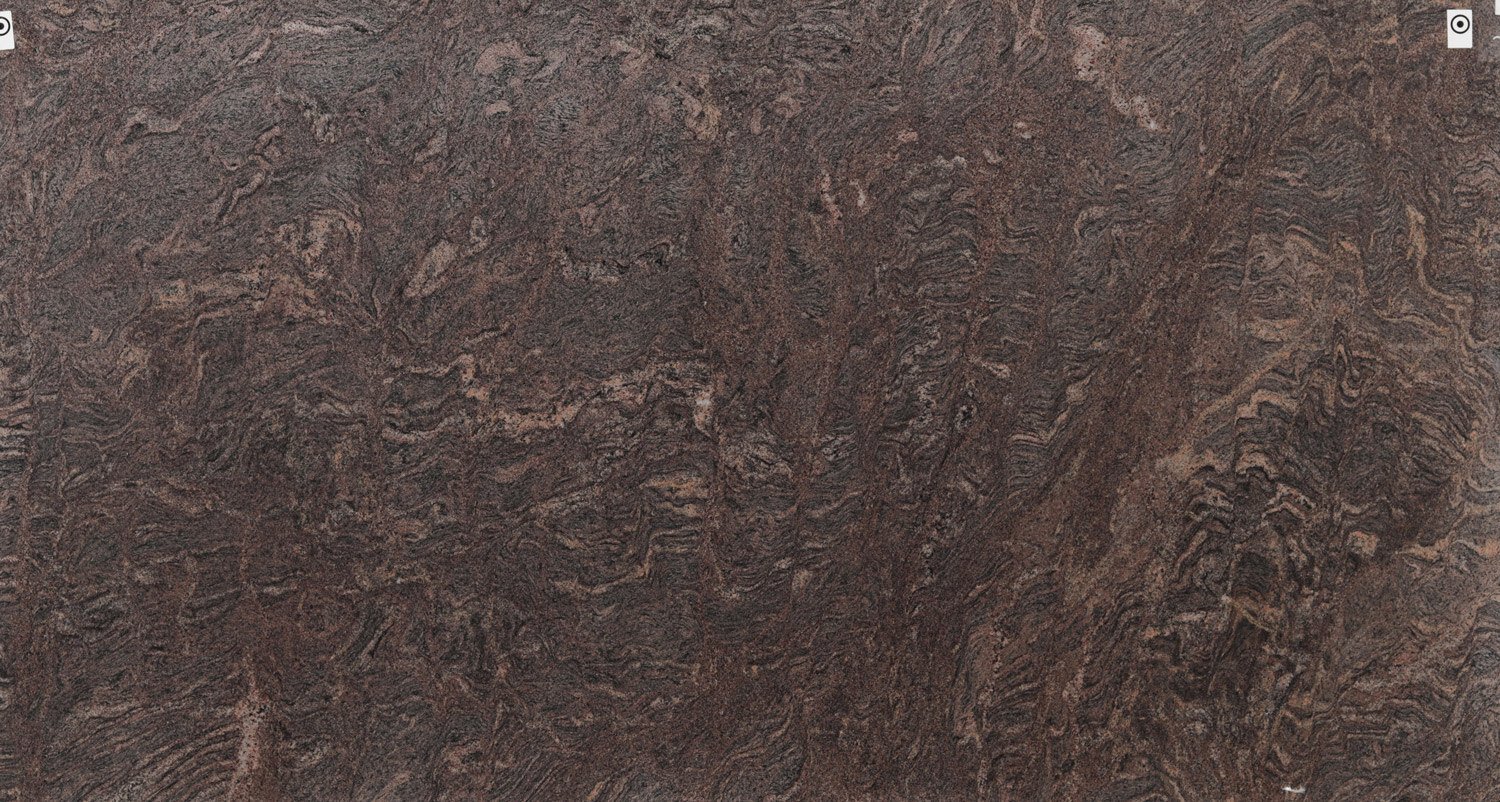
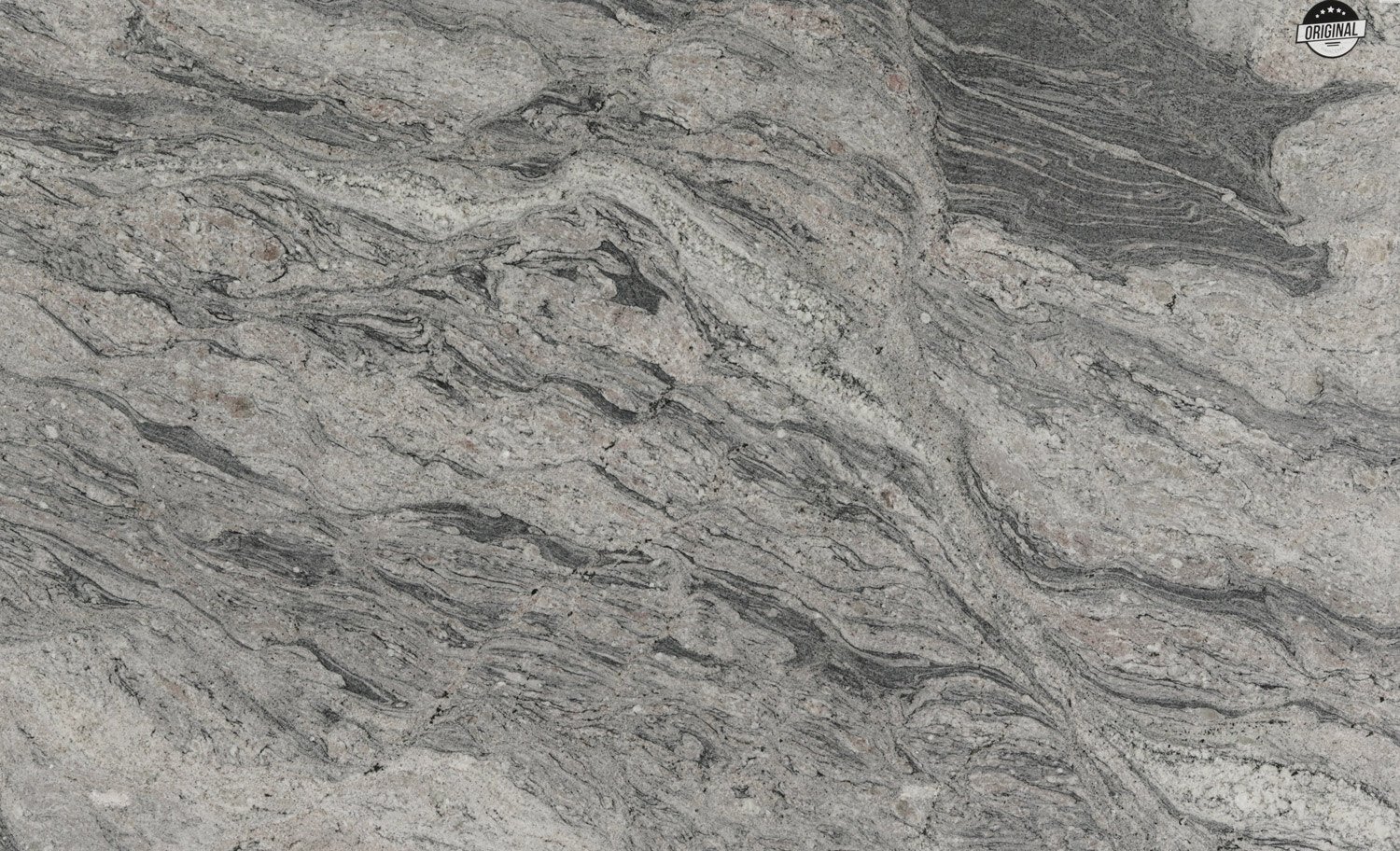

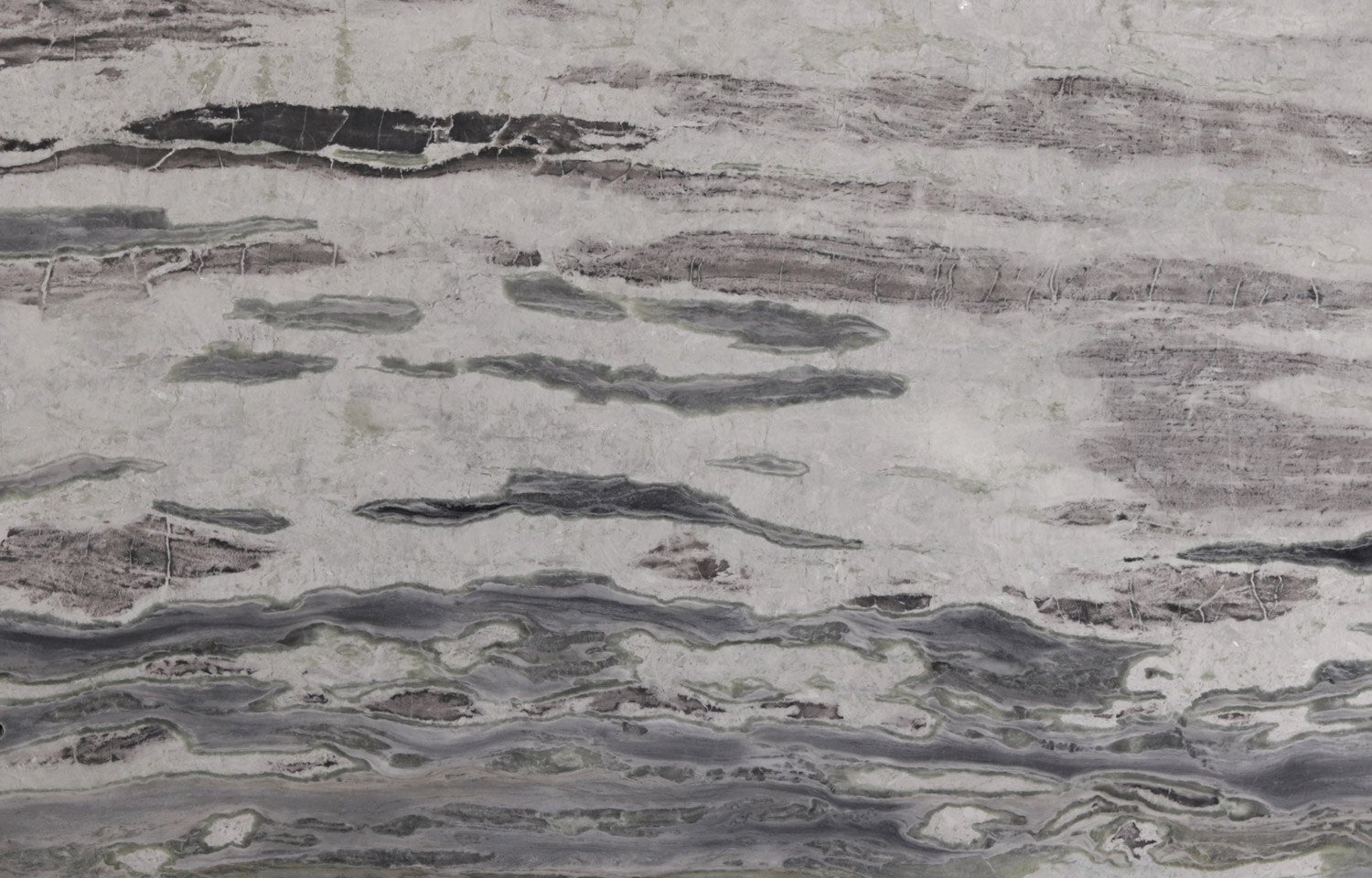




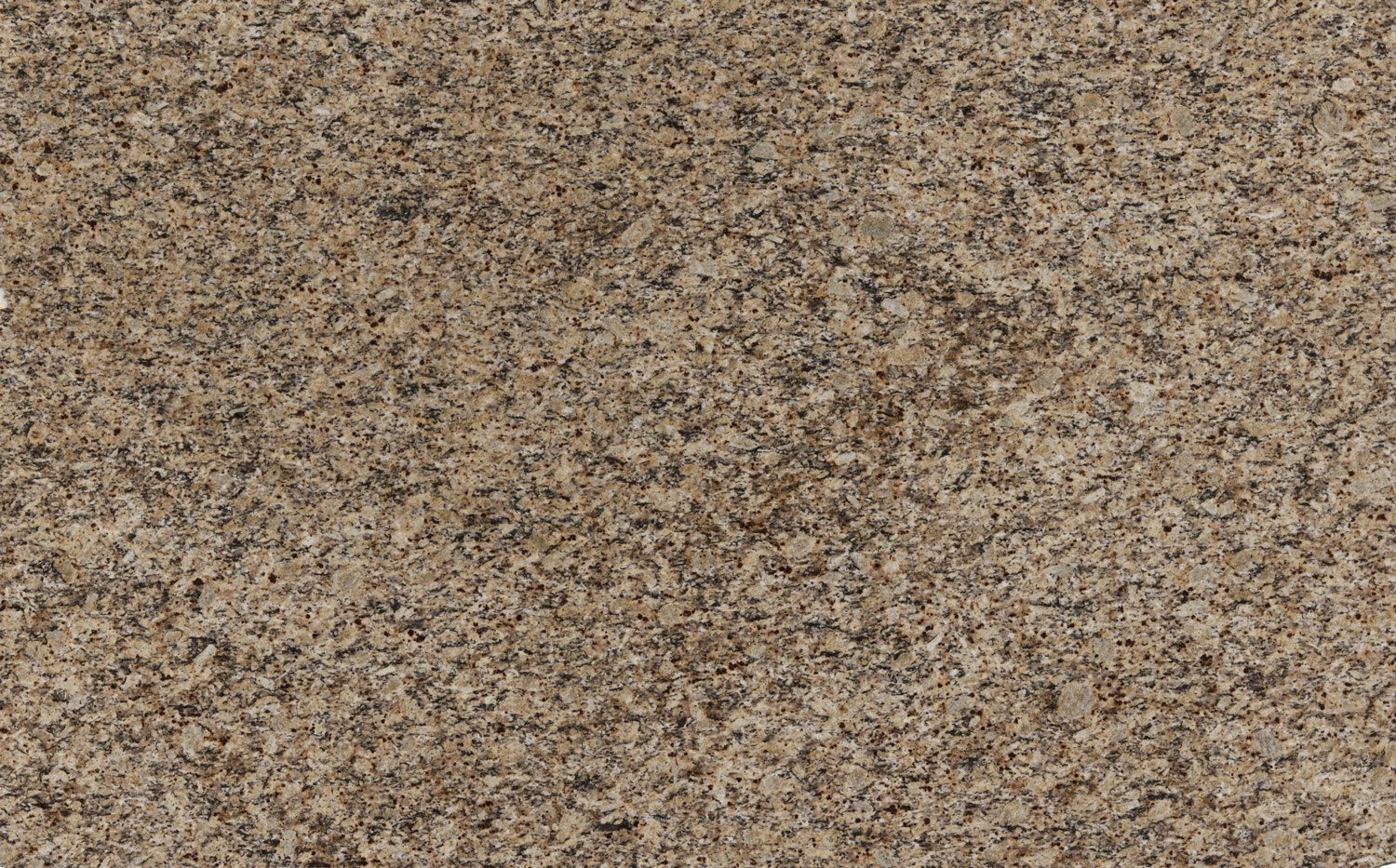

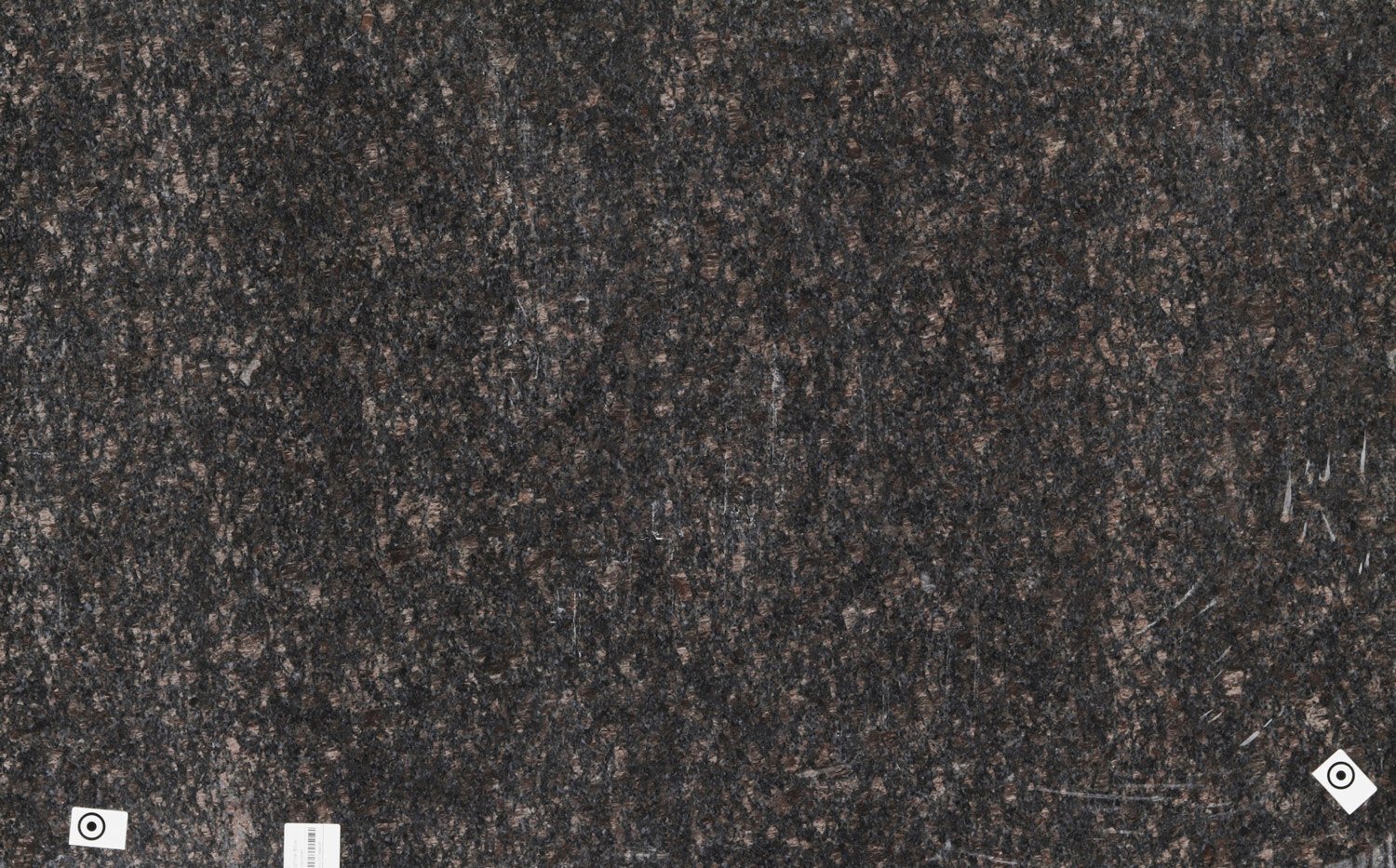

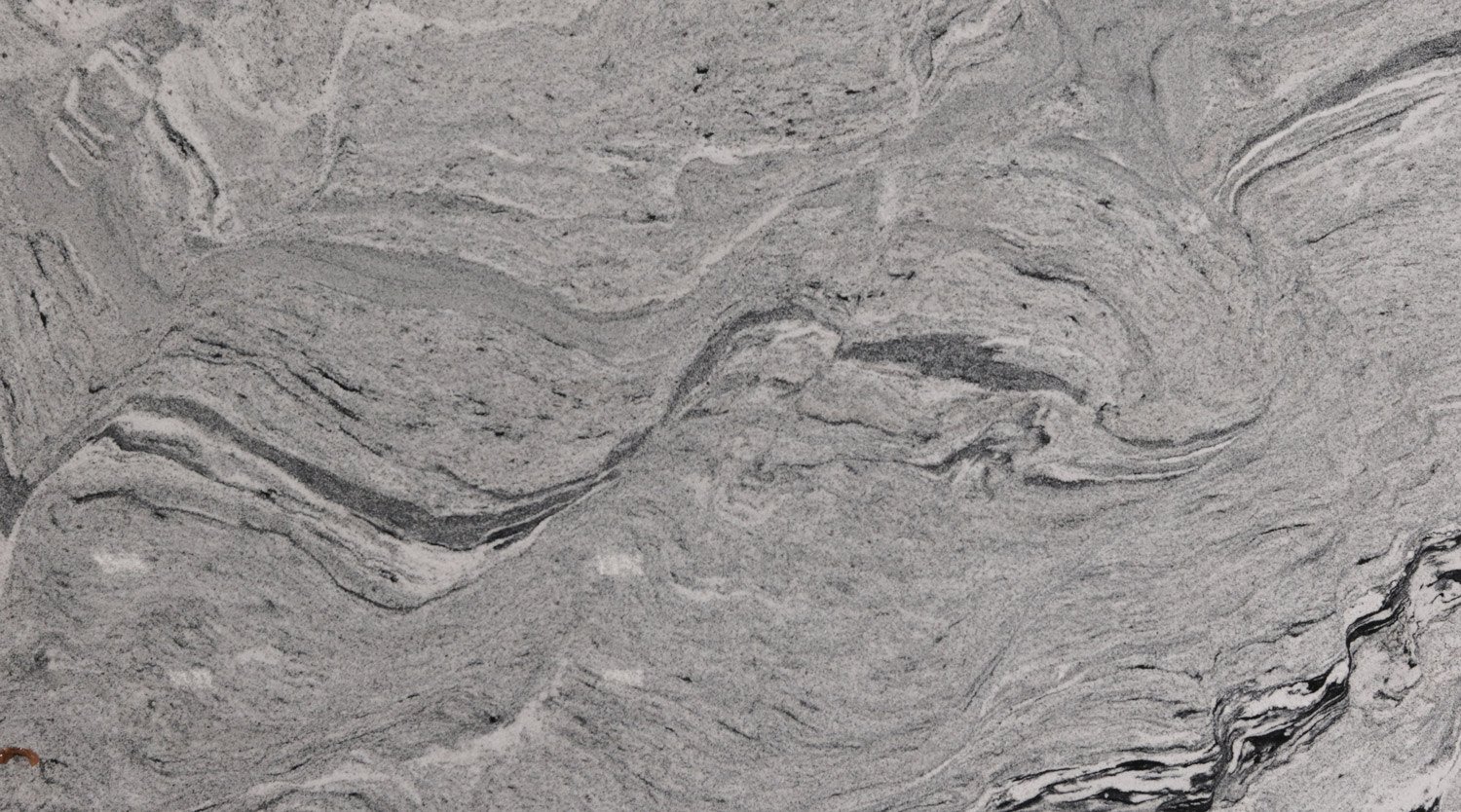
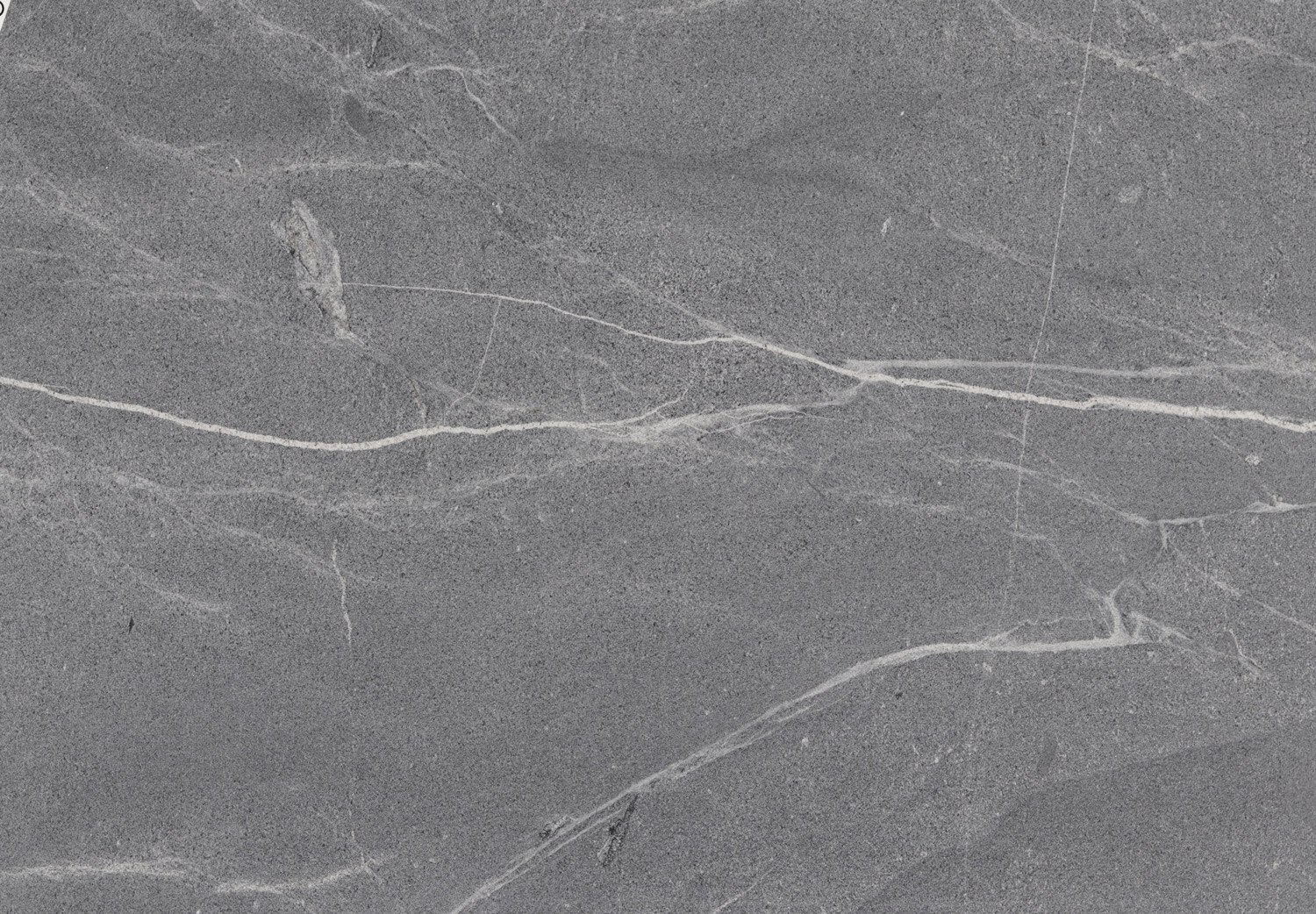
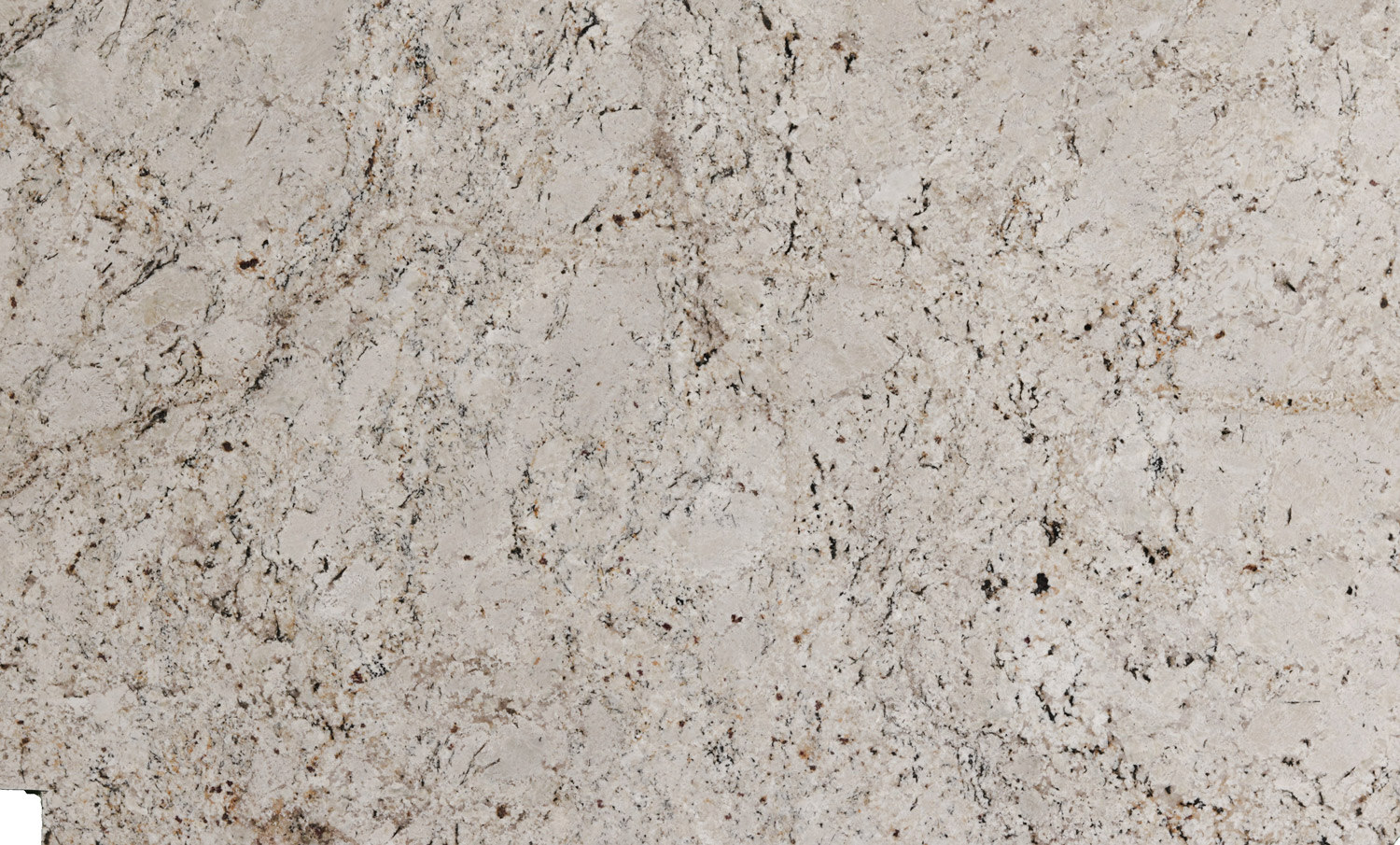
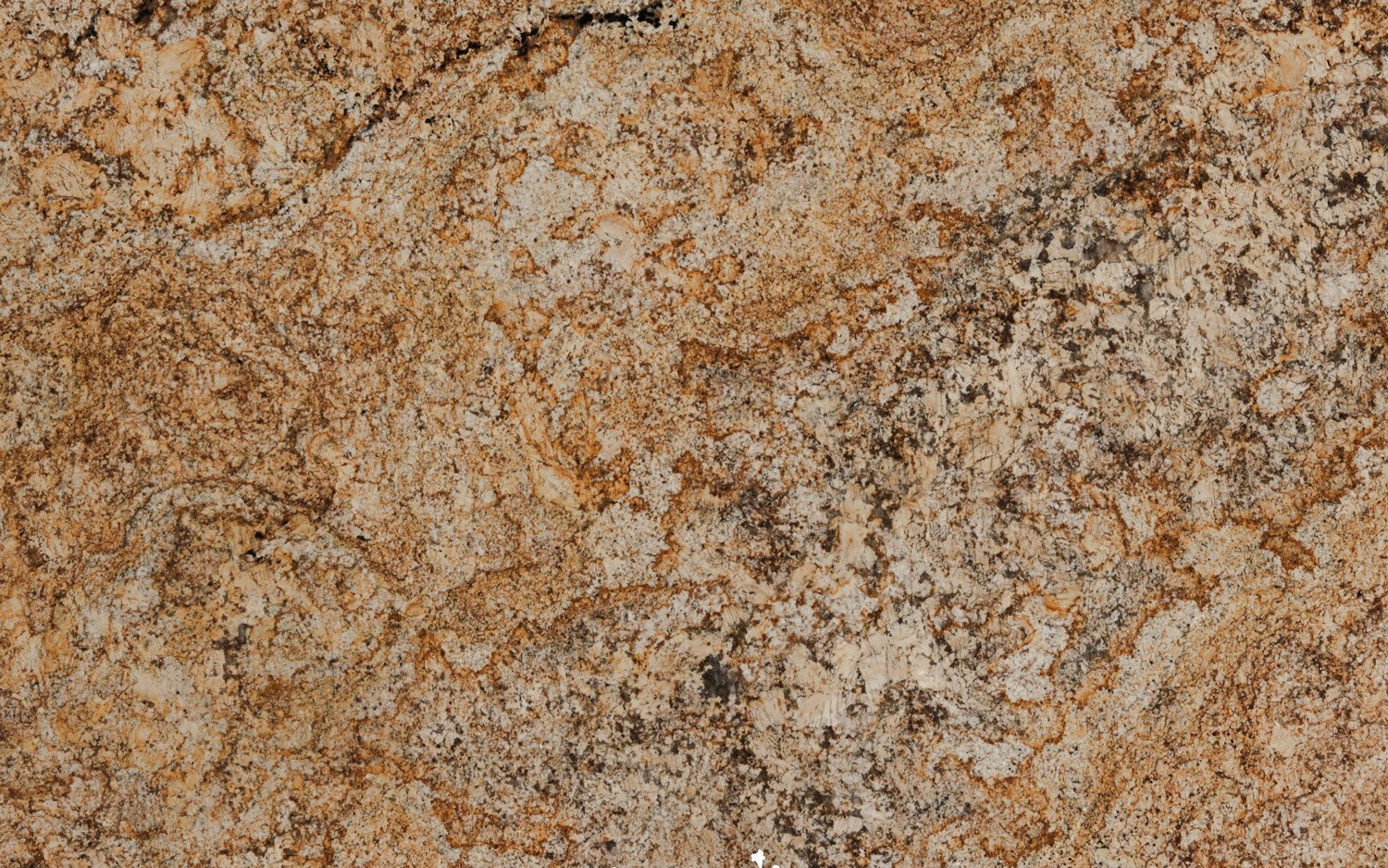


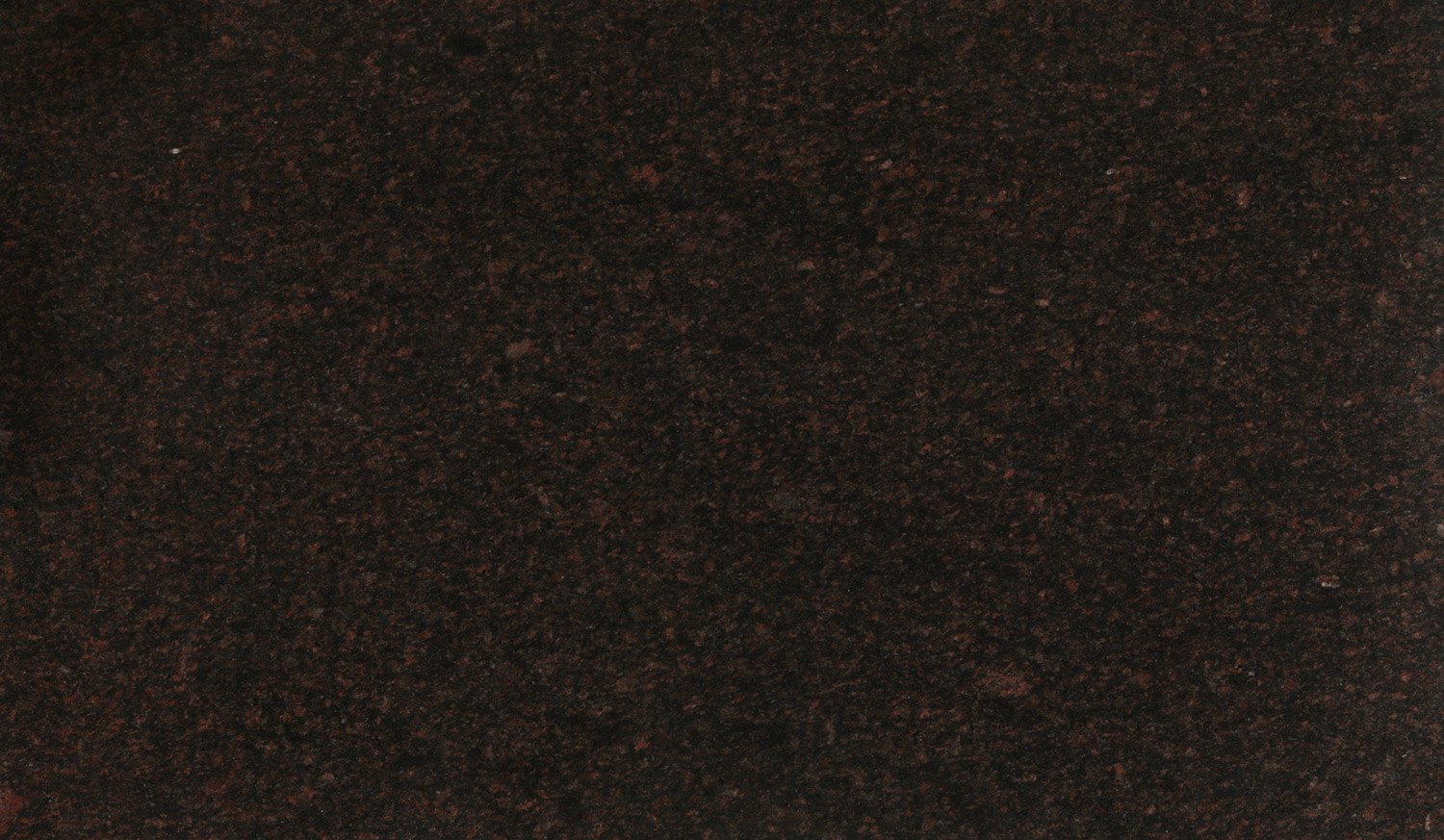
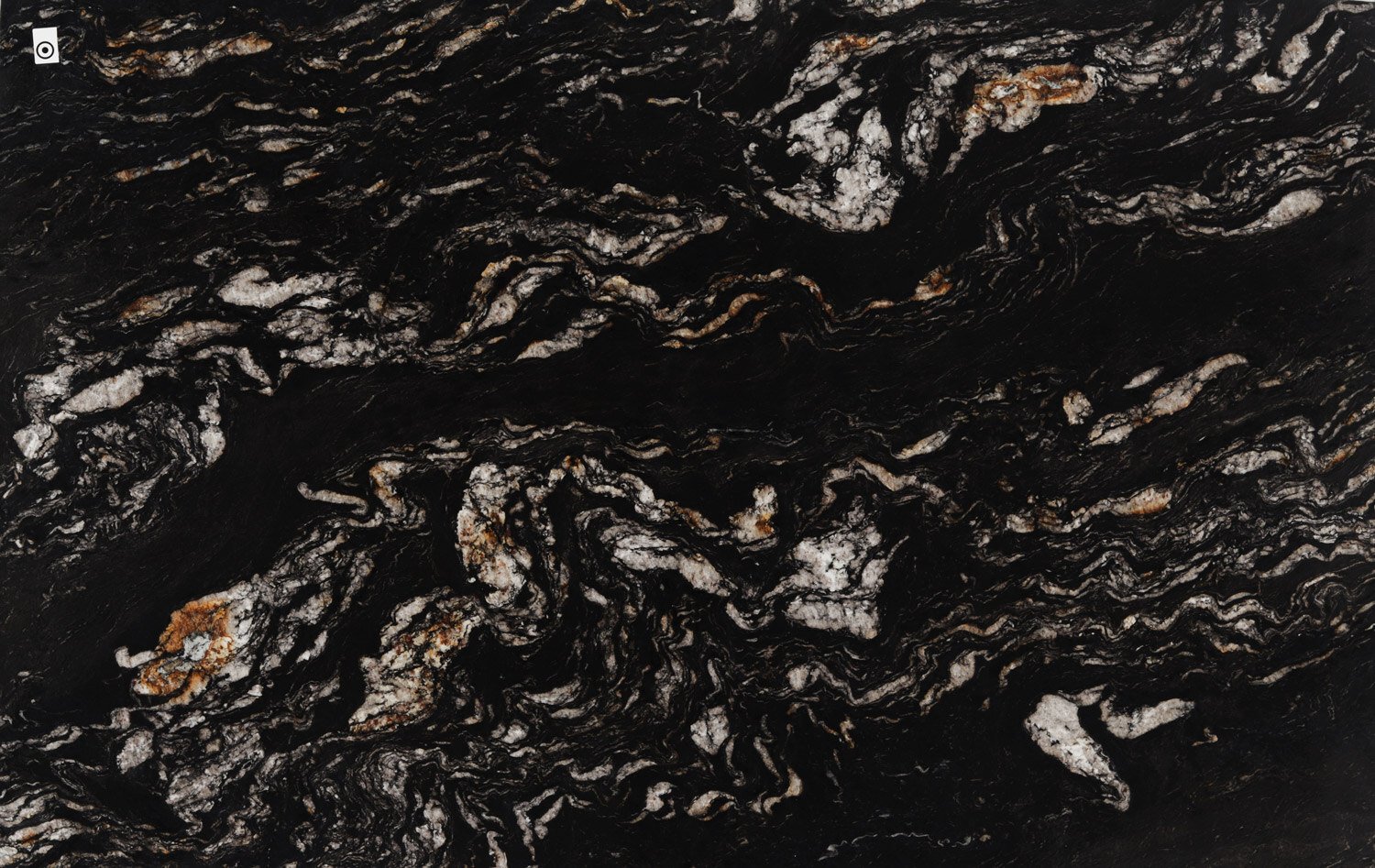
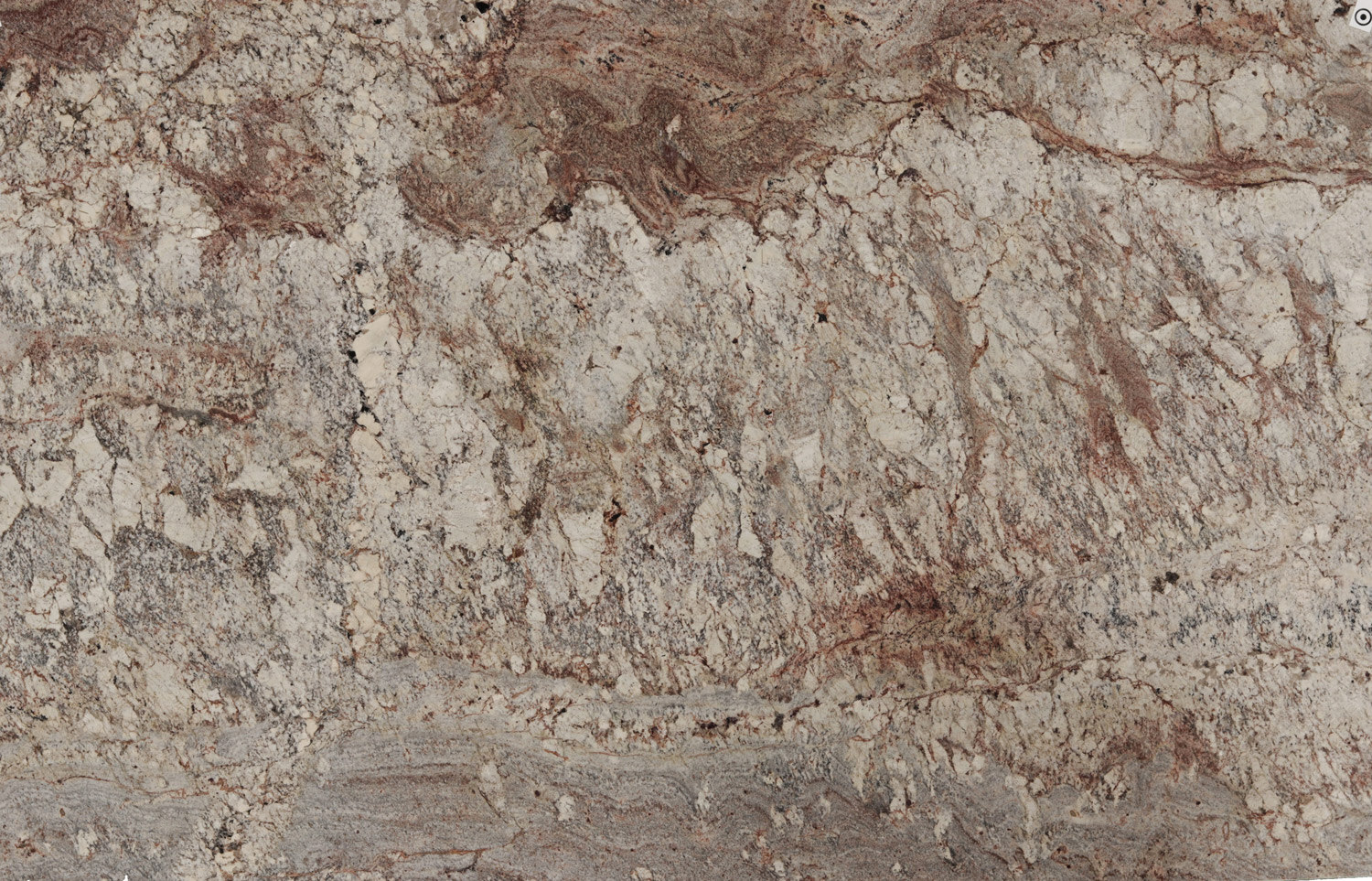
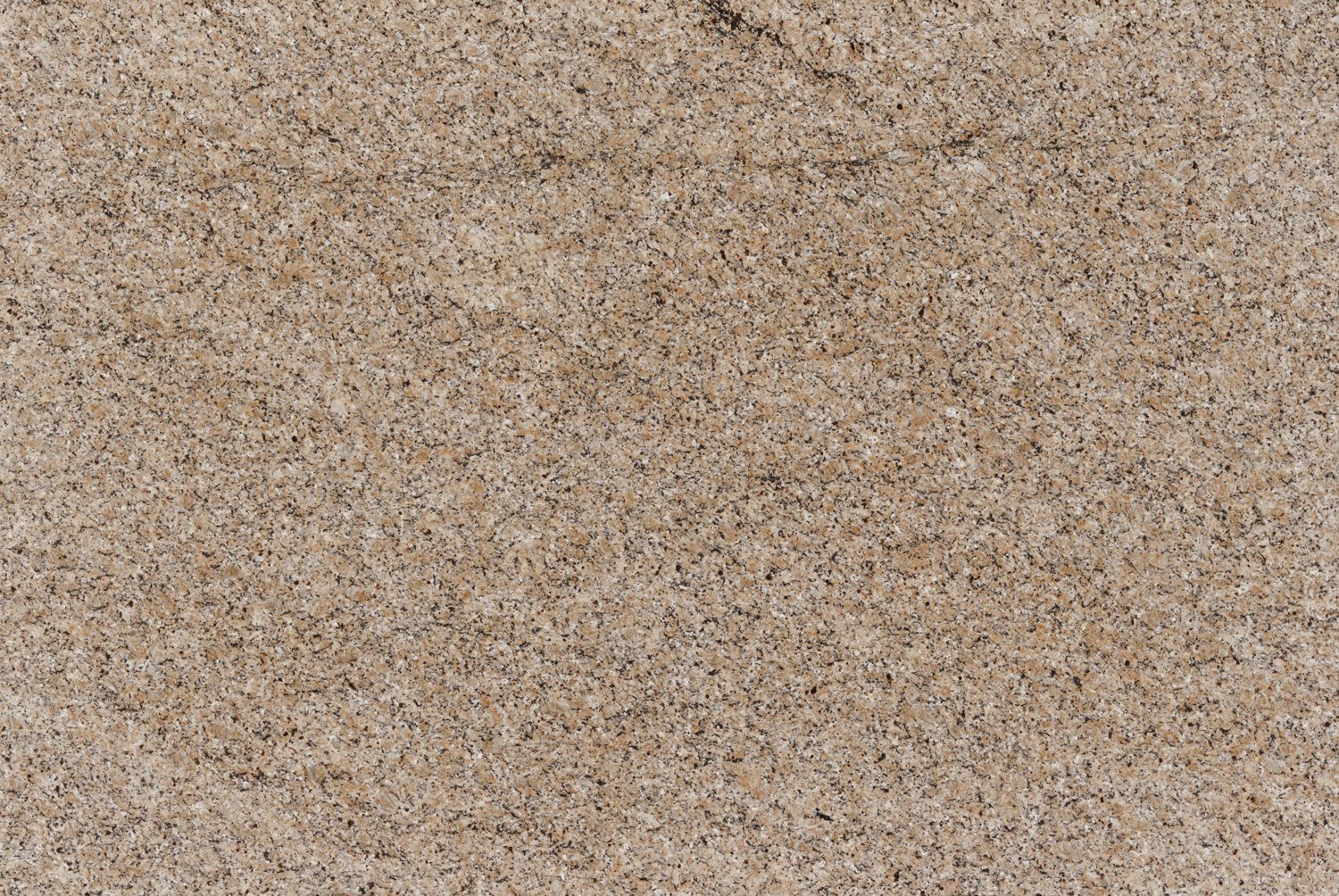
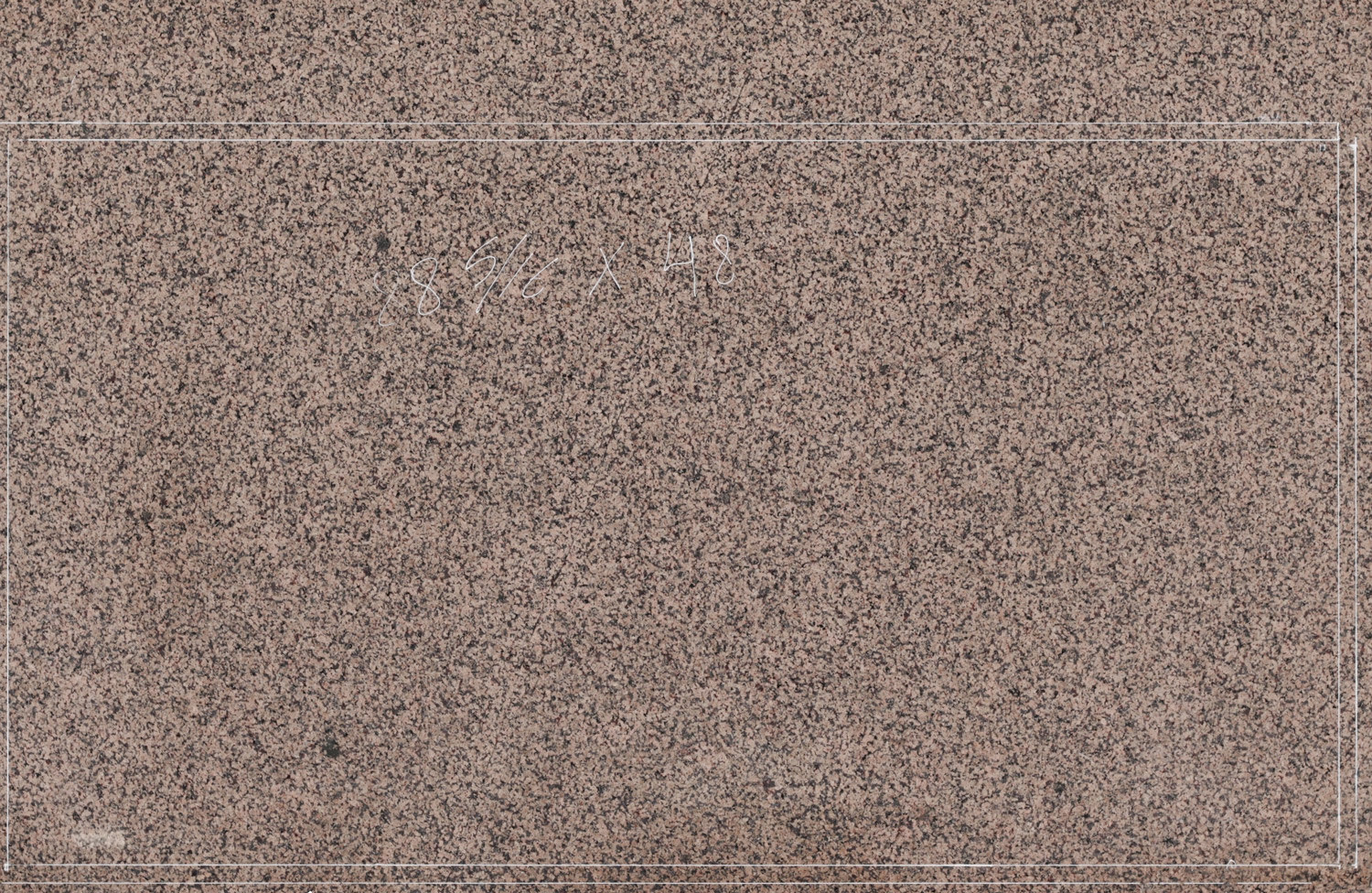
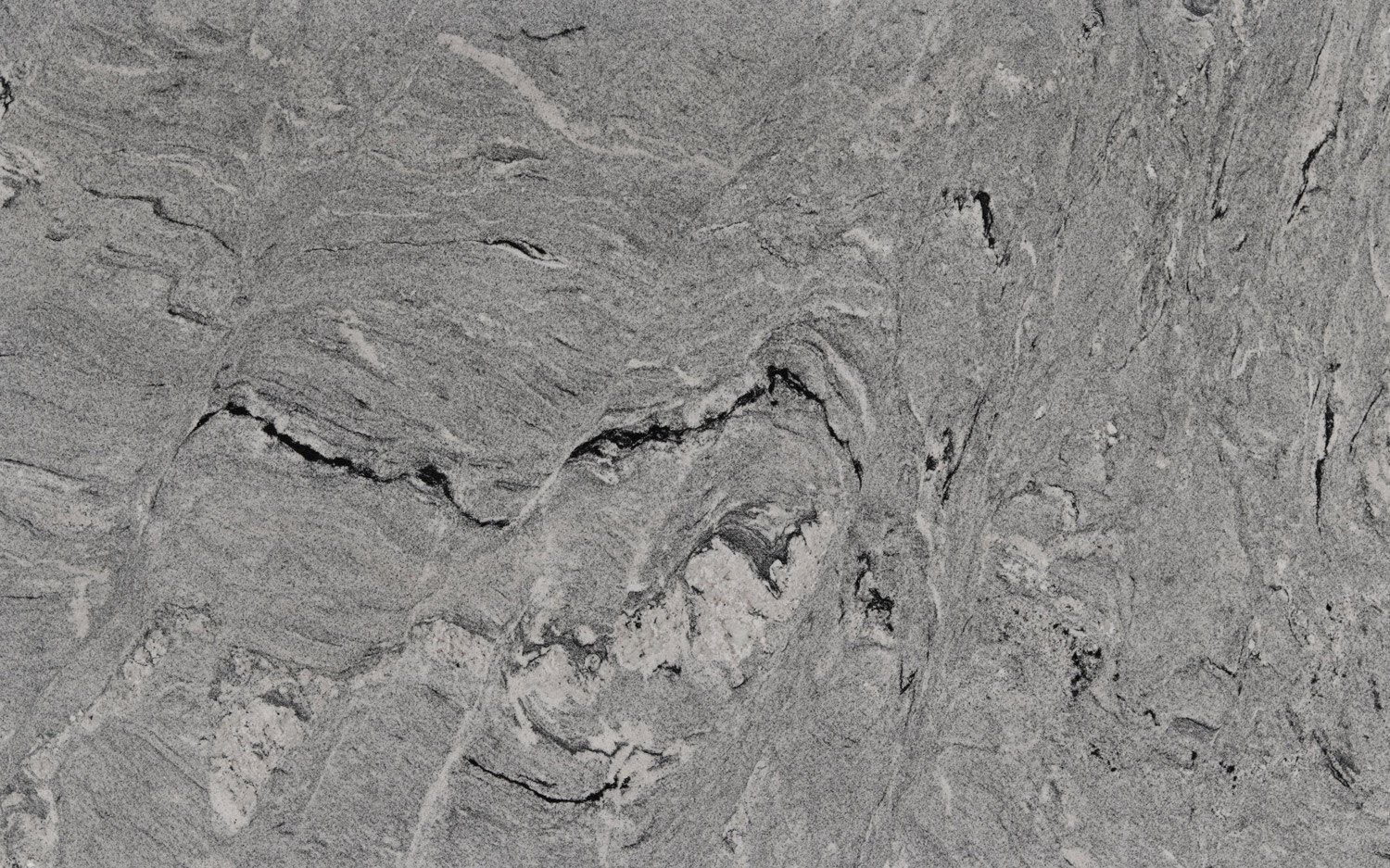


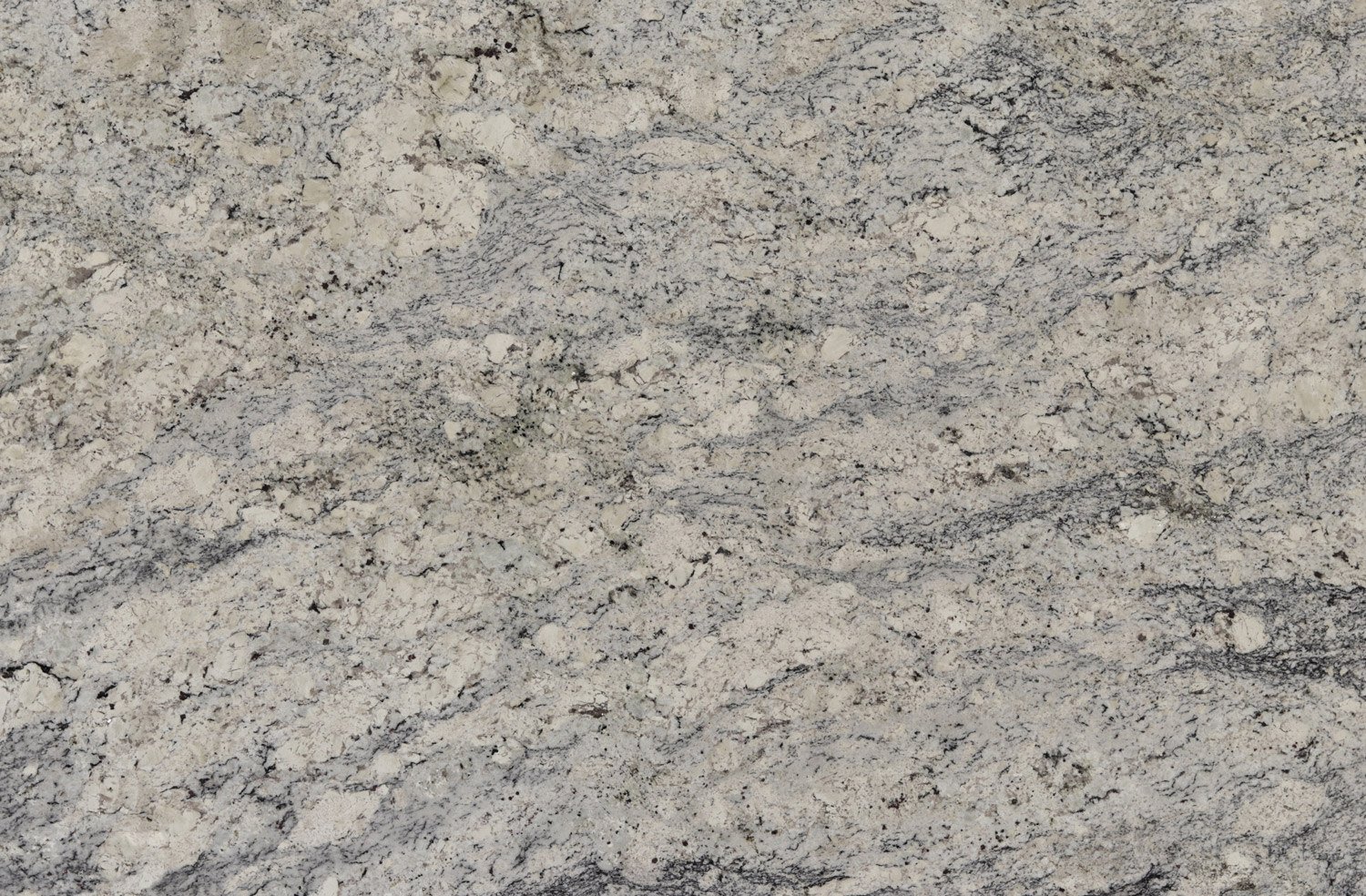
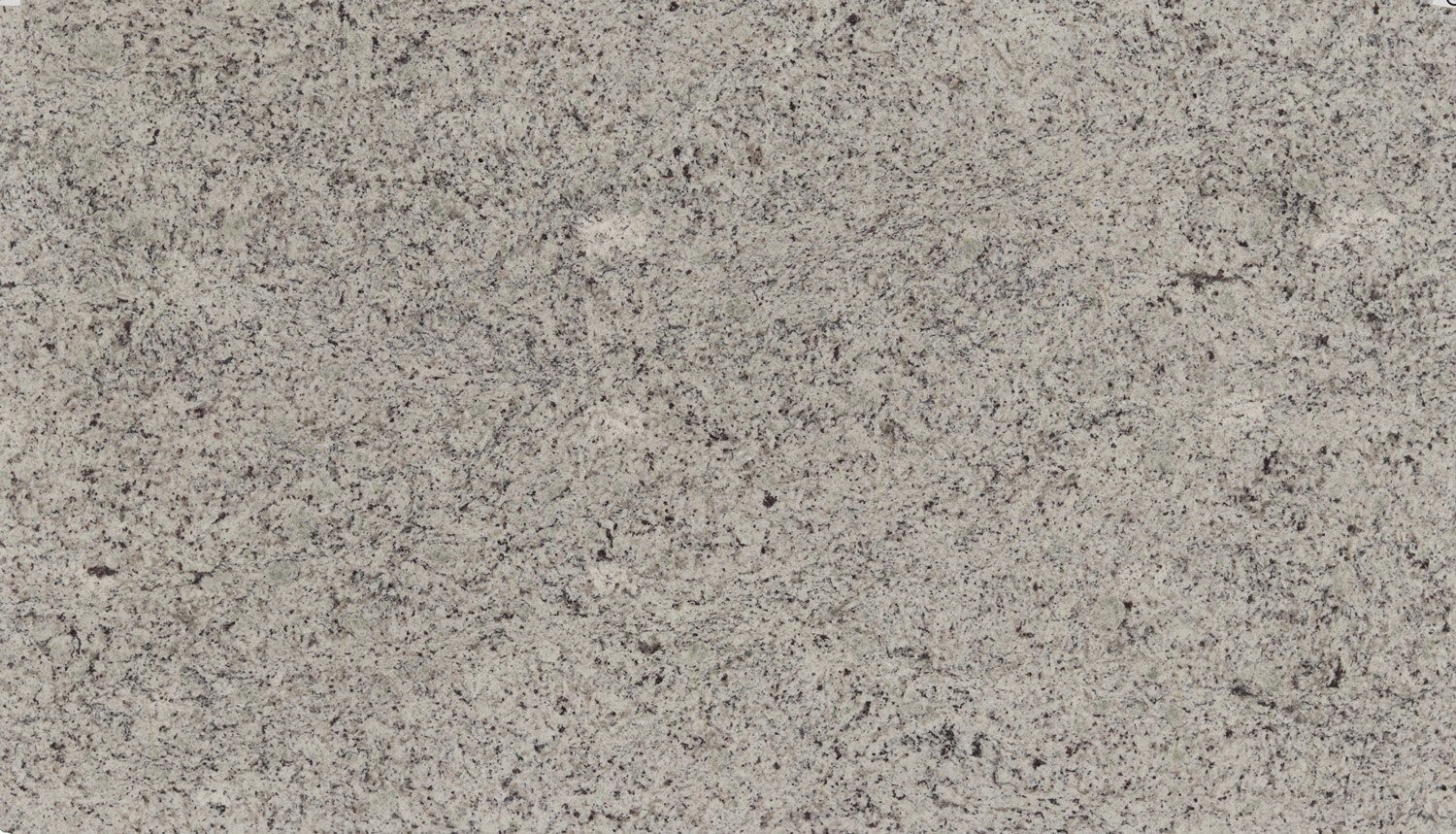
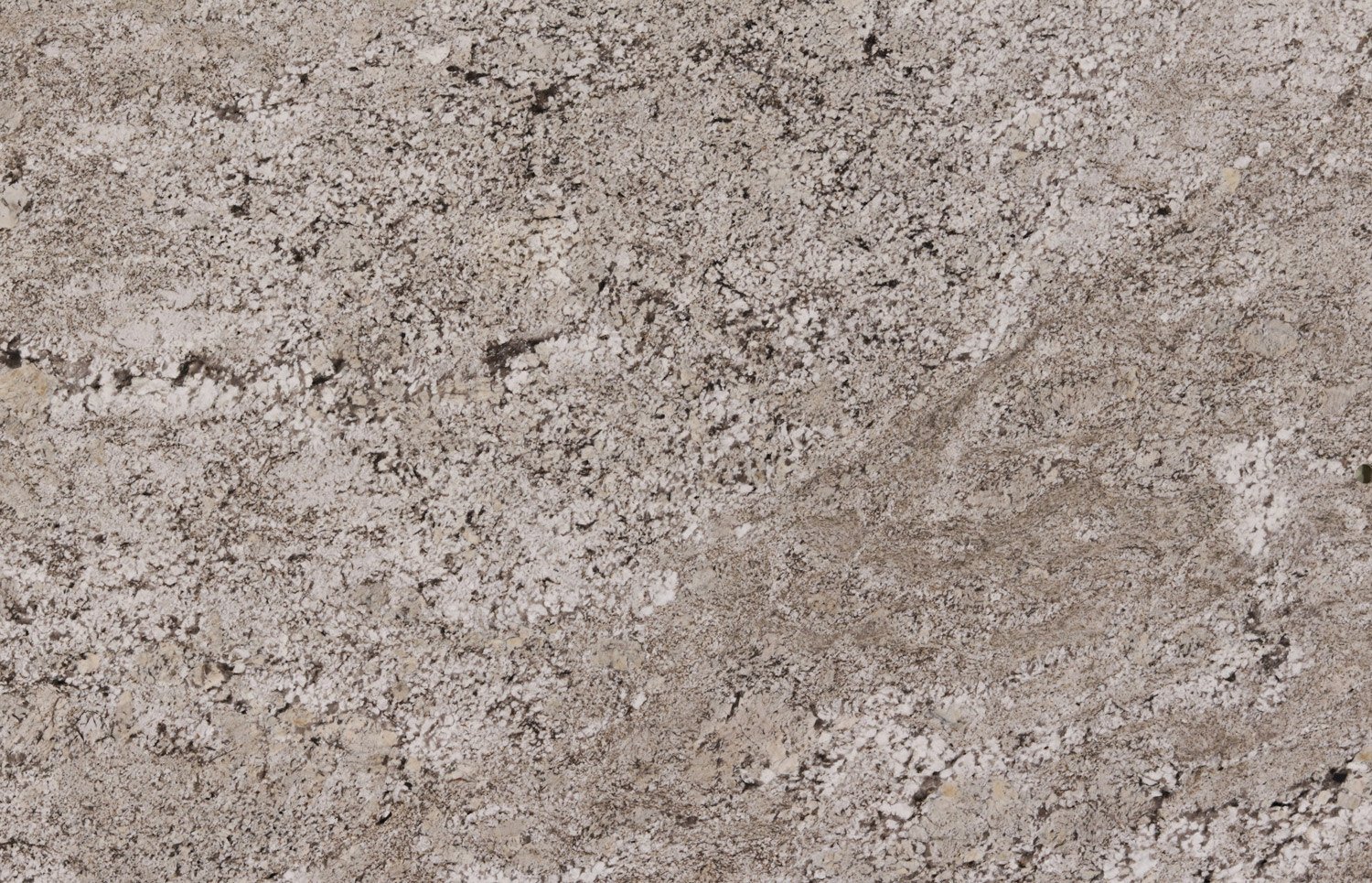
Granite Countertops
(Granite Guy’s Thoughts)
“Granite is a great option for so many surfaces in today’s homes. It has been used for centuries in buildings and structures that need to stand the test of time, because its toughness is unbeatable. It can be used indoors or outside and can be polished, honed or leathered; it’s incredibly versatile. When I first started in the granite business in 1995, granite was practically the only natural stone utilized, and most granite countertops came in just a few basic colors. Now, 30 years later, while we import granite from all over the world in so many colors – the classic New England styles still resonate. Just drive around Boston or other towns in New England, and you’ll see high-rise buildings, monuments and parks featuring Mahogany granite or Milford pink granite.
I love showing granite to my customers, because they’re always amazed by the variety of colors and looks that can be achieved using granite. It comes in purple, black, gray, gold, green, even blue – one of the rarest colors in nature. While durability makes granite a practical choice, it’s the rich colors and patterns that make granite countertops a truly spectacular choice.”
Discover the Classic Beauty and Strength of Granite for Your Home
Granite has long been a favorite material for countertops and other surfaces, beloved for its stunning variety of colors and incredible durability. This guide will delve into the many benefits of granite, its formation, history, sources, and how it compares to other materials. We will also highlight its versatile applications in the home, provide care and maintenance tips, and explore the rich history of granite in New England.

The Key Benefits of Granite
- Durability: Granite is one of the most durable natural stones available, resistant to scratches, heat, and daily wear and tear, ensuring your surfaces remain pristine over time.
- Natural Beauty: With a wide range of colors and patterns, each slab of granite offers endless possibilities to enhance your home’s aesthetic.
- Versatility: Suitable for various applications, granite can be used for kitchen countertops, bathroom vanities, fireplace surrounds, and more, providing a beautiful and functional solution for any room. It is also great for outdoor use.
- Low Maintenance: Granite countertops are easy to maintain with regular cleaning and periodic sealing, ensuring its beauty lasts for years.
- Value Addition: Installing granite countertops can significantly increase the value of your home, making it a wise investment that enhances both beauty and functionality.

Formation of Granite
Granite is an igneous rock formed from the slow crystallization of magma beneath the Earth's surface. This slow cooling process allows large crystals to develop, resulting in the coarse-grained texture characteristic of granite. Composed primarily of quartz, feldspar, and mica, granite’s unique appearance is due to the varying amounts and distribution of these minerals, creating a wide range of colors and patterns.
History of Granite in New England
New England has a rich history with granite, dating back to the 19th century when the region became a hub for granite quarrying. The granite industry in New England was primarily centered in Vermont, New Hampshire, and Maine, where large deposits of high-quality granite were discovered.
Vermont: Vermont is home to the famous Barre Granite, known for its fine grain and light gray color. Barre granite became a preferred material for monuments, buildings, and sculptures due to its uniform texture and ease of carving. The Barre granite quarries are still active today, producing granite for both domestic and international markets.
New Hampshire: Known as the "Granite State," New Hampshire's granite industry thrived in the late 19th and early 20th centuries. The state’s granite was used in notable projects such as the Library of Congress in Washington, D.C., and the New York Public Library. New Hampshire granite is prized for its durability and strength, making it a popular choice for both structural and decorative purposes.
Massachusetts: In Massachusetts, granite quarrying has been an important industry that started way back in the 1820's. There is a history of granite production from Quincy to Westford and up North in Cape Ann. One of the first major granite structures in New England was the Bunker Hill Monument, using 9000 tons of granite from quarries in Quincy.
Maine: Maine's granite industry was centered on the islands off its coast, particularly in the Penobscot Bay area. The granite from these quarries was used in many significant buildings, including the Brooklyn Bridge and the Washington Monument. The island quarries are no longer in operation, but Maine granite remains a symbol of the state’s rich geological heritage.
Granite from New England has been used in various public buildings and institutions, reflecting the region’s historical significance and craftsmanship. The Boston Public Library, the Massachusetts State House, and numerous courthouses and monuments throughout New England showcase the enduring beauty and strength of local granite.
Granite’s unique ties to New England are not just historical but also cultural. The stone has become a symbol of the region’s rugged landscape and enduring spirit. New England granite continues to be a sought-after material for its quality and heritage, making it a cherished part of the area's architectural legacy.
Sources of Granite
.jpg?width=1280&height=960&name=682f62e6-27f3-4c0d-a0da-8d955478f487%20(1).jpg)
Granite is sourced from quarries around the world, each region offering distinct varieties with unique colors and patterns:
Brazil: Known for its vibrant and exotic granites, Brazilian varieties such as "Ubatuba" and "Santa Cecilia" are popular for their rich colors and intricate patterns.India: Indian granite, like "Black Galaxy" and "Kashmir White," is renowned for its striking beauty and durability.
Italy: Italy offers high-quality granites such as "Bianco Sardo" and "Baltic Brown," known for their elegance and fine grain.
China: Chinese granite, including "G682" and "China Black," provides a wide range of affordable and attractive options.
United States: The U.S. has notable granite quarries, particularly in states like Vermont, New Hampshire, and Georgia, producing varieties such as "Barre Gray" and "Georgia White."
Popular Types of Granite
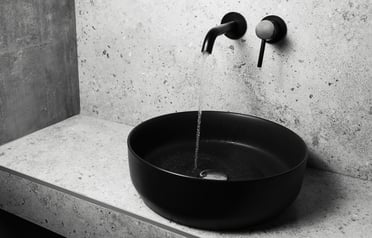
Colonial White:
A sophisticated granite from India featuring a soft white background with gray and black speckles, offering a subtle and elegant look.
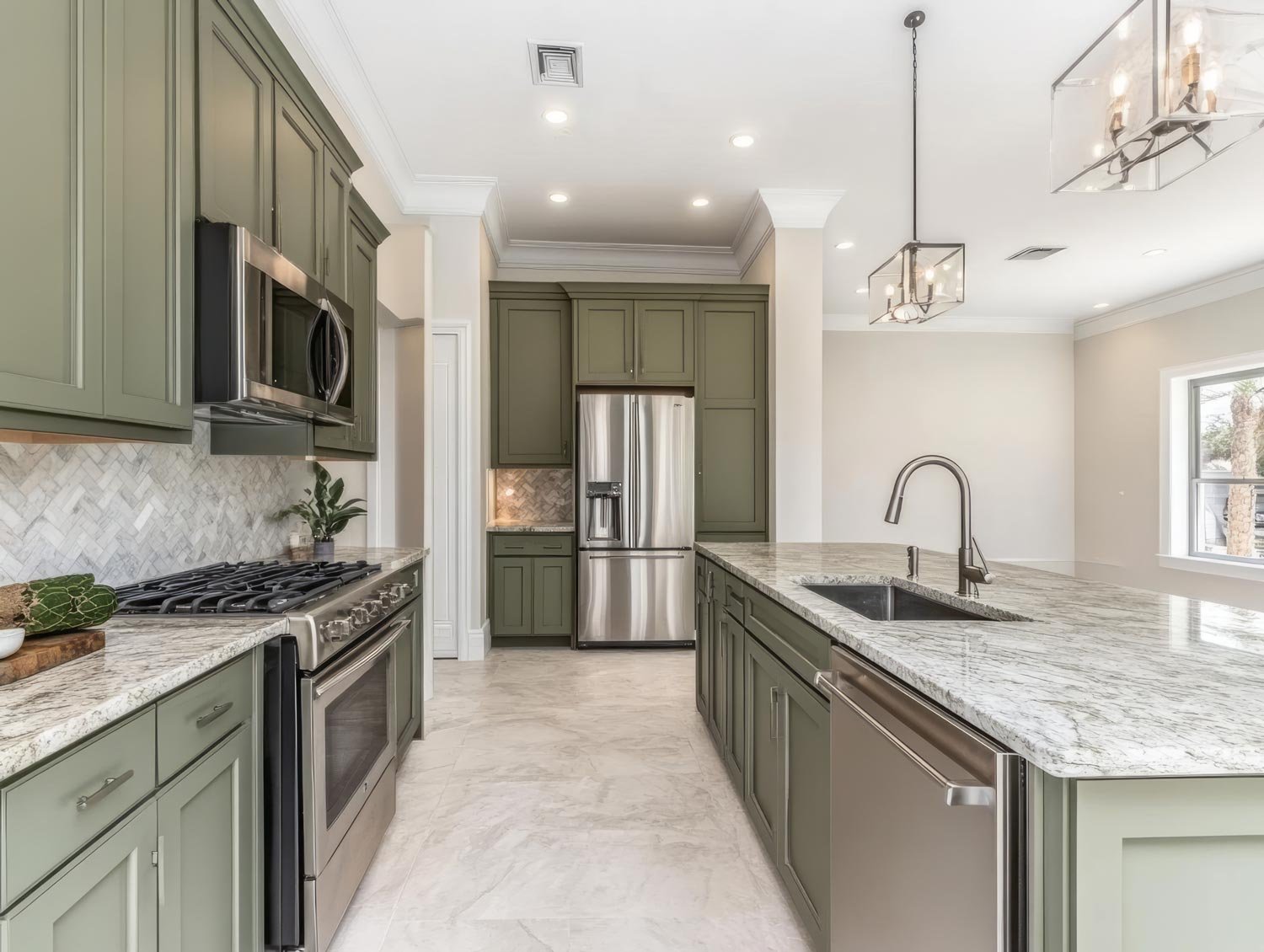
River White:
A striking granite with a creamy white background and flowing gray and burgundy veining, adding movement and character to any space.
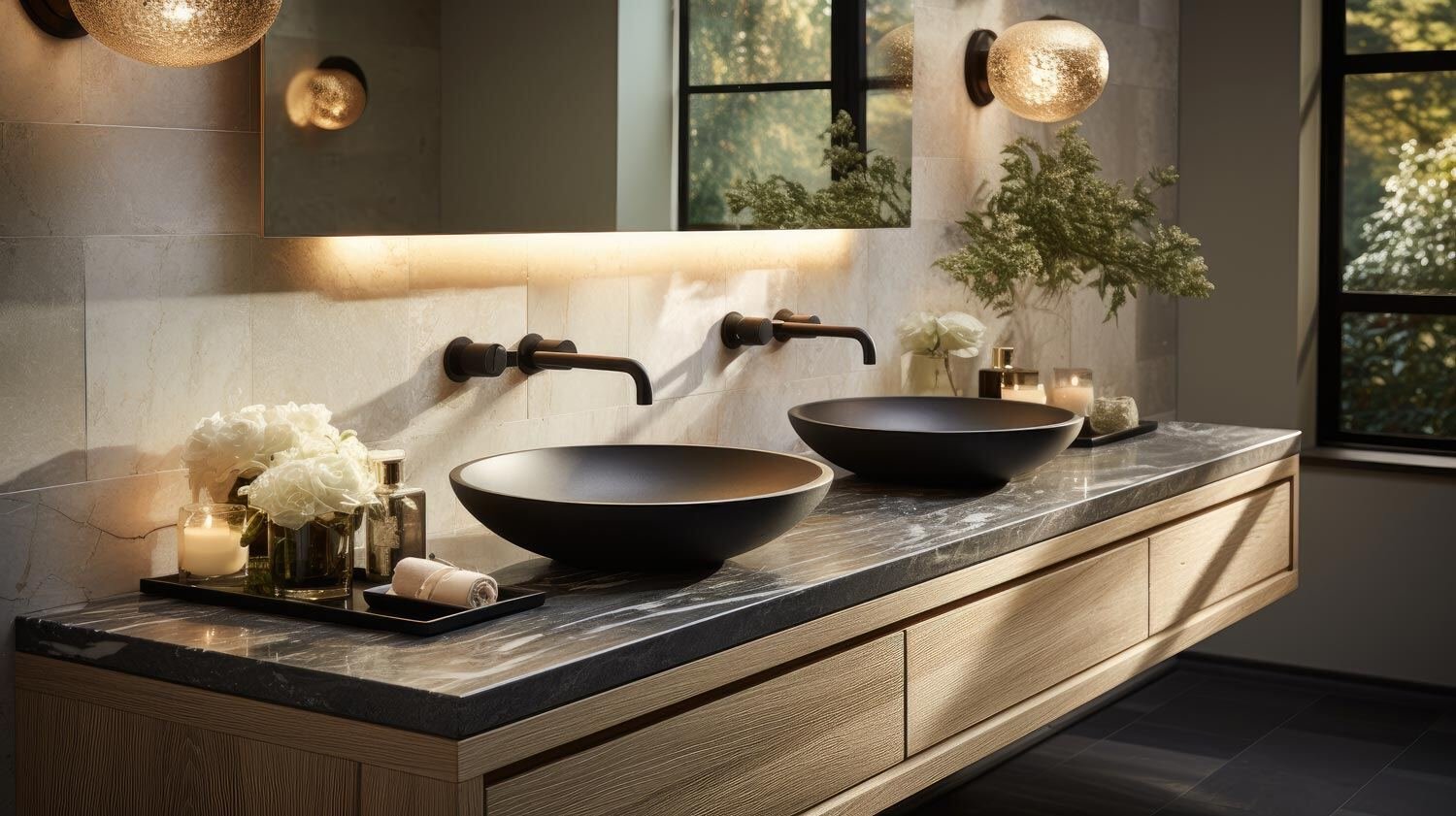
Jet Mist:
A dark gray to black granite from the USA, known for its soft white veining, resembling a soapstone look but with the durability of granite.

Titanium Gold:
A bold and dramatic granite featuring a deep black background with striking gold and white veining, creating a luxurious appearance.
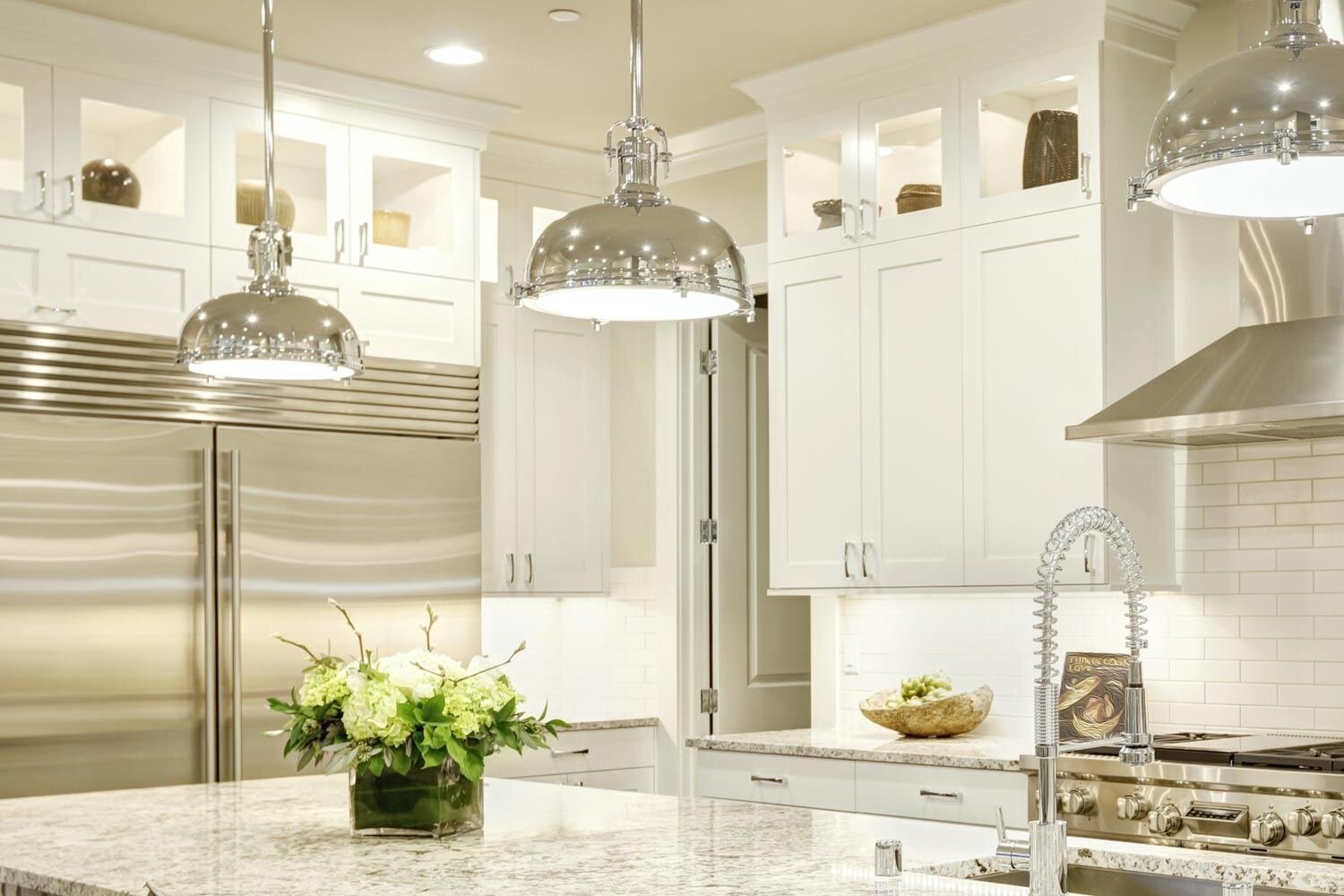
Ornamental White:
A warm and inviting granite with a creamy white base, highlighted by soft gray and beige speckles, making it a versatile choice.
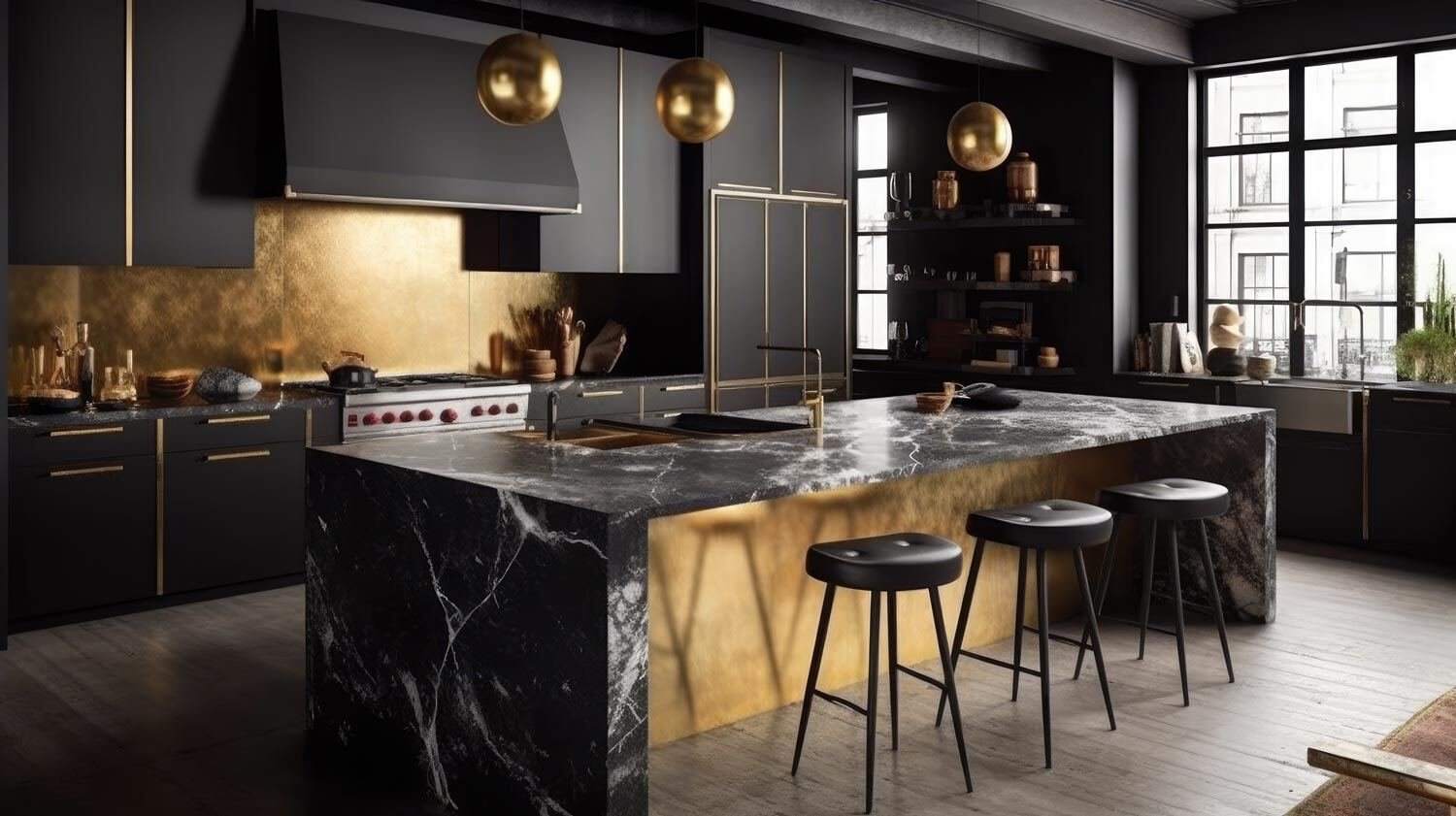
Silver Waves:
A stunning black and gray granite with flowing silver and white veining, giving it a unique and dynamic visual appeal.
Why Granite Is So Popular
Granite’s combination of beauty and strength has driven its popularity. Homeowners and designers appreciate its natural elegance, which adds a touch of luxury to any space. Its resistance to heat and scratches makes it a practical choice for high-use areas, such as kitchens and fireplaces. The overall durability, combined with striking colors, is a big factor in the growing popularity of granite countertops.
Comparisons with Other Materials

Granite vs. Quartzite:
While both are durable natural stones, quartzite is harder and more resistant to scratches than granite. Granite offers a wider range of colors and patterns, while quartzite’s unique crystalline structure provides a distinct, elegant look.

Granite vs. Marble:
Marble is softer and more prone to etching and staining compared to granite. Granite’s durability makes it a better option for high-traffic areas like kitchens, while marble’s timeless beauty is often chosen for bathrooms and less demanding spaces. Marble is prized for its many white or gray varieties; in contrast, granite has very few white options but many more rich, bright colors to choose from.

Granite vs. Engineered Quartz:
Engineered quartz is a man-made material composed of crushed quartz bound with resin. It is non-porous and requires less maintenance than natural granite. However, granite’s natural beauty and unique patterns offer a level of sophistication that engineered quartz cannot replicate. Granite can also be used for fireplaces and outdoor kitchens, while quartz typically is not used for those types of projects.

Granite vs. Soapstone:
Soapstone is a softer, non-porous natural stone known for its smooth feel and heat resistance. It darkens over time and can develop a patina. While soapstone is easy to maintain and repair, it is more prone to scratches and dents compared to granite. Granite offers more color and pattern variety and greater durability. With proper maintenance, granite will look the same year after year, while soapstone will tend to age and look worn.

Granite vs. Onyx:
Onyx is a striking, translucent stone often used for decorative purposes. It is softer and more brittle than granite, making it less suitable for high-use surfaces. Onyx requires more careful maintenance and is more prone to scratching and etching. Granite provides a more practical and durable option while still offering stunning natural beauty.
Granite Countertops: Cost Comparison vs. Other Options
Granite countertops are generally more affordable on average than materials like marble, quartzite, onyx, and even soapstone. However, pricing varies across all materials because each one has both high-end and budget-friendly options. For example, while some marble or quartzite slabs can be extremely expensive, others are more affordable, depending on factors like rarity and demand.
A major factor influencing price is supply and demand, not necessarily quality. Certain colors and patterns in any material—whether granite, marble, or quartz—can be priced lower simply because they are less popular, not because they are inferior. This means that while granite tends to be a more cost-effective choice overall, specific colors or patterns may still vary widely in price.
Ultimately, the best choice depends on personal preference, availability, and budget, rather than just the material itself.
Applications in the Household
Granite is versatile and can be used in various applications around the home:
- Kitchen Countertops: Granite’s durability and resistance to heat and scratches make it an excellent choice for kitchen countertops. It provides a stunning, high-end look that can elevate the overall aesthetic of the kitchen.
- Bathroom Vanities: Granite’s natural beauty and resistance to moisture make it ideal for bathroom vanities. It adds a luxurious feel while standing up to daily use.
- Fireplace Surrounds: The unique patterns and colors of granite create striking fireplace surrounds that serve as focal points in living spaces.
- Backsplashes and Walls: Granite’s aesthetic appeal makes it a popular choice for backsplashes and accent walls, adding texture and visual interest to any room.
- Outdoor Kitchens: Granite’s extreme durability makes it an excellent choice for many kinds of outdoor projects, including kitchens.
Care and Maintenance of Granite Countertops
Maintaining granite countertops involves regular cleaning and sealing to preserve their beauty and functionality:
- Cleaning: Use a mild dish soap and warm water for daily cleaning. Avoid abrasive cleaners and harsh chemicals that could damage the surface.
- Sealing: Granite is porous and should be sealed to prevent staining. Depending on the level of use, sealing should be done annually or biannually. A high-quality stone sealer will help protect the surface and maintain its appearance.
- Preventive Measures: Use trivets or hot pads for hot cookware, and cutting boards for food preparation to avoid potential damage. Clean up spills promptly to prevent staining.
Pros and Cons of Using Granite for a Kitchen Countertop
Pros
- Durability: Granite is highly durable and resistant to scratches, heat, and stains, making it ideal for high-traffic kitchen areas.
- Aesthetic Variety: Granite offers a wide range of colors and patterns, ensuring that each countertop is unique.
- UV Resistance: Granite’s resistance to UV radiation means It won’t fade or discolor when exposed to sunlight.
- Low Maintenance: Granite is relatively easy to maintain with regular sealing and simple cleaning routines.
- Natural Beauty: The natural patterns and colors of granite add a luxurious and sophisticated touch to any kitchen.
Cons
- Limited in Whites: True white granite is rare, but we offer beautiful off-white hues that are trendy and elegant.
- Seams: In larger installations, seams may be visible, which can affect the uniform appearance of the countertop.
- Porosity: Granite is porous and requires periodic sealing to prevent staining.
Transform Your Home with Granite
Granite is a remarkable natural stone that combines aesthetic appeal with exceptional durability. Its wide range of colors and patterns can enhance any home interior. Whether you’re looking to upgrade your kitchen countertops, bathroom vanities, or fireplace surrounds, granite offers a perfect blend of beauty and practicality.
Ready to transform your home with the classic beauty of granite? Contact us today to explore our wide selection of granite options and start creating the home of your dreams.






